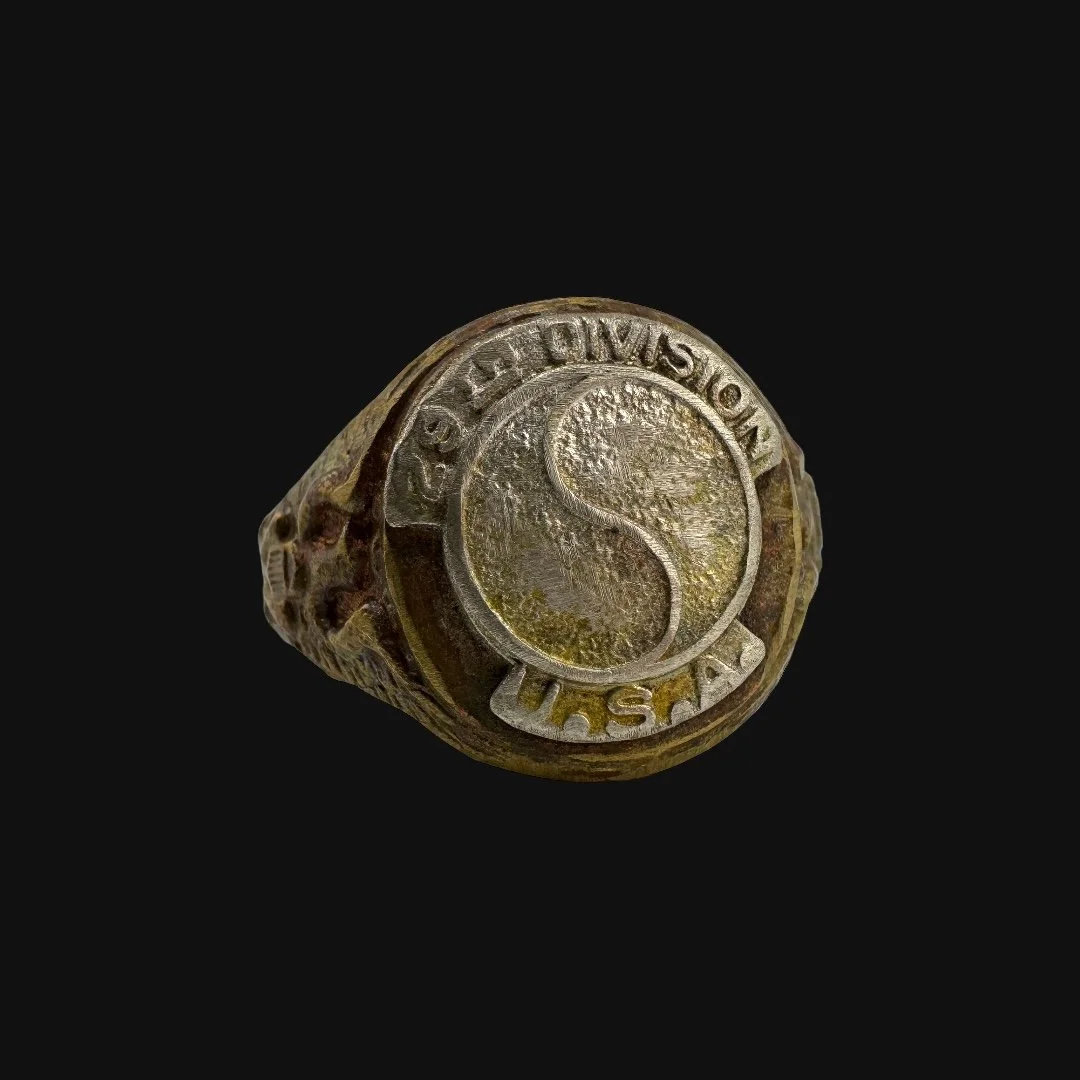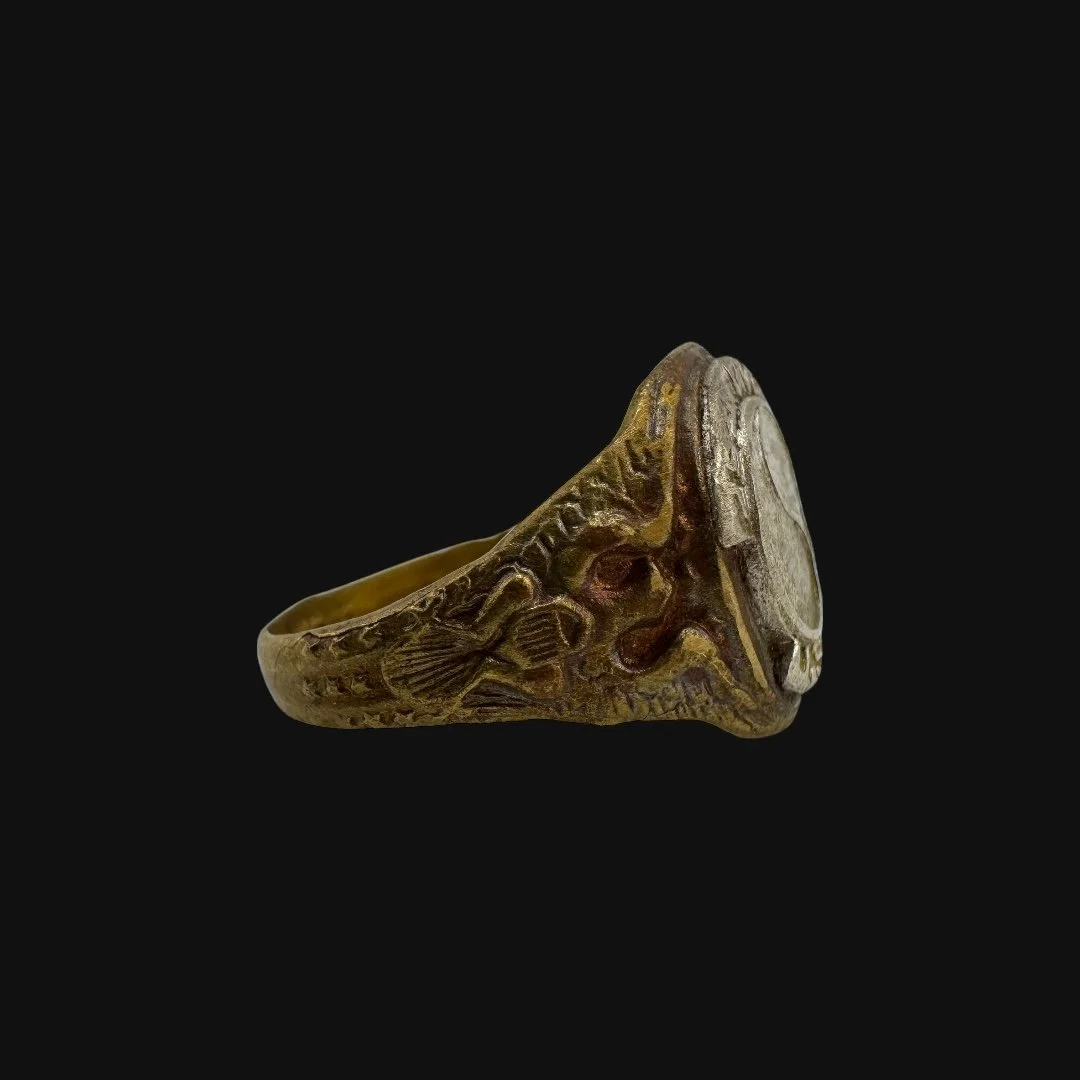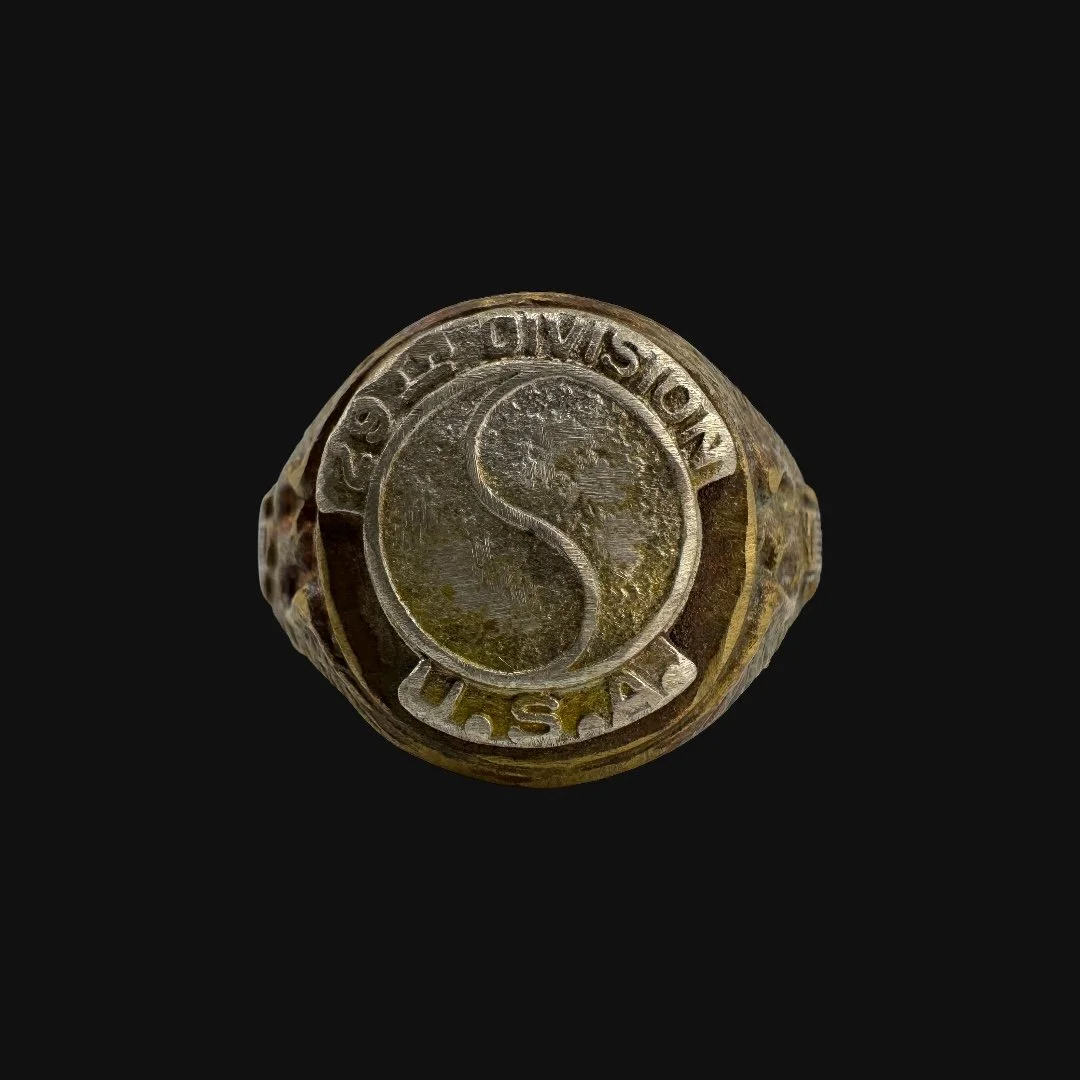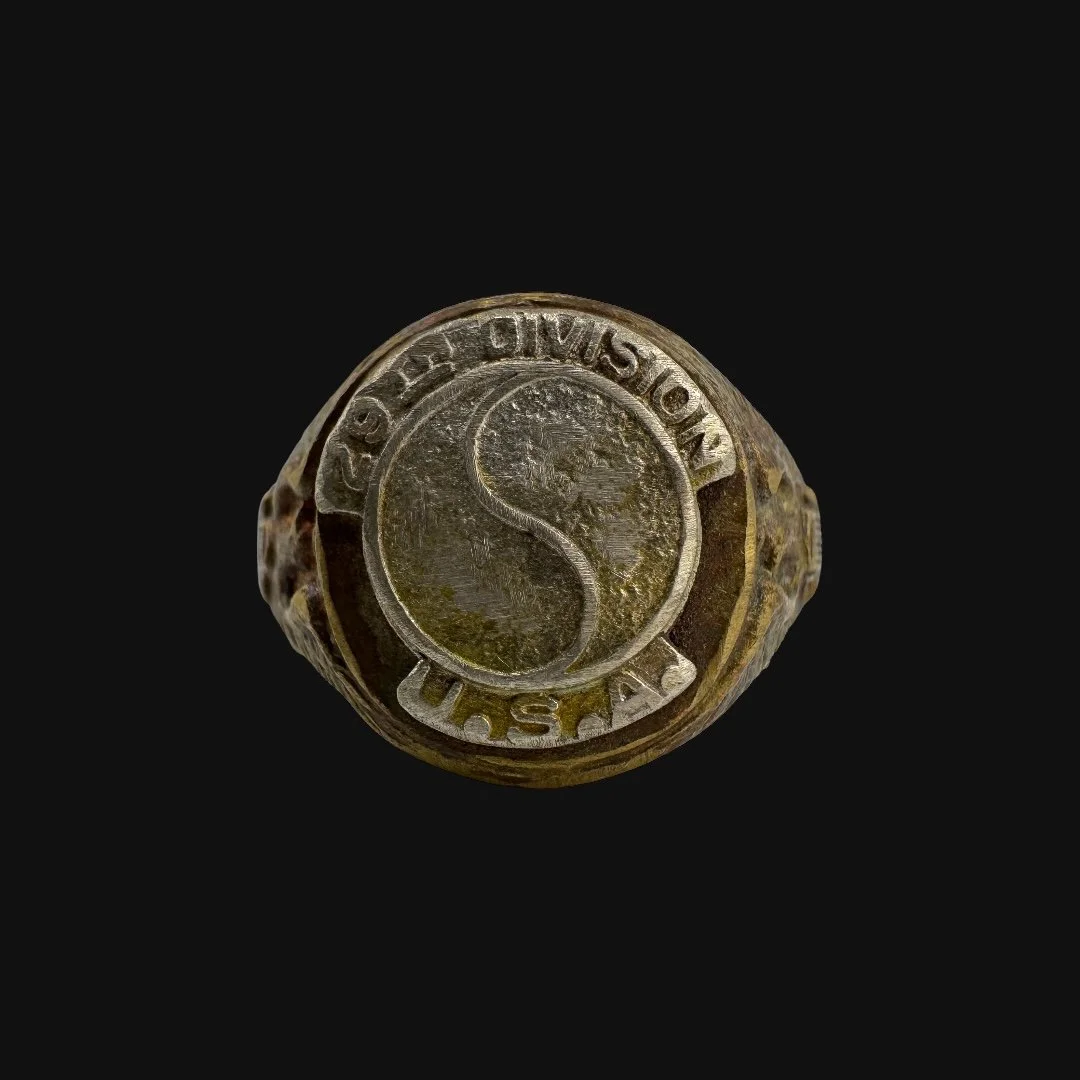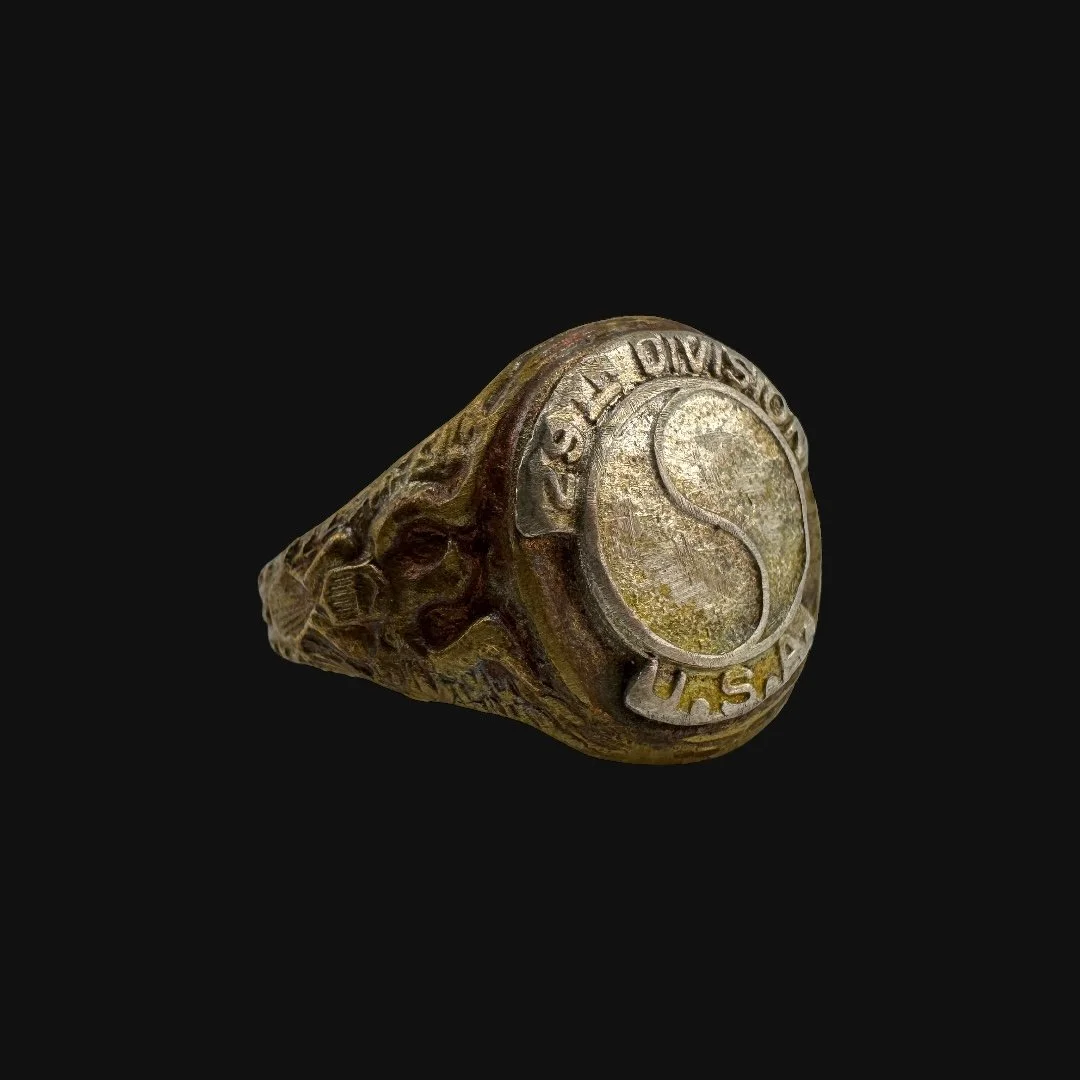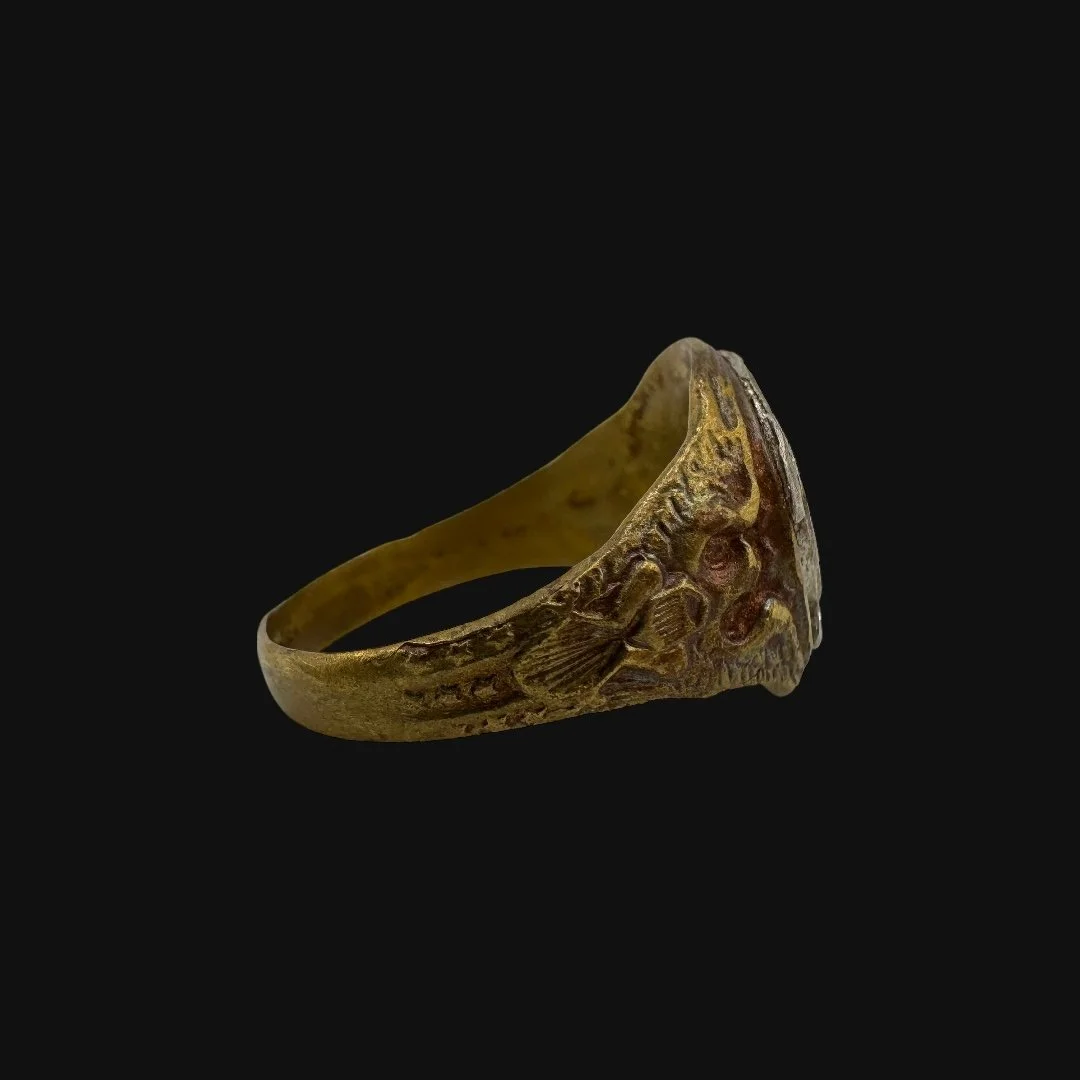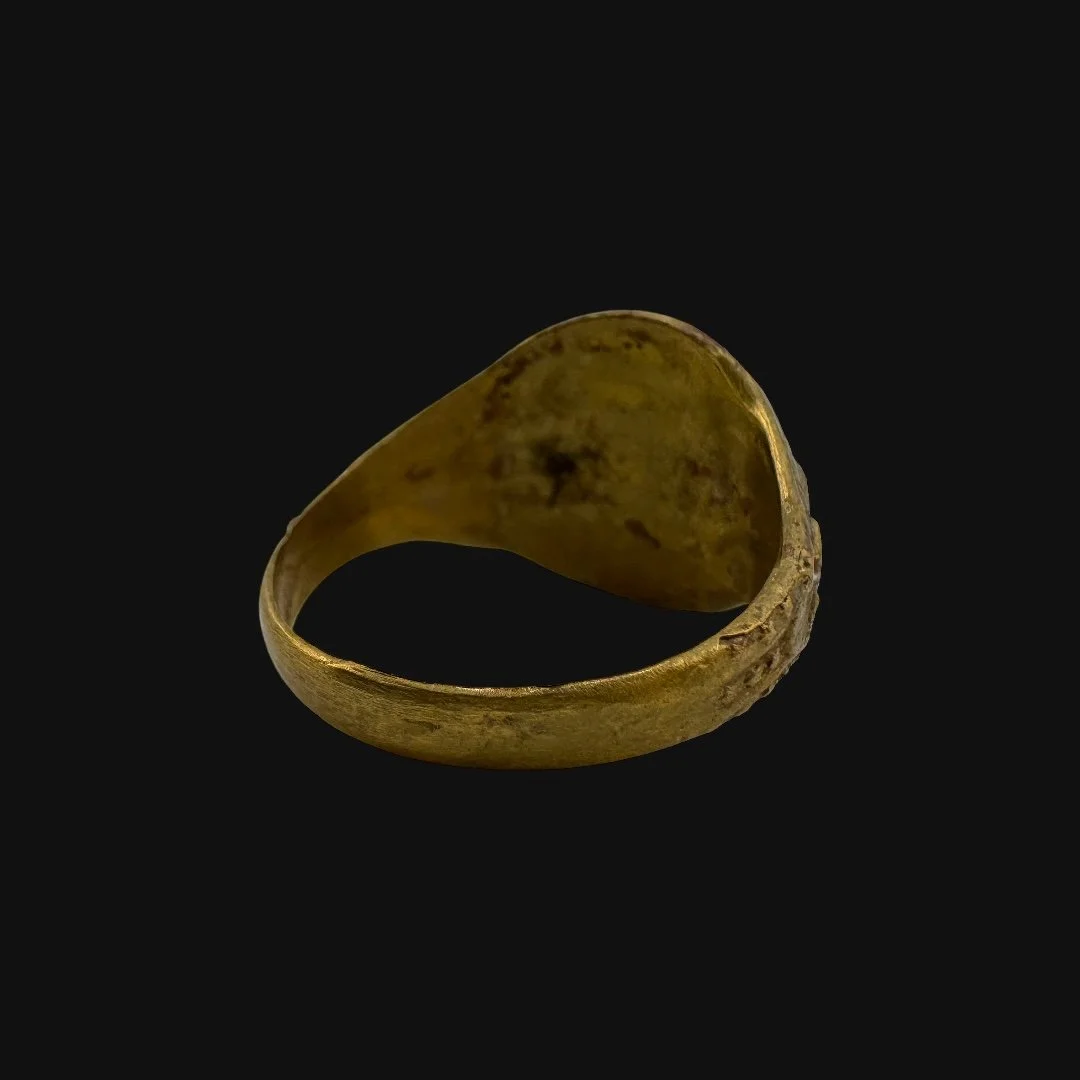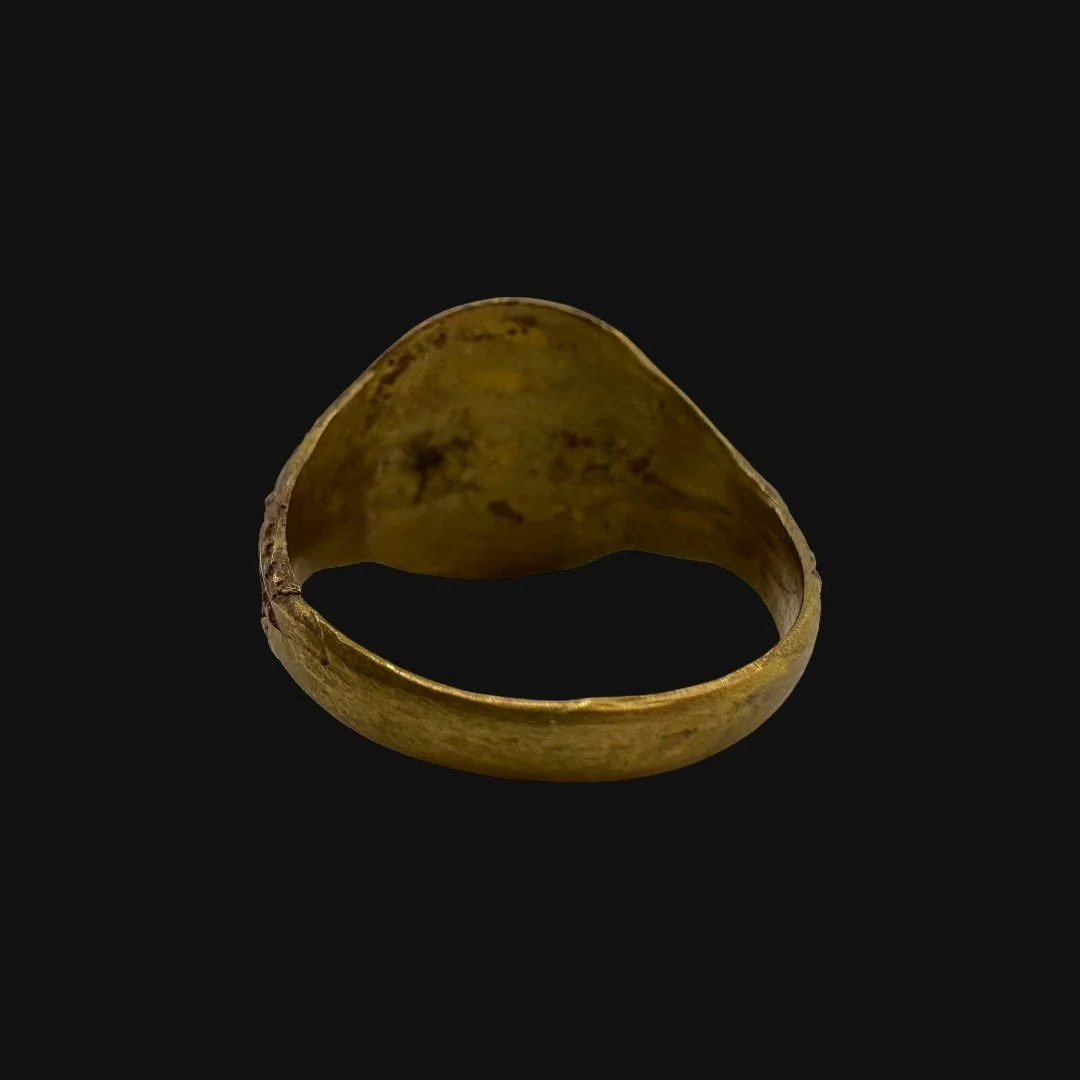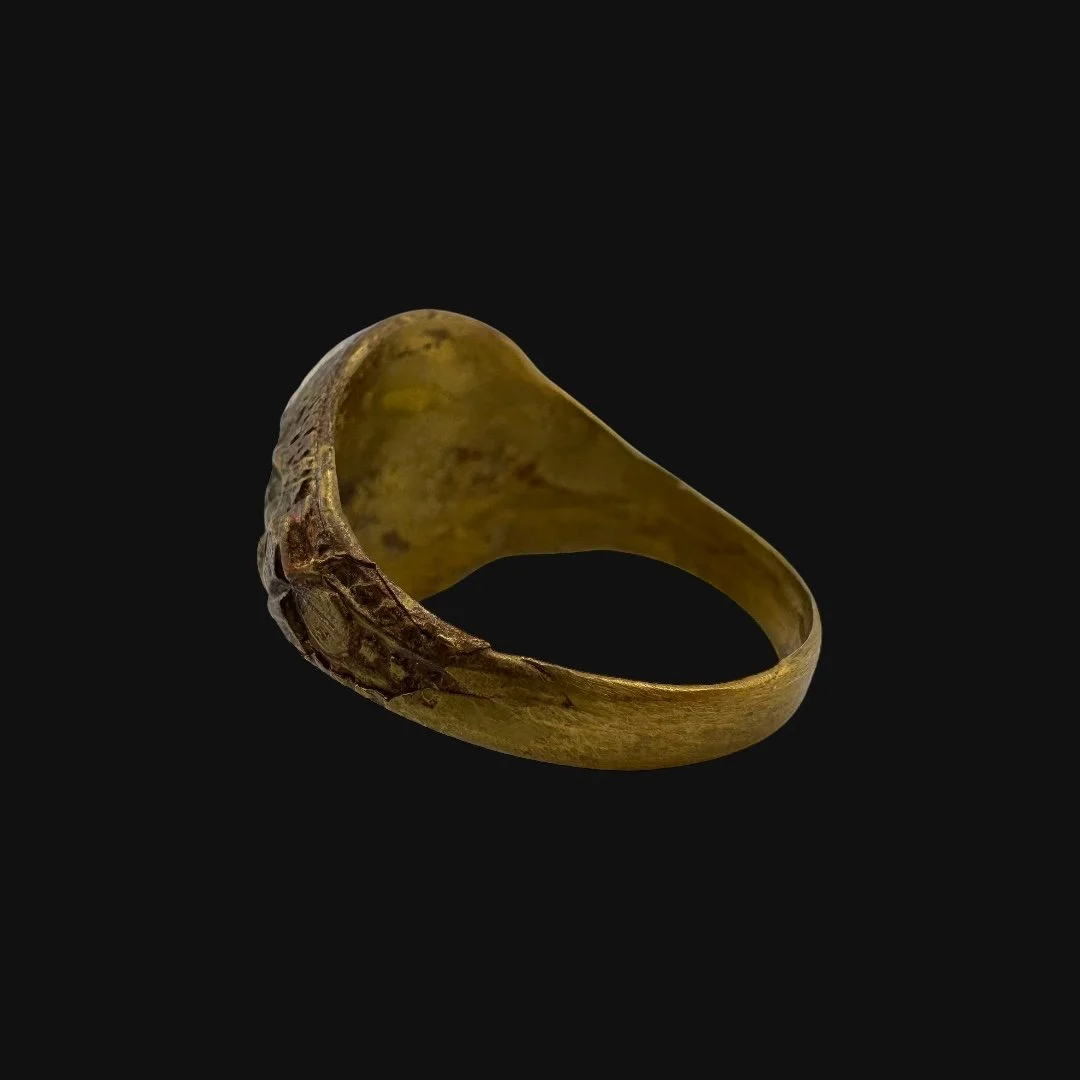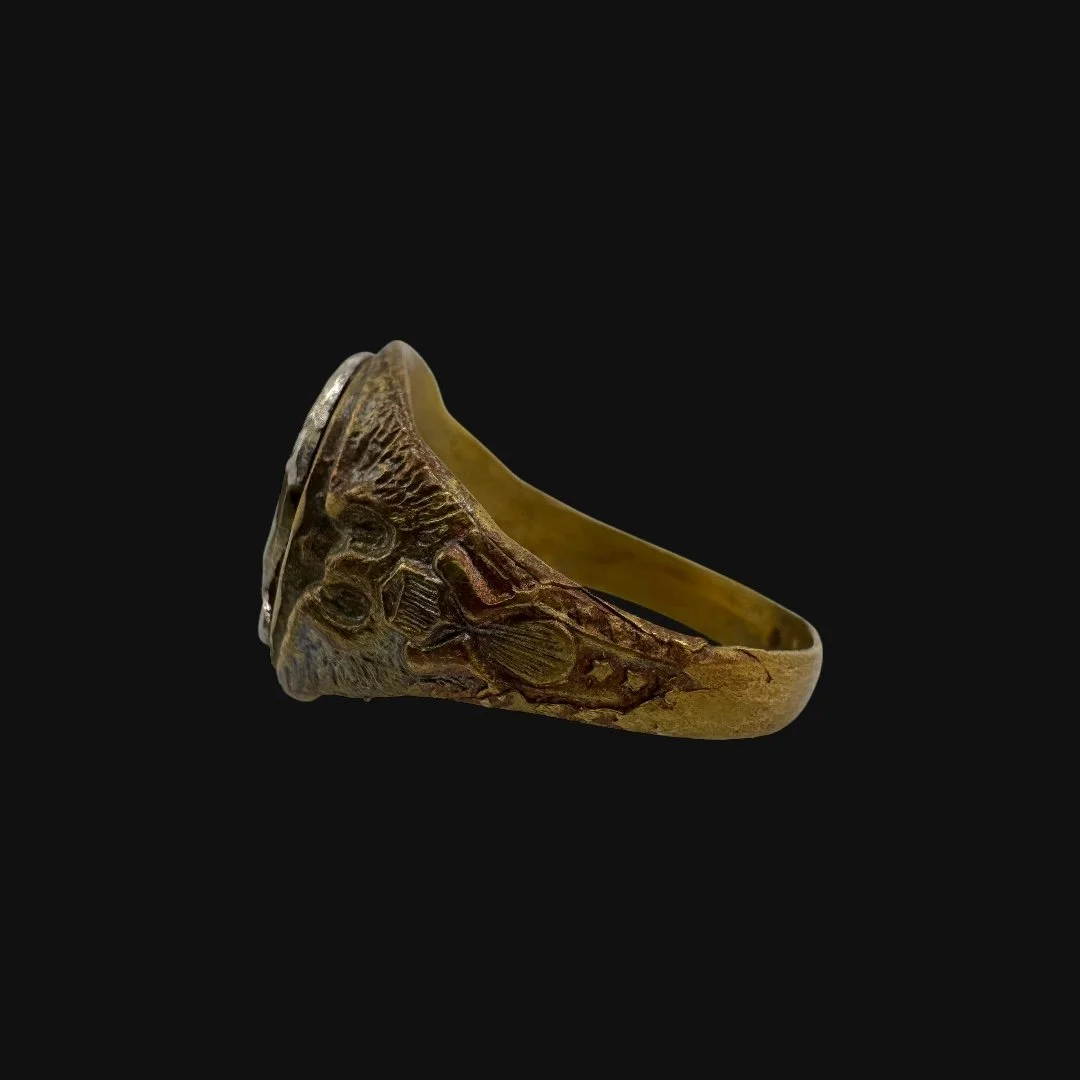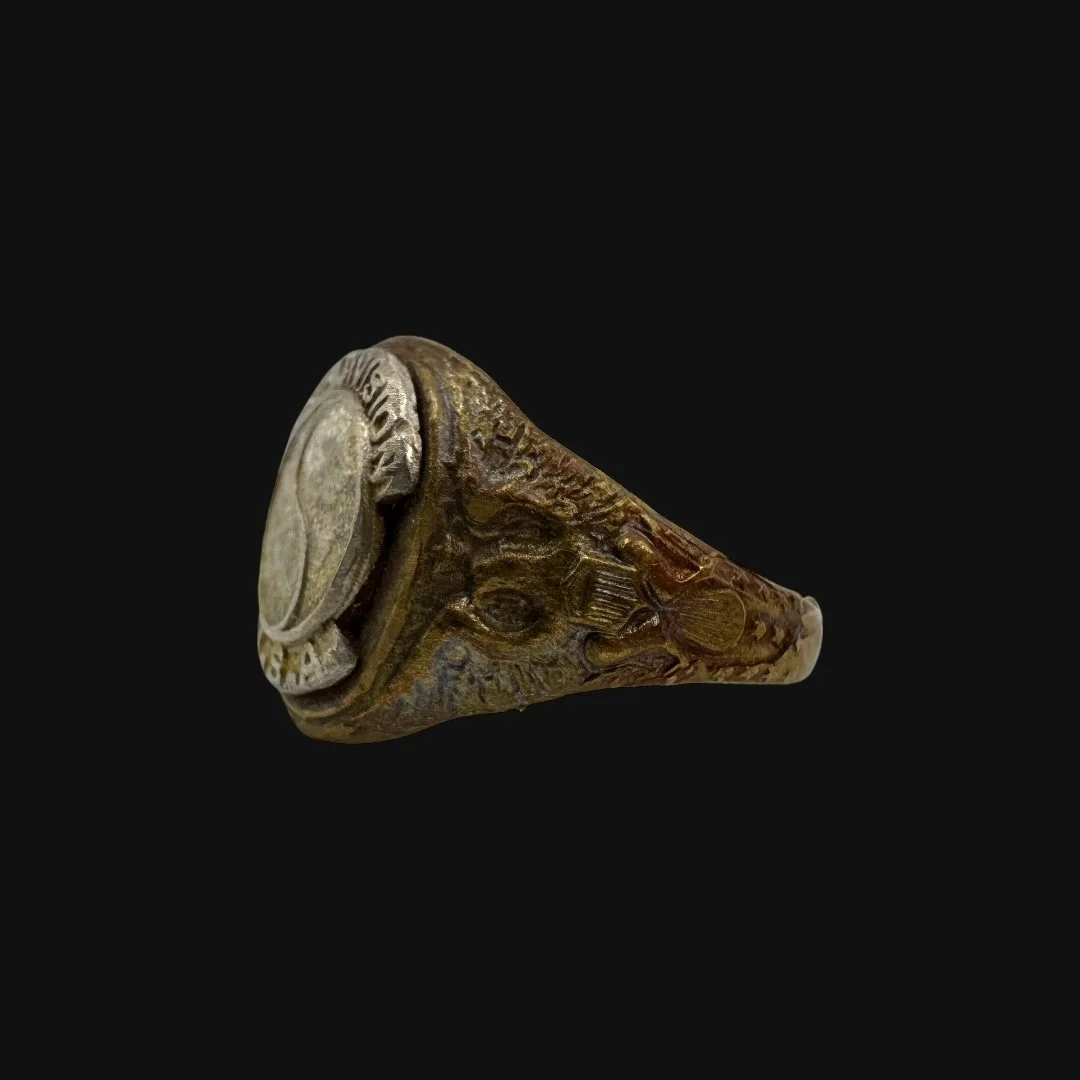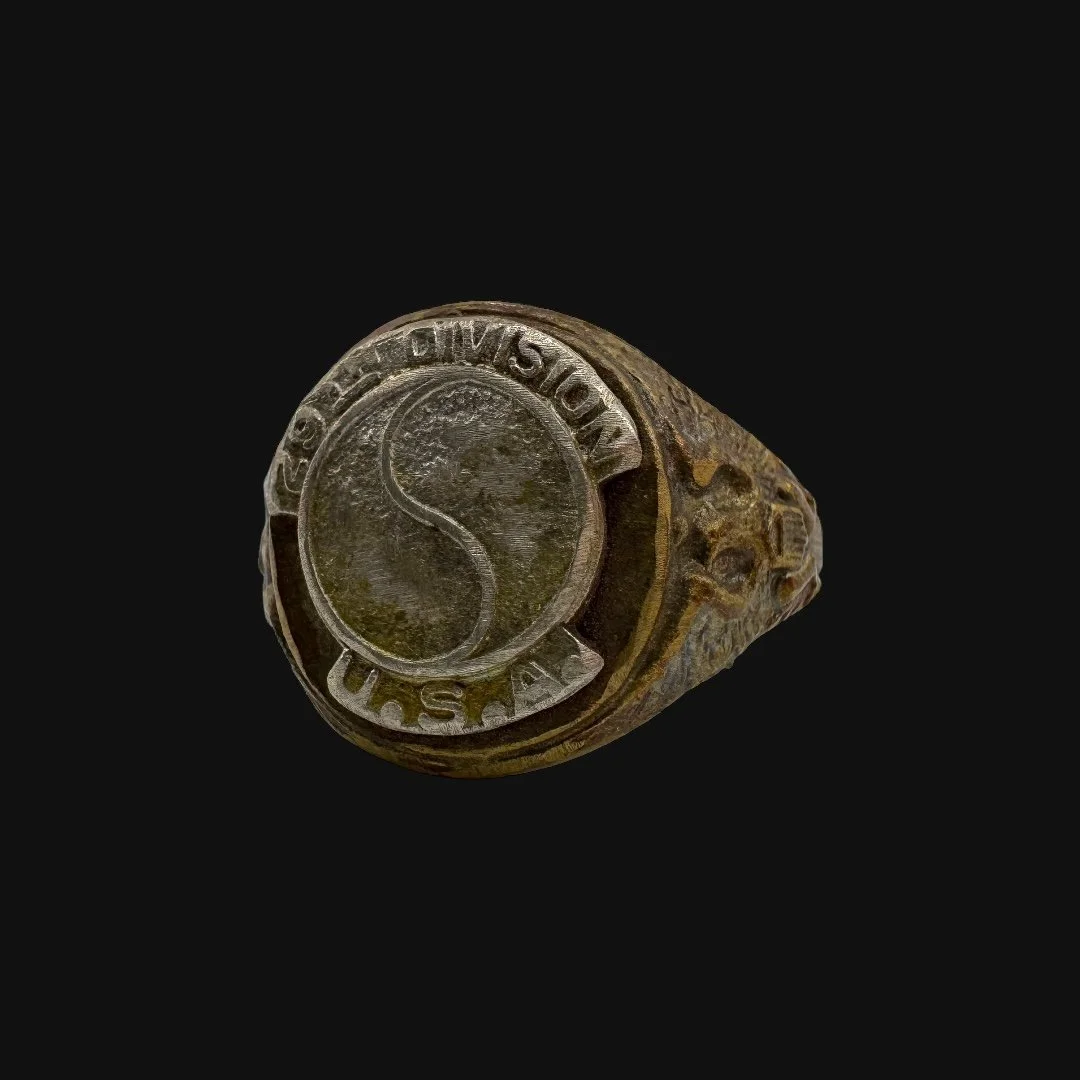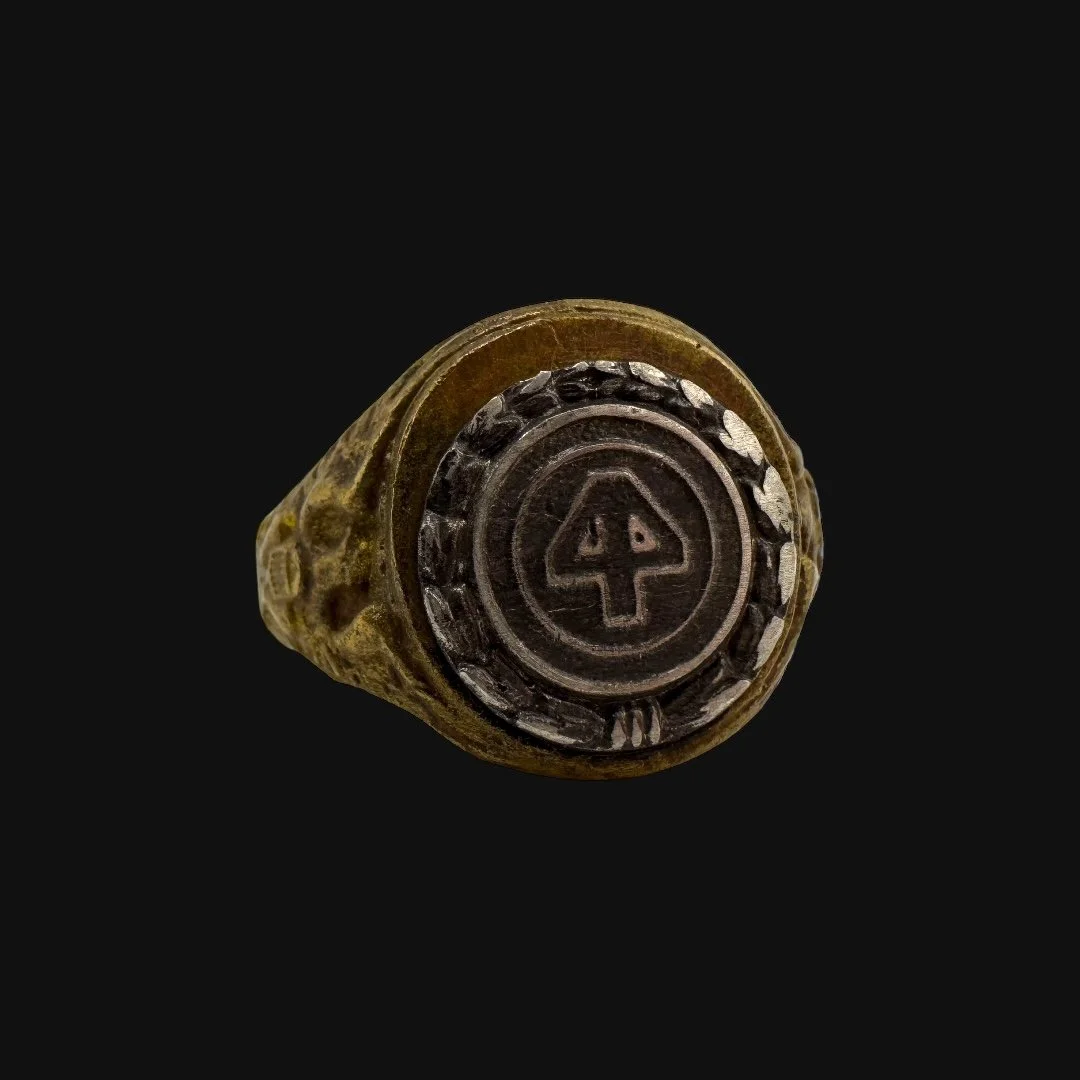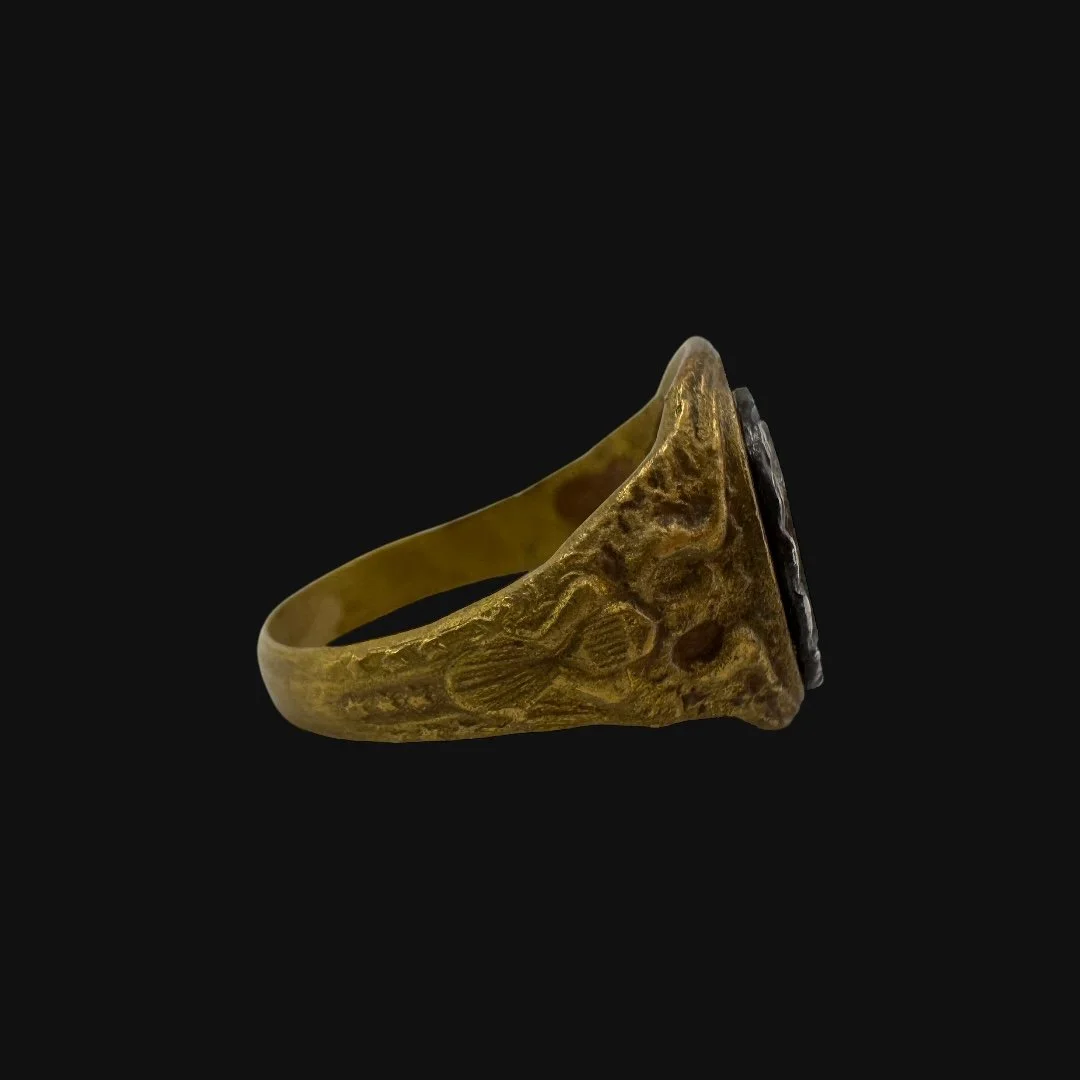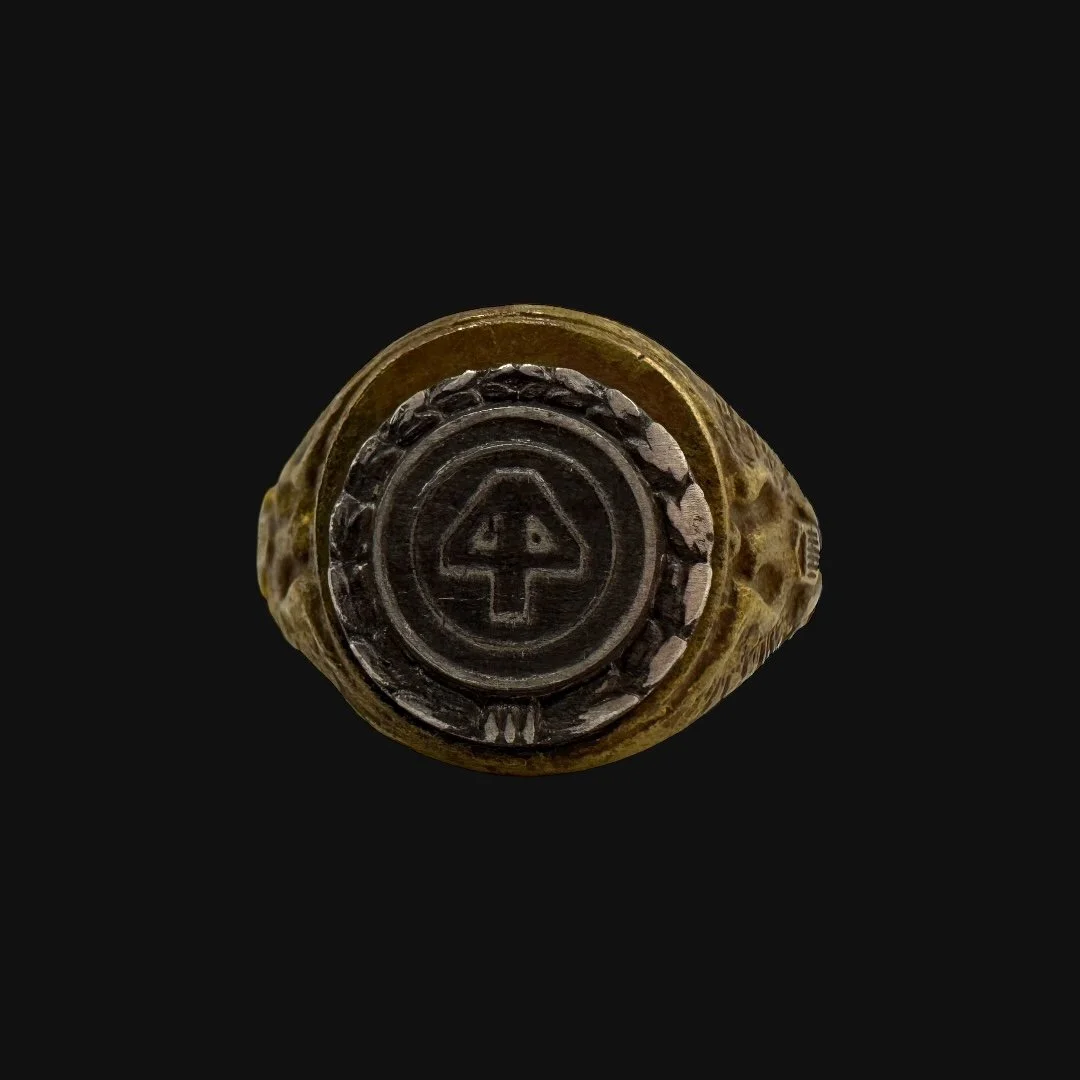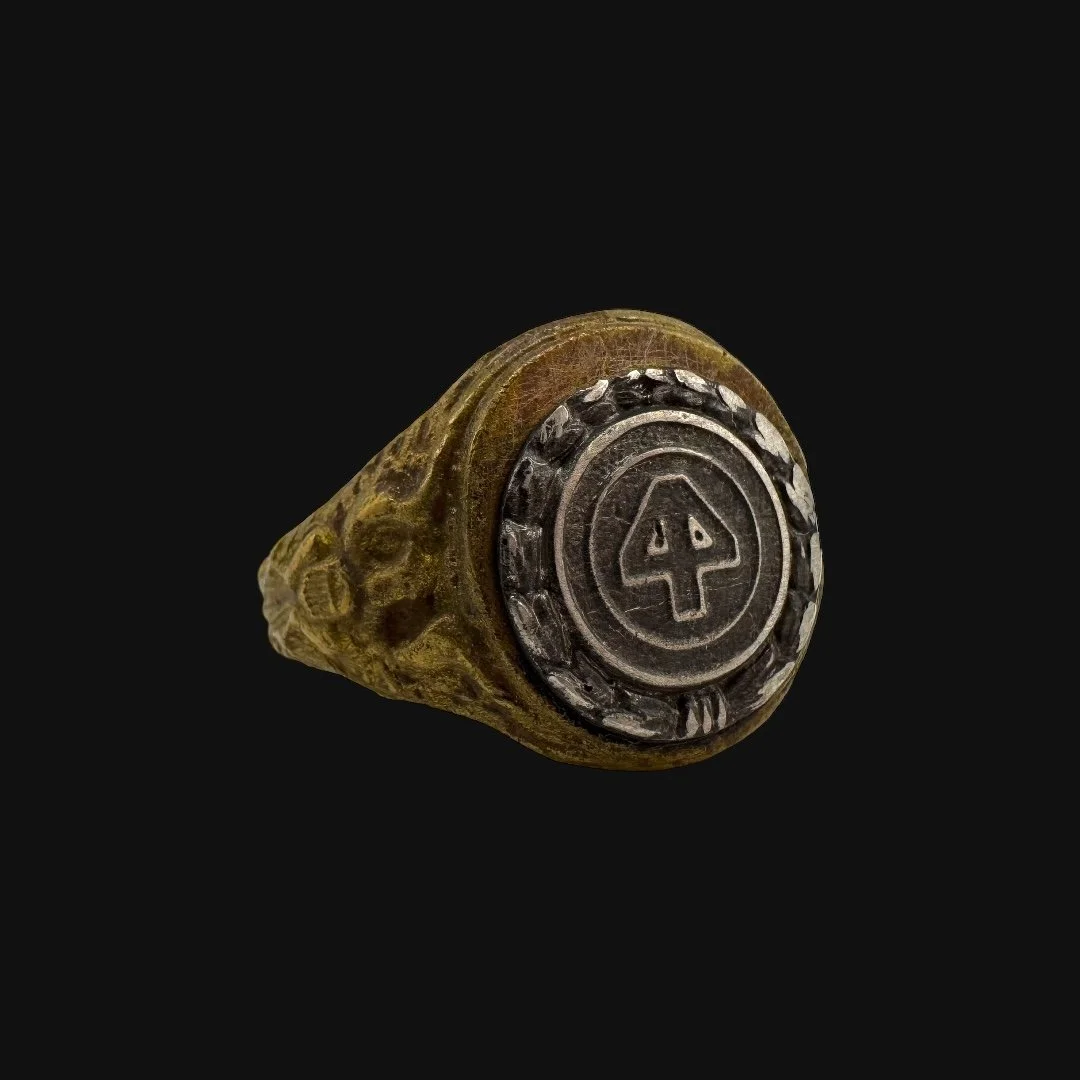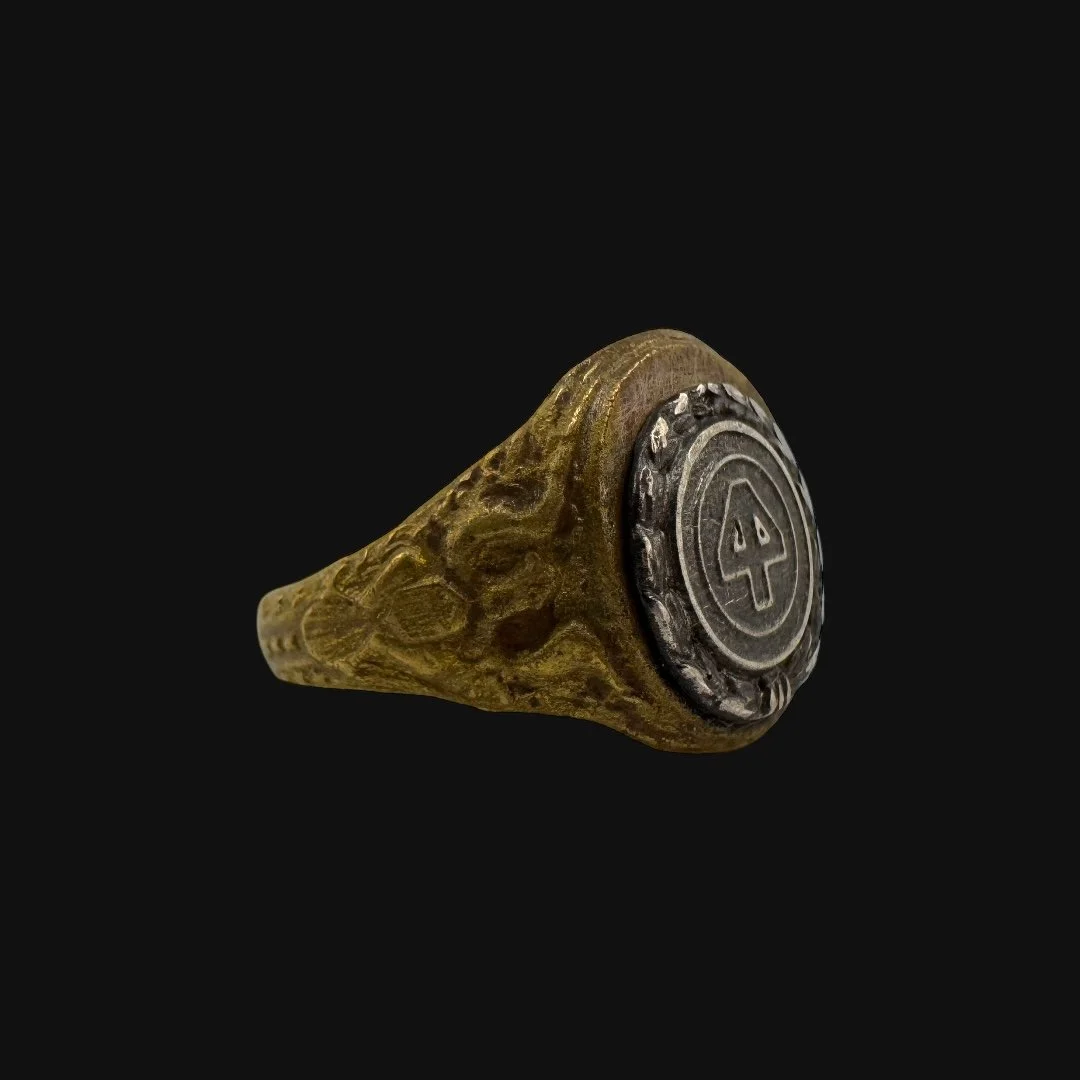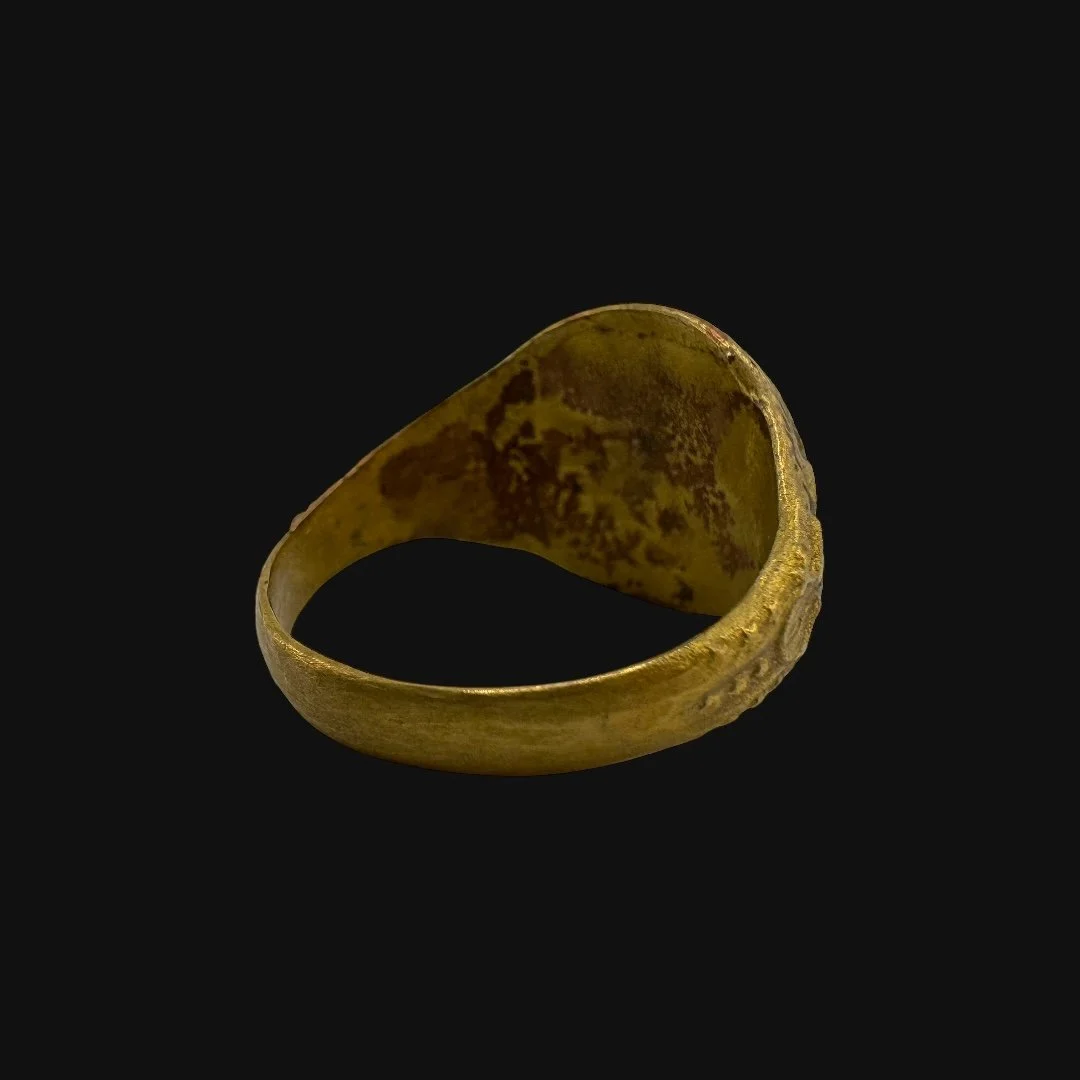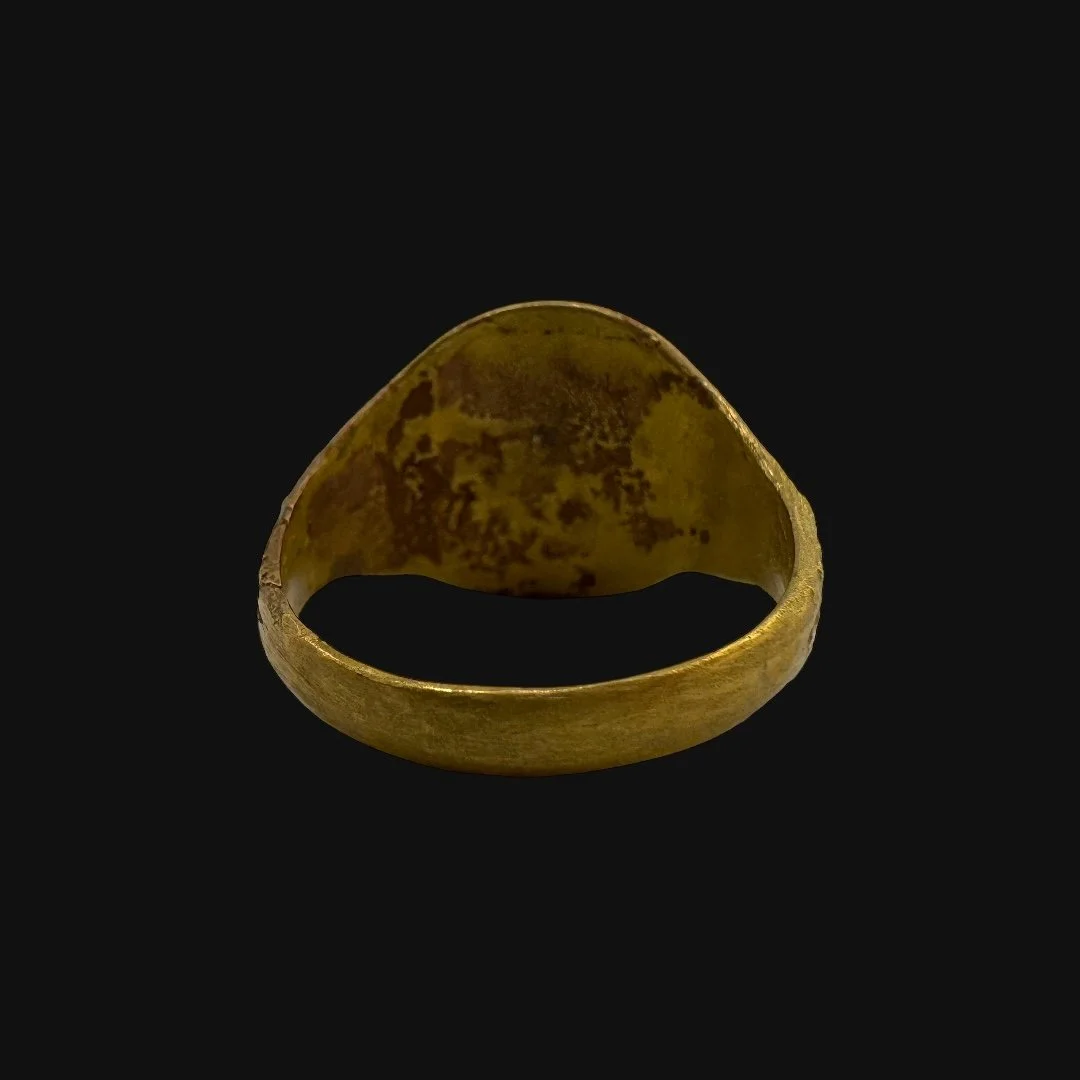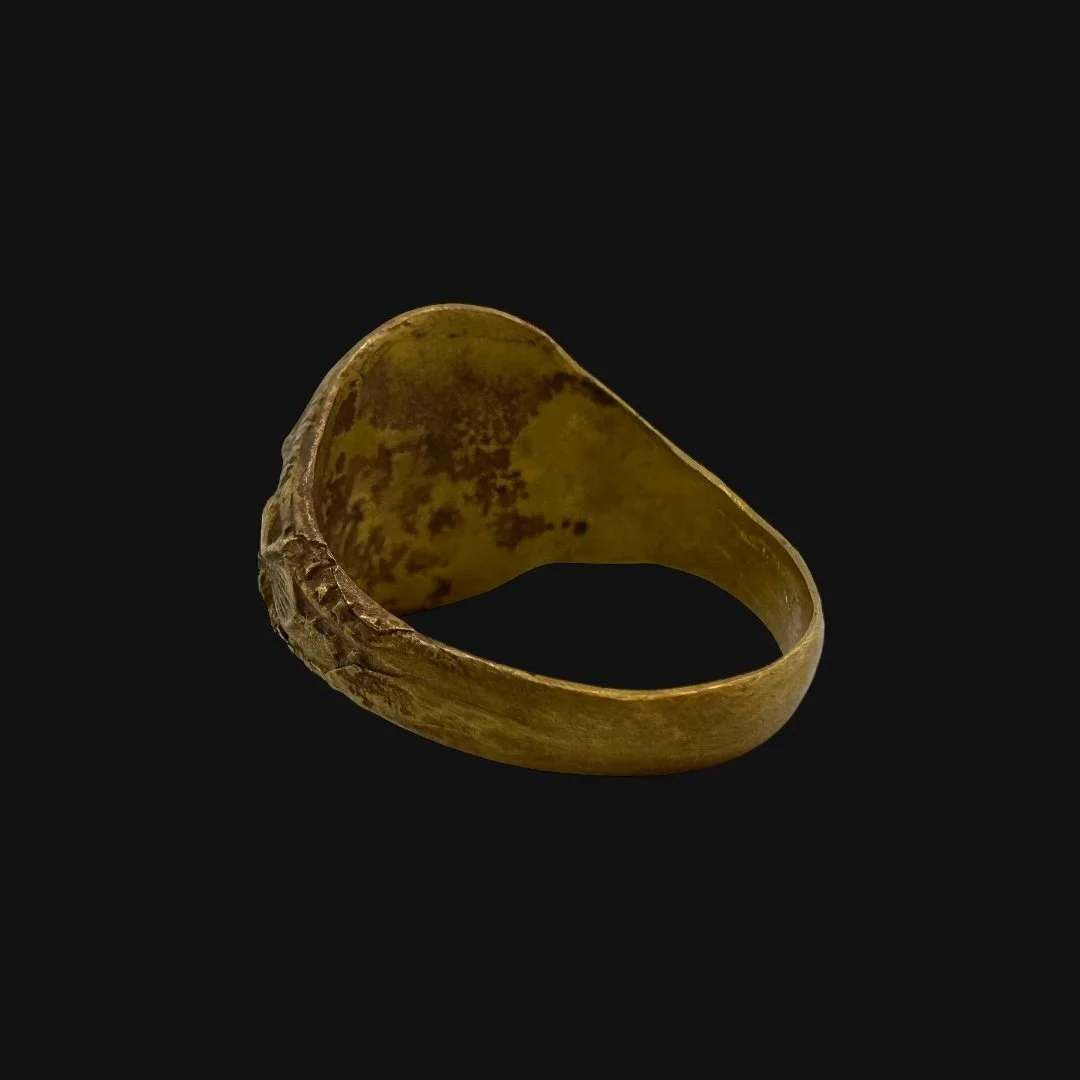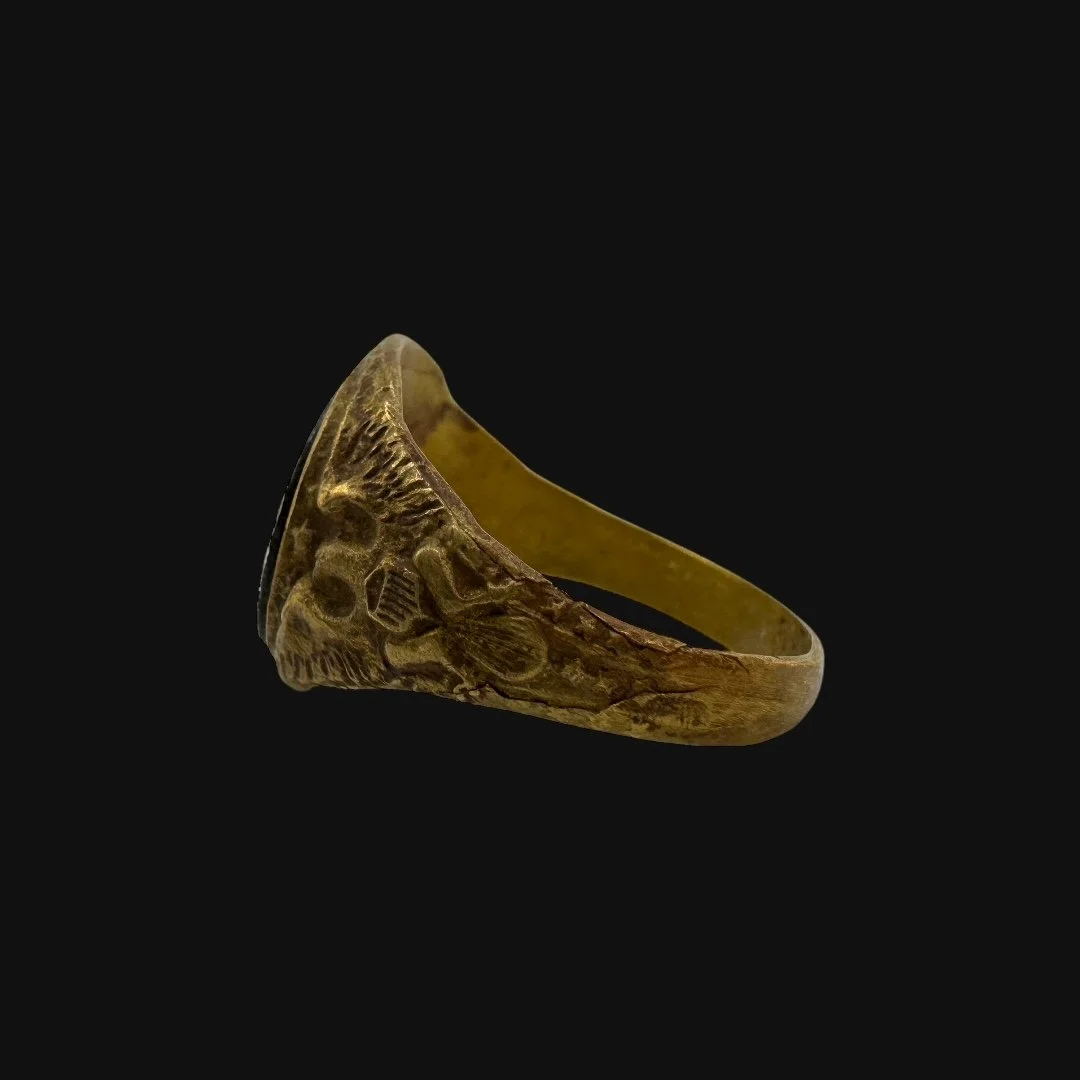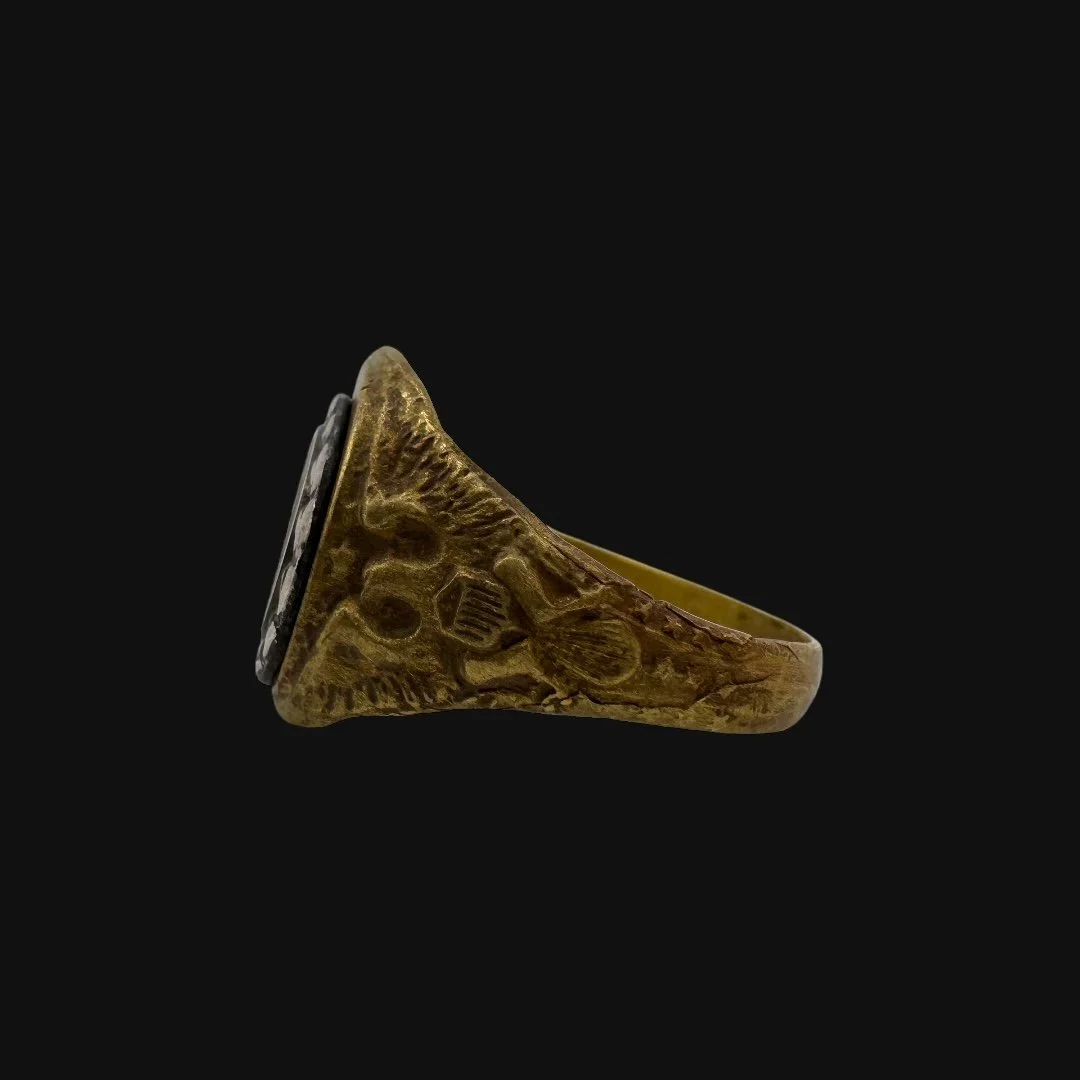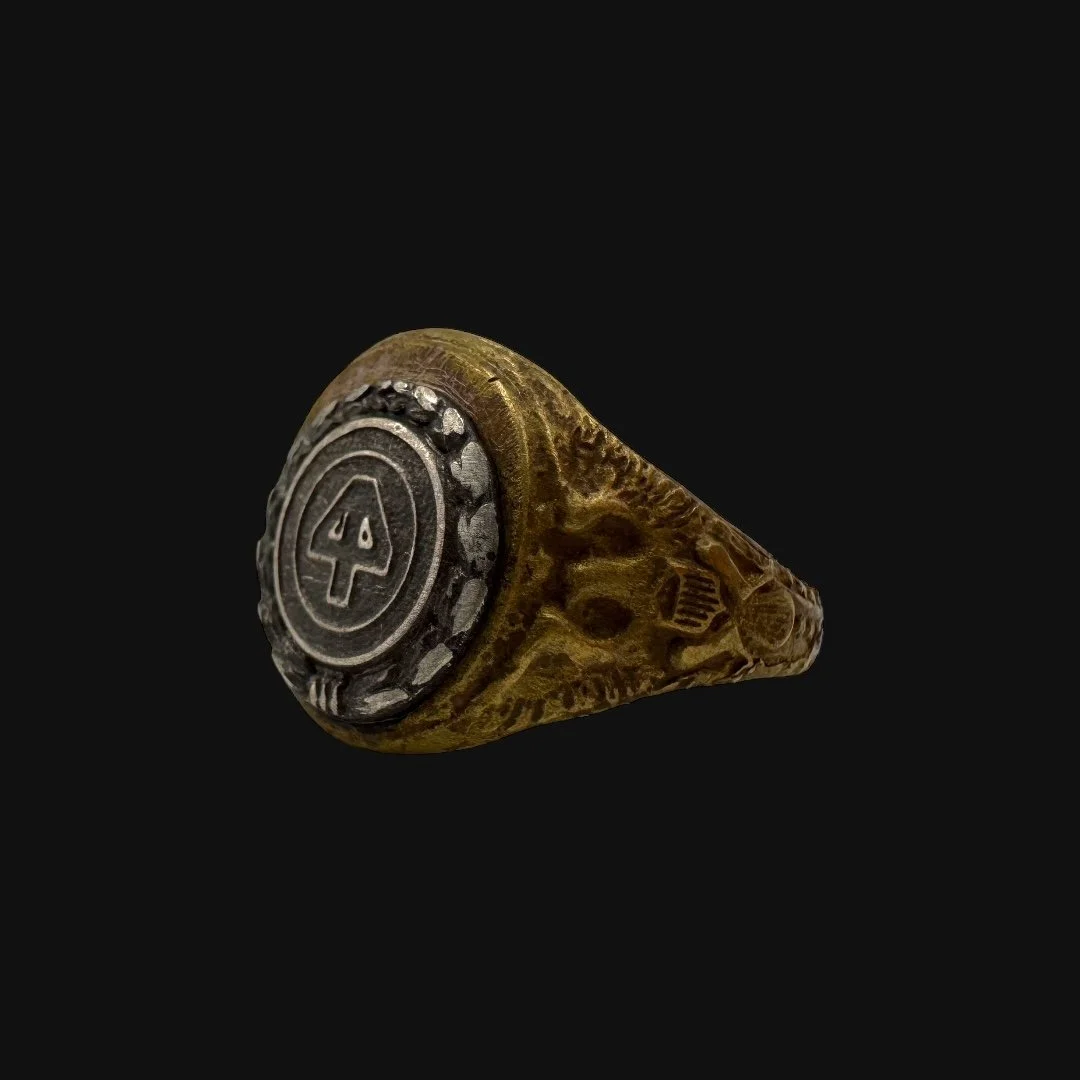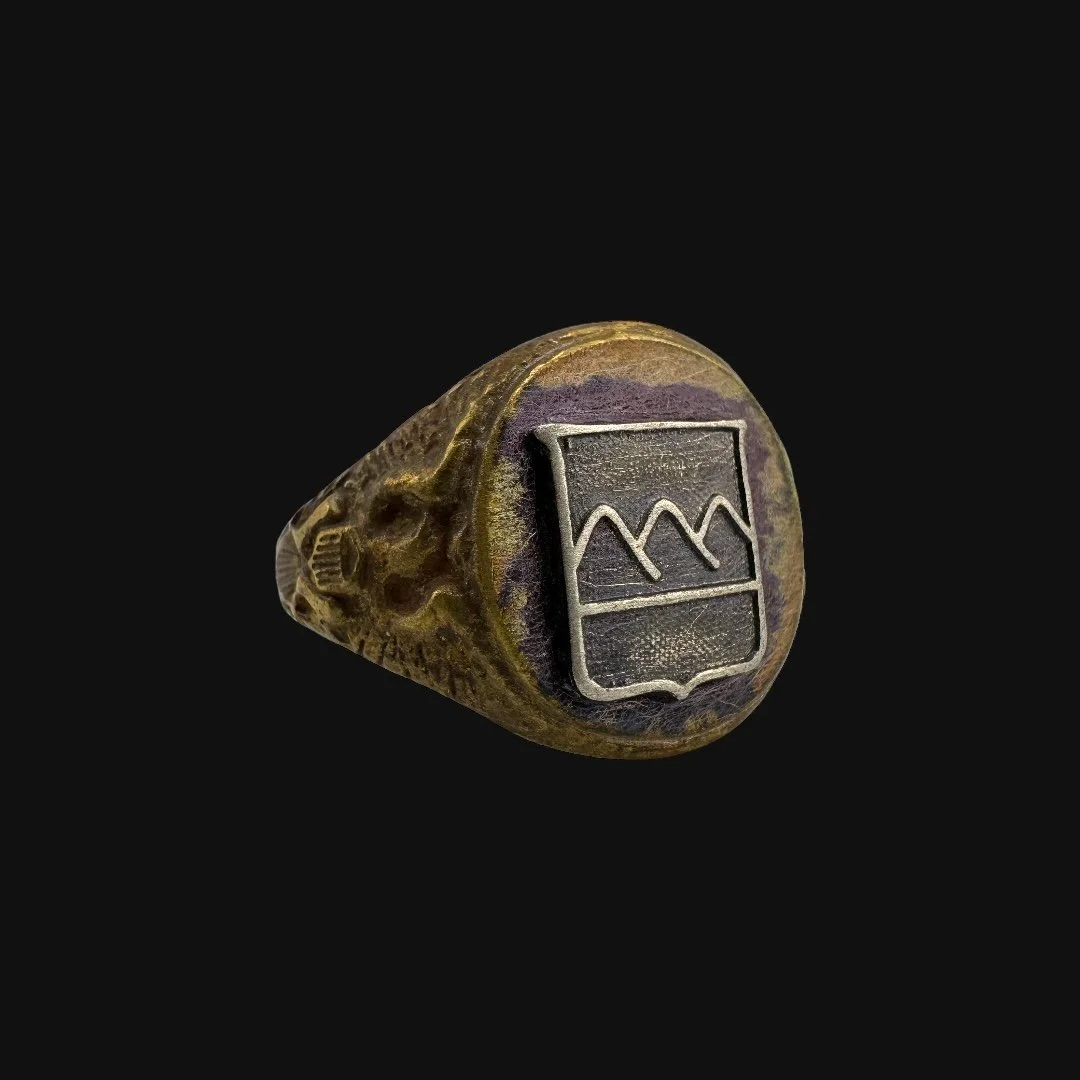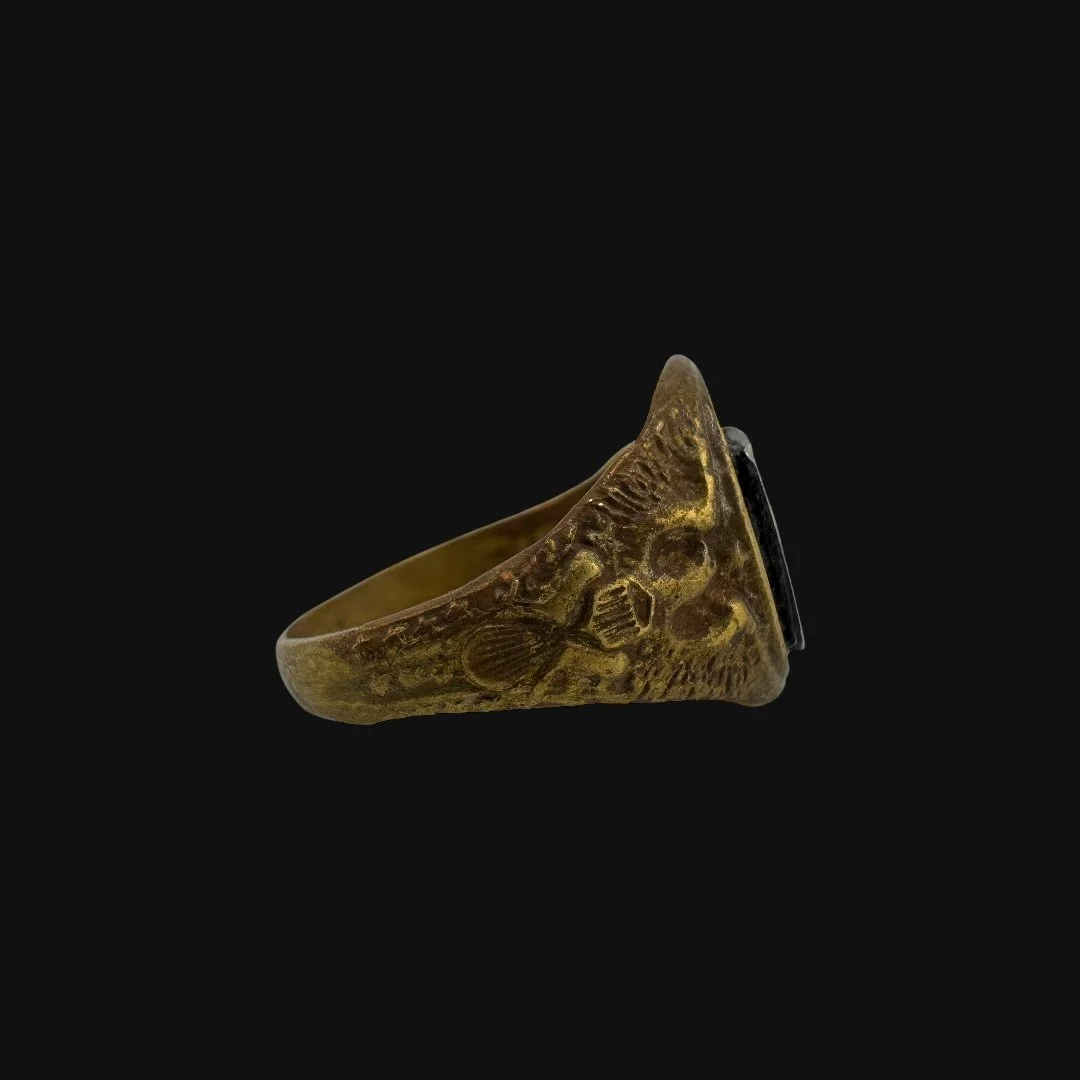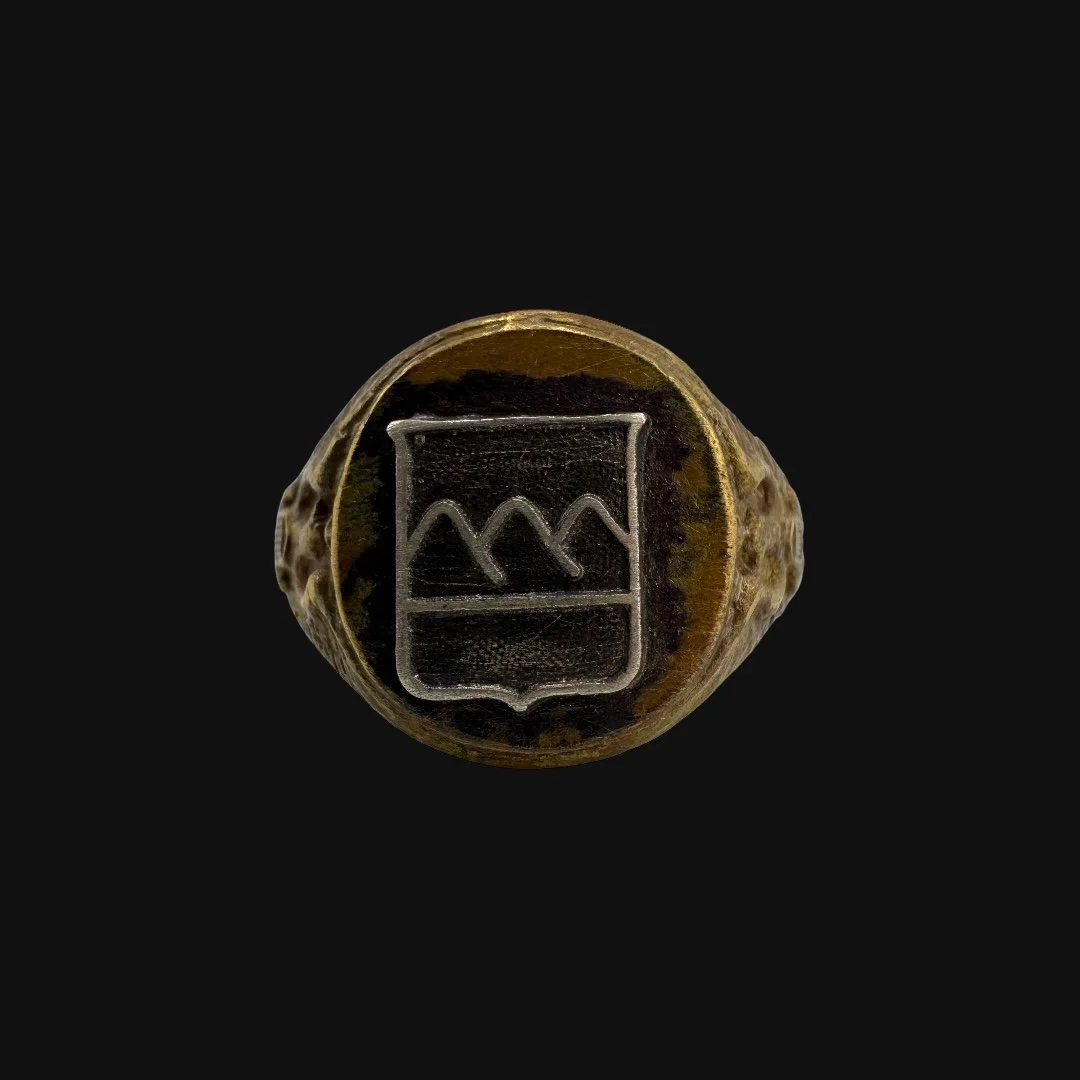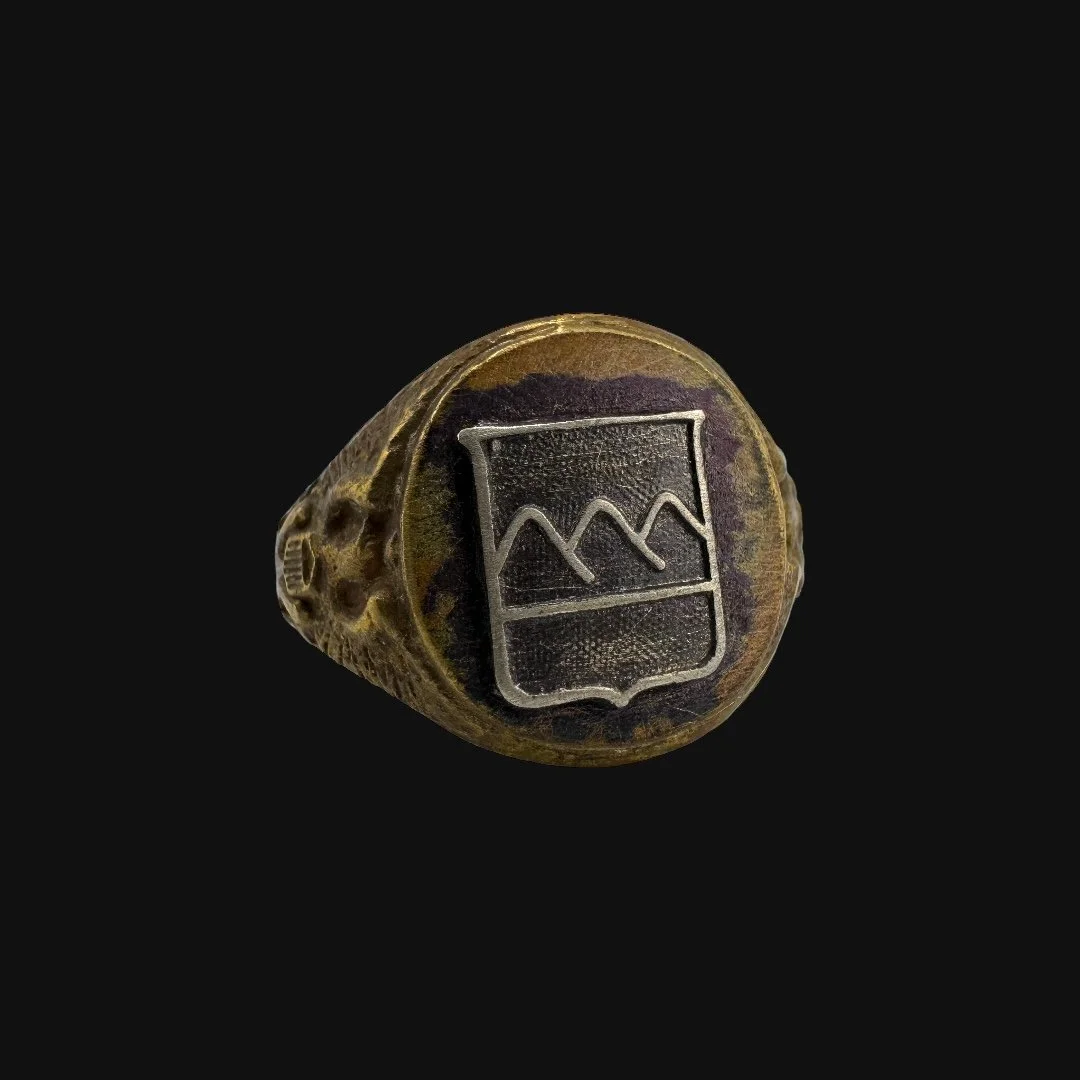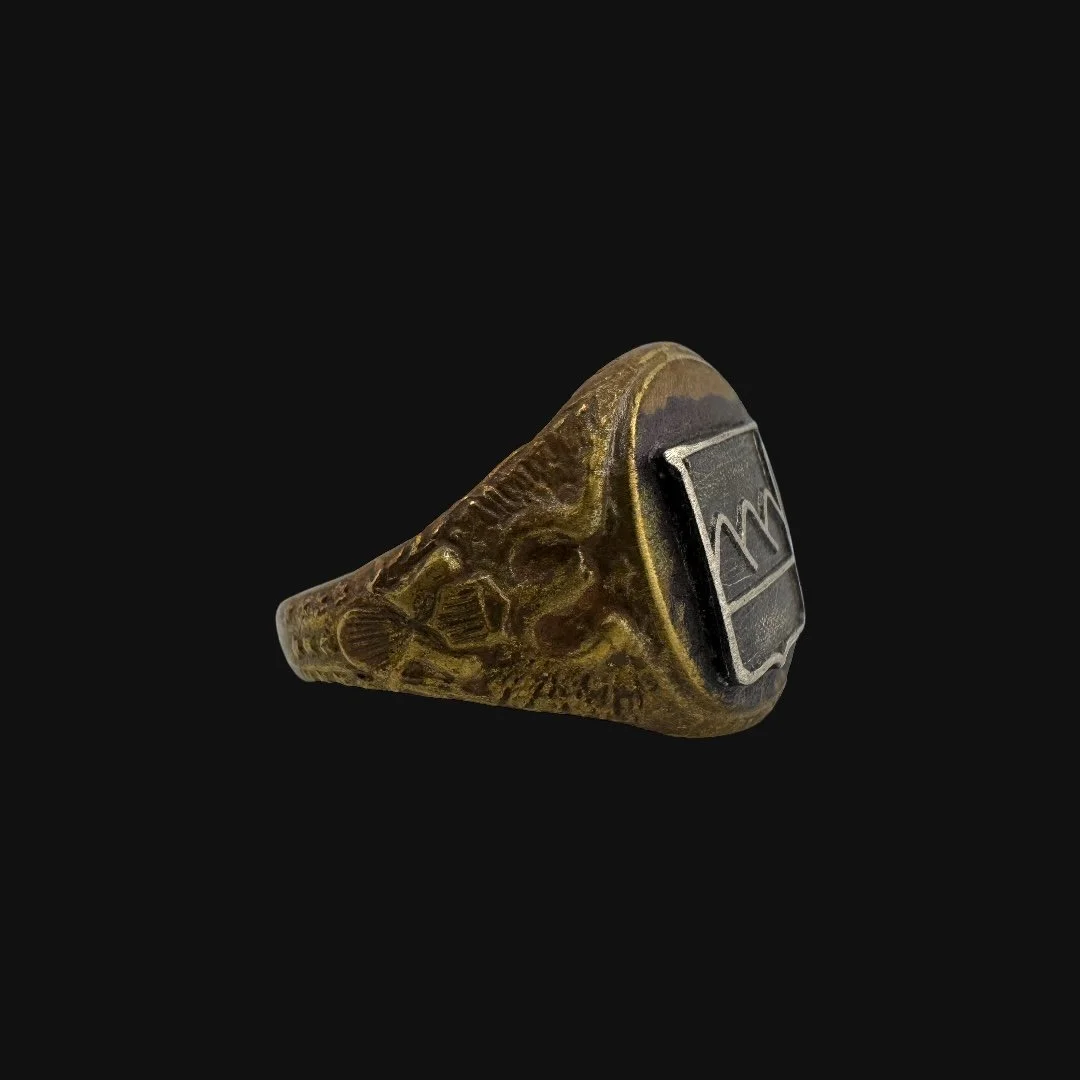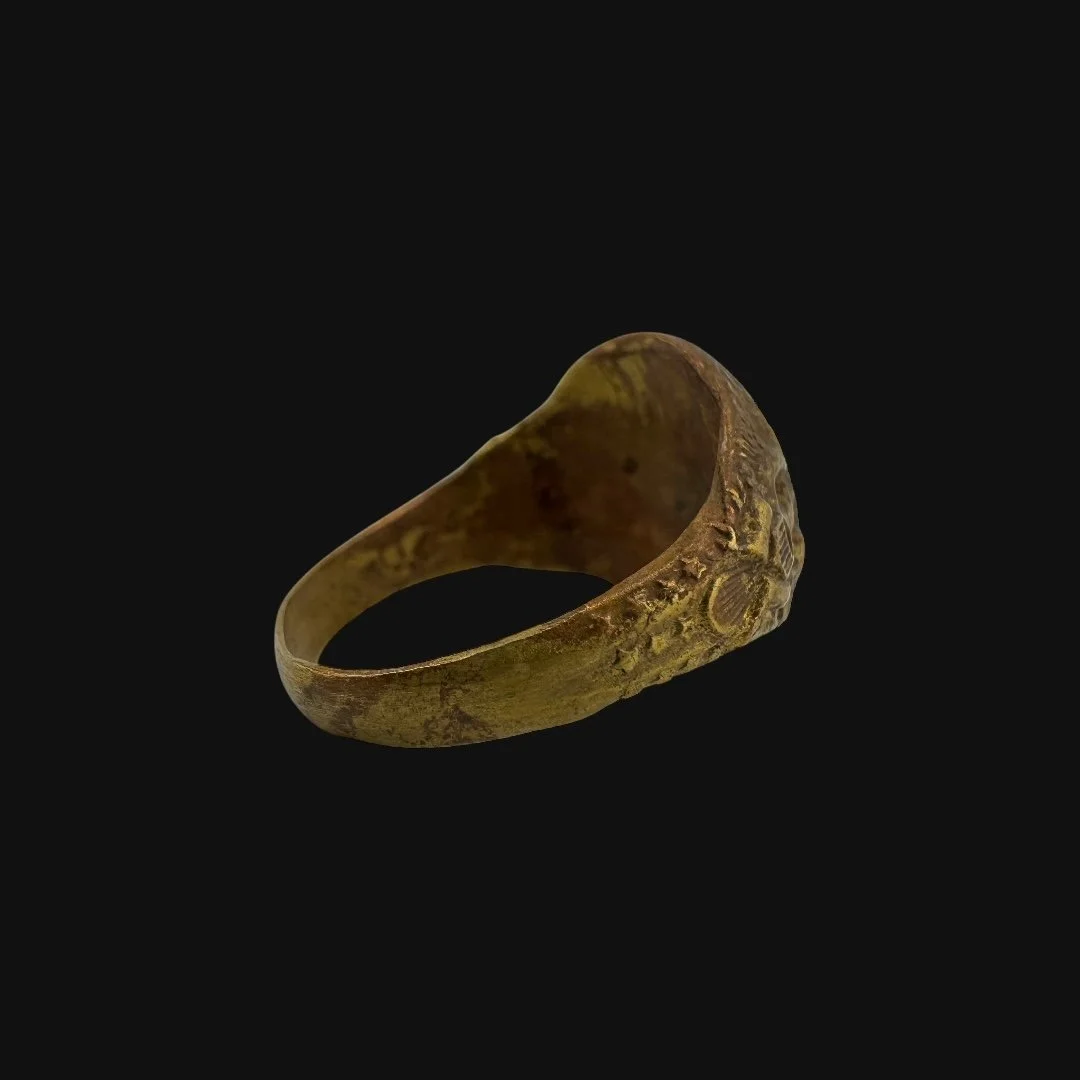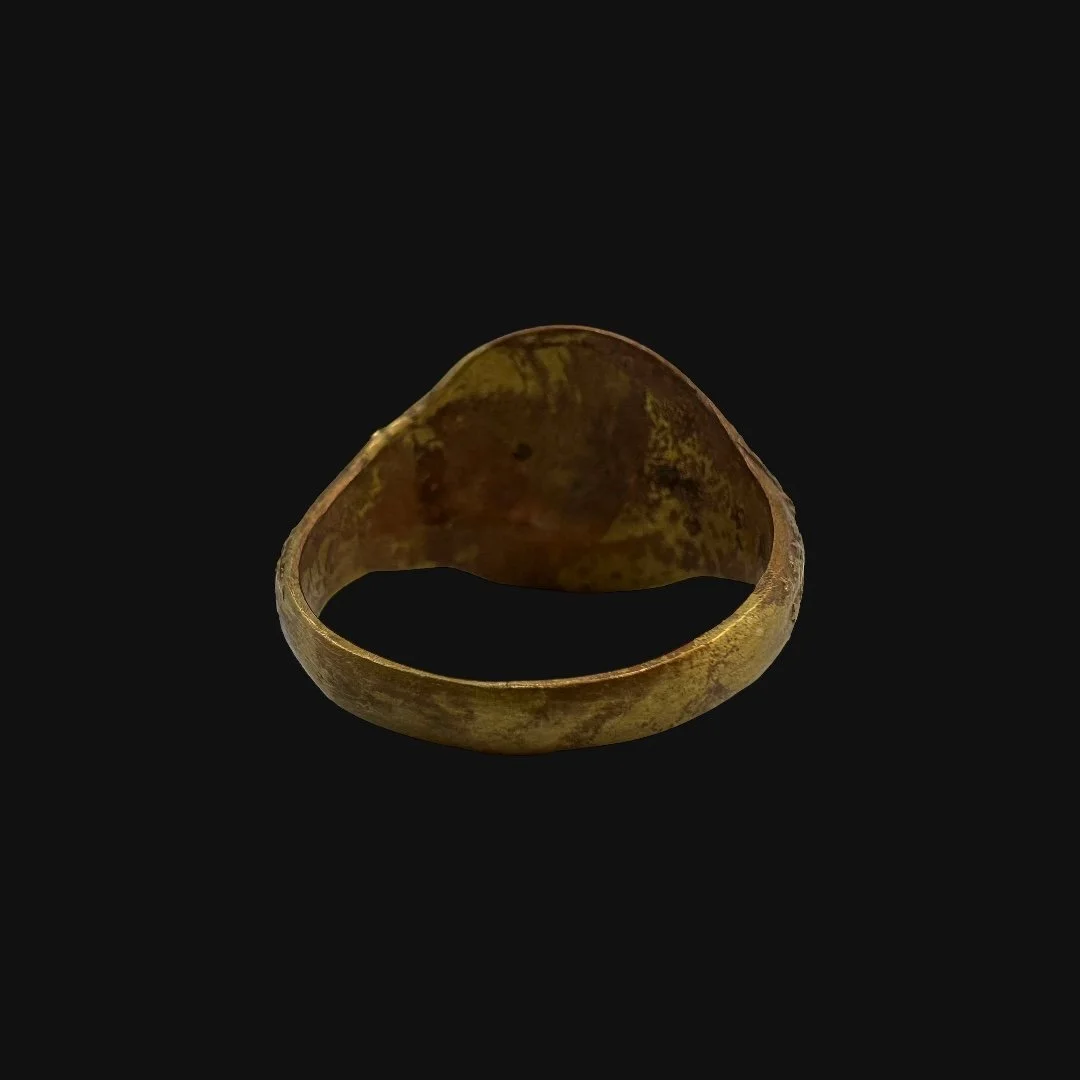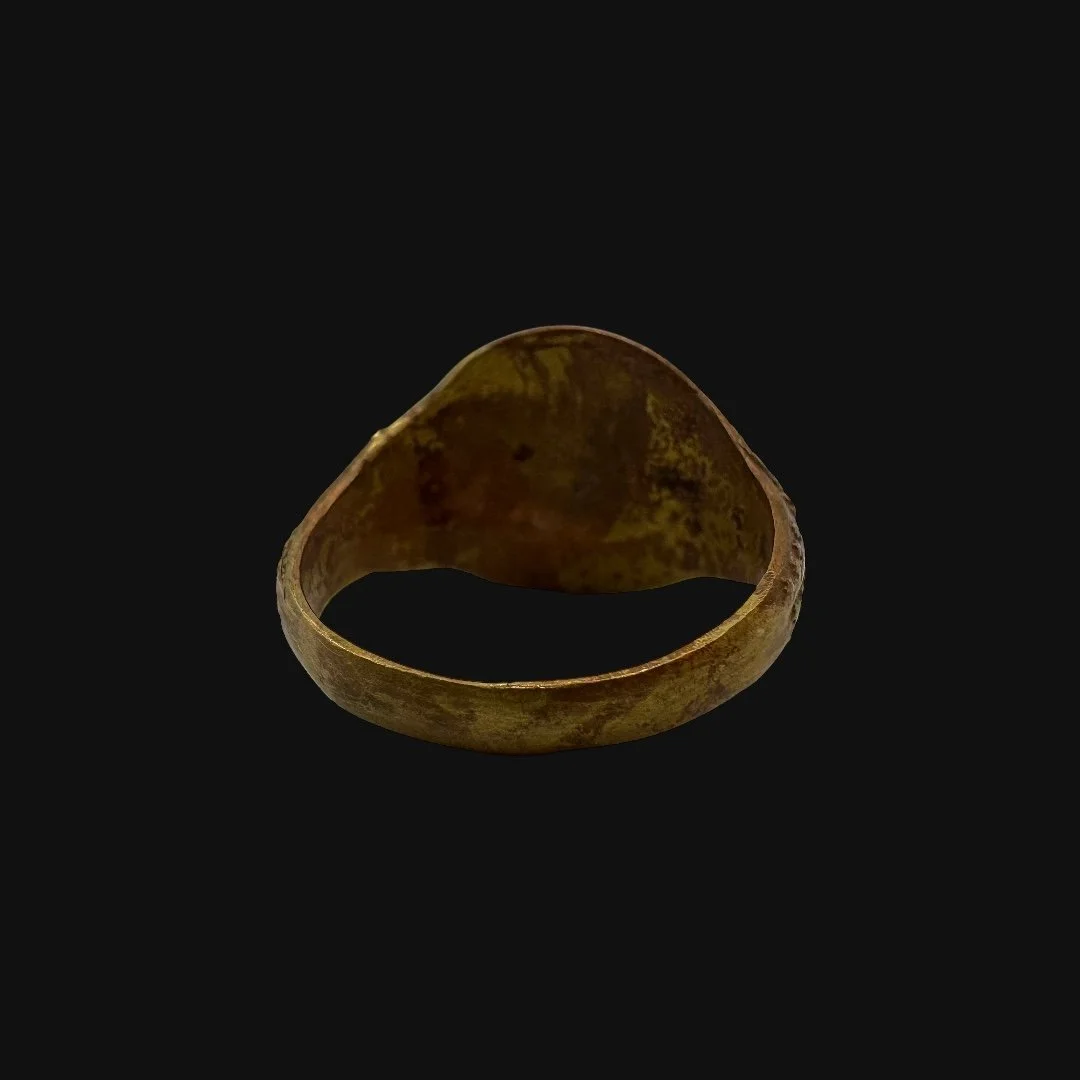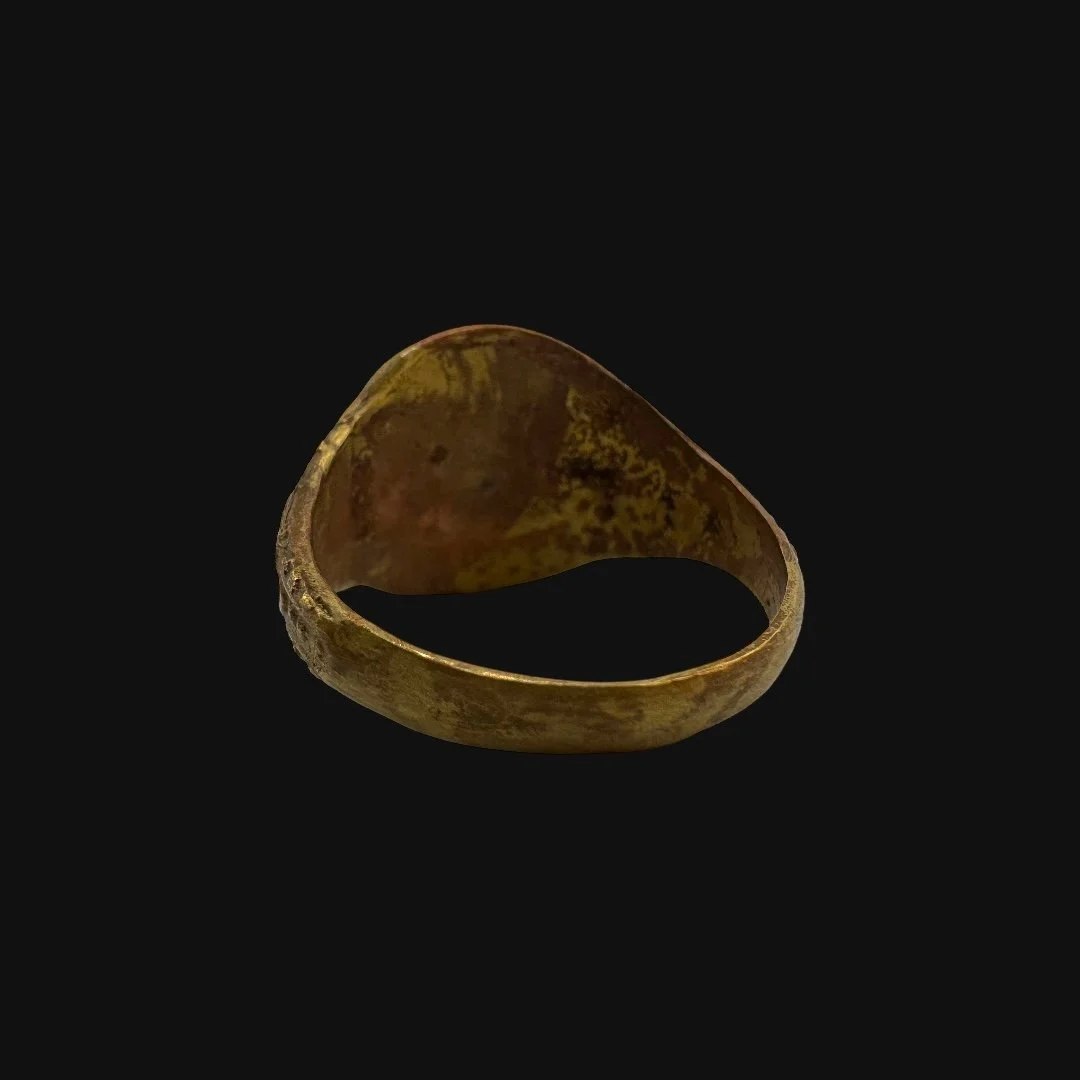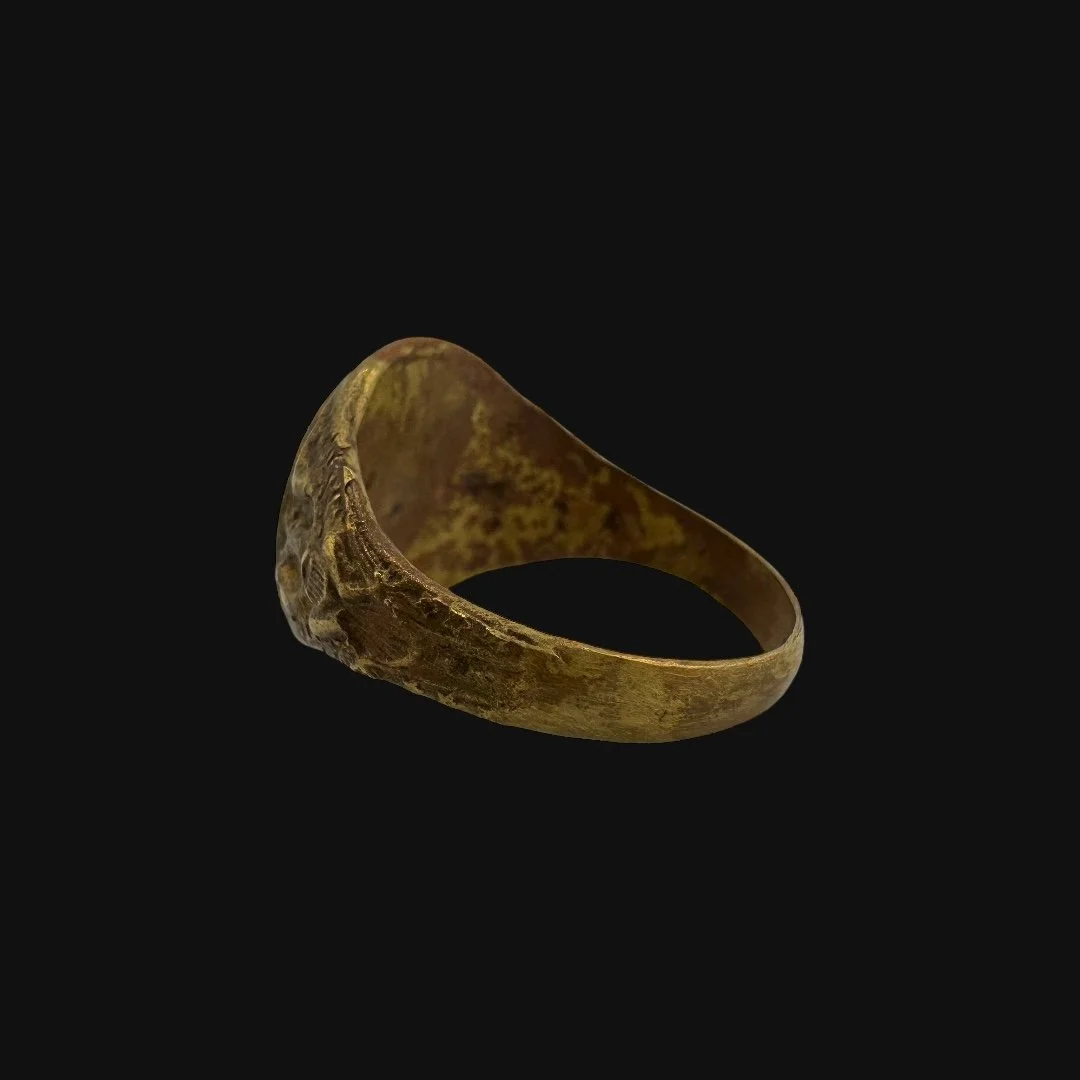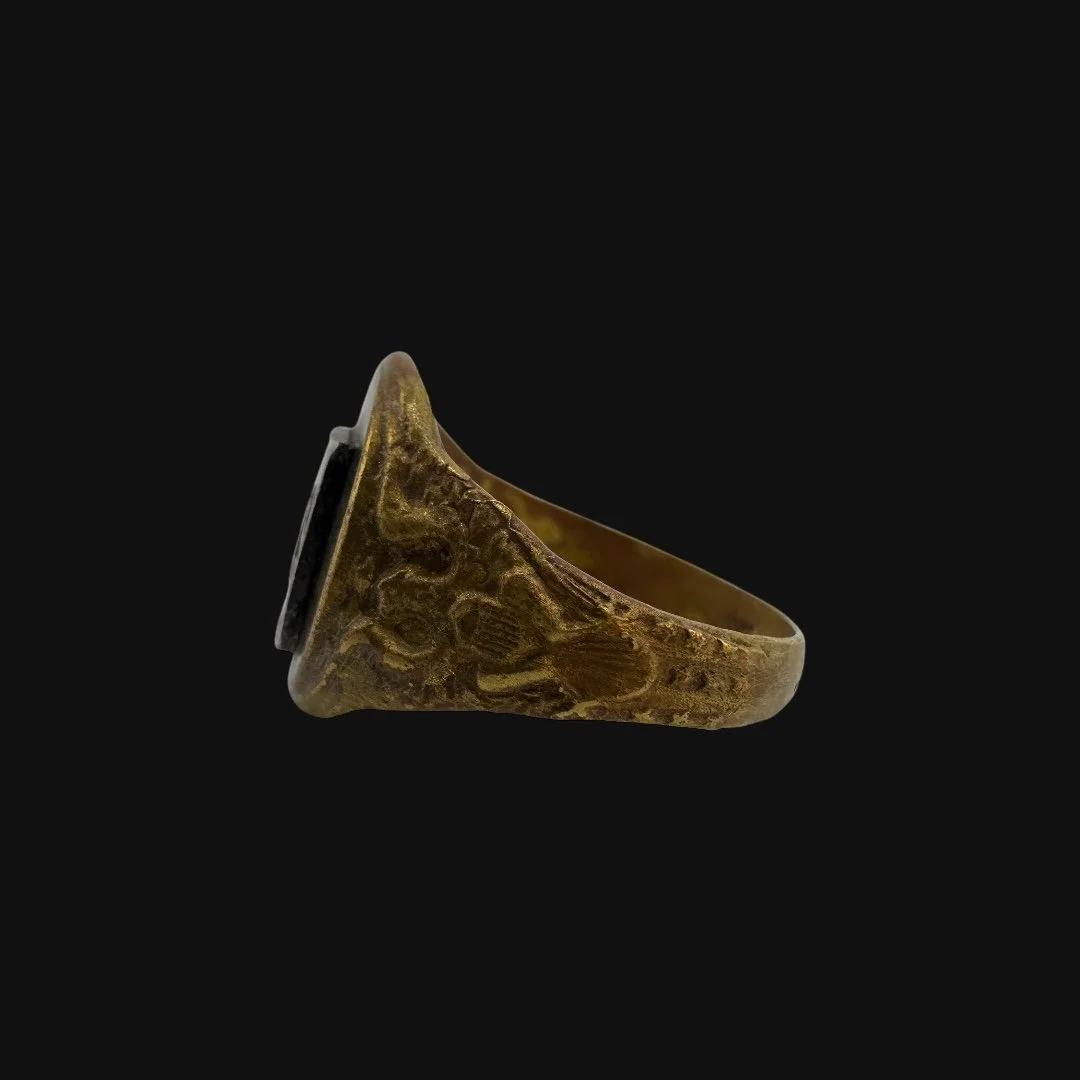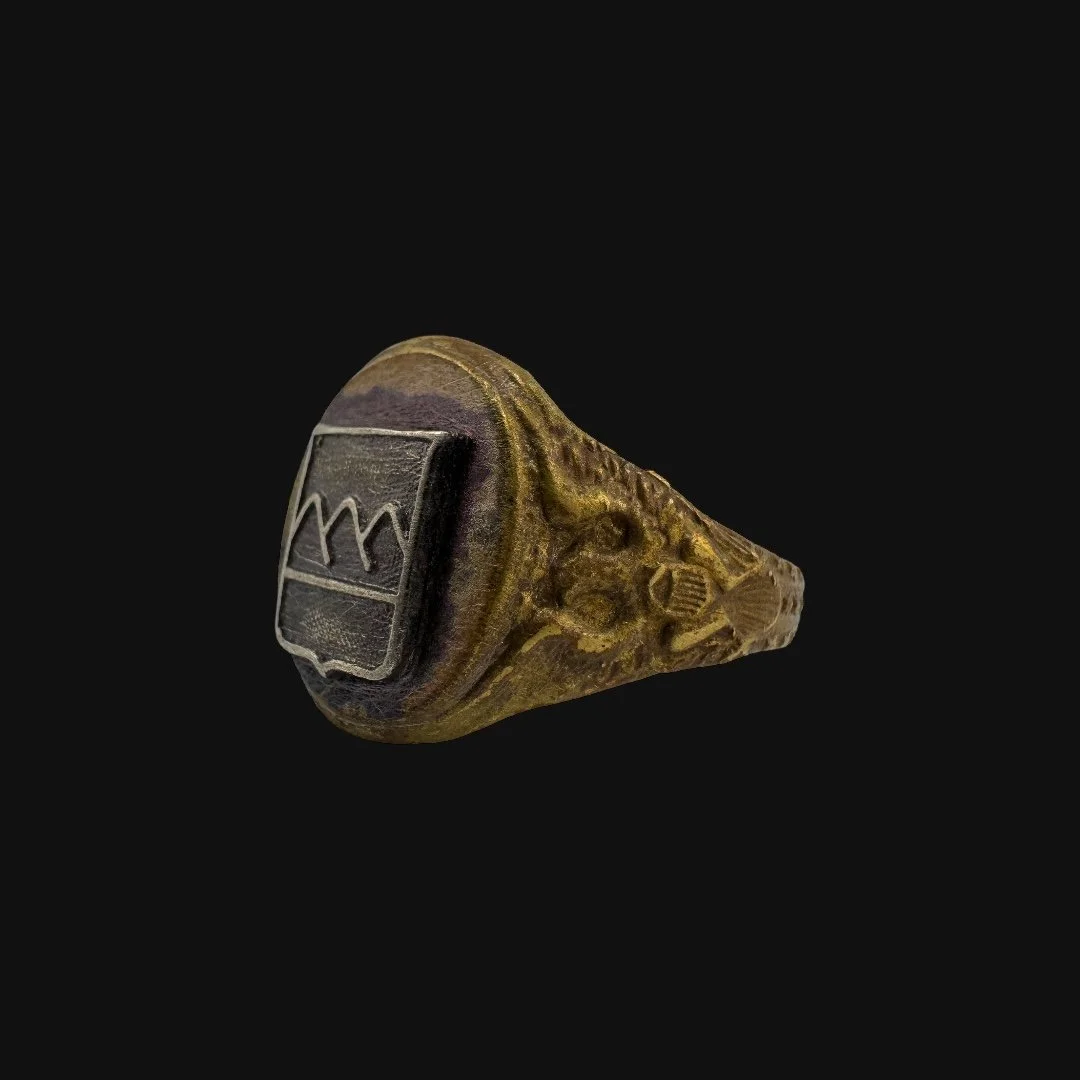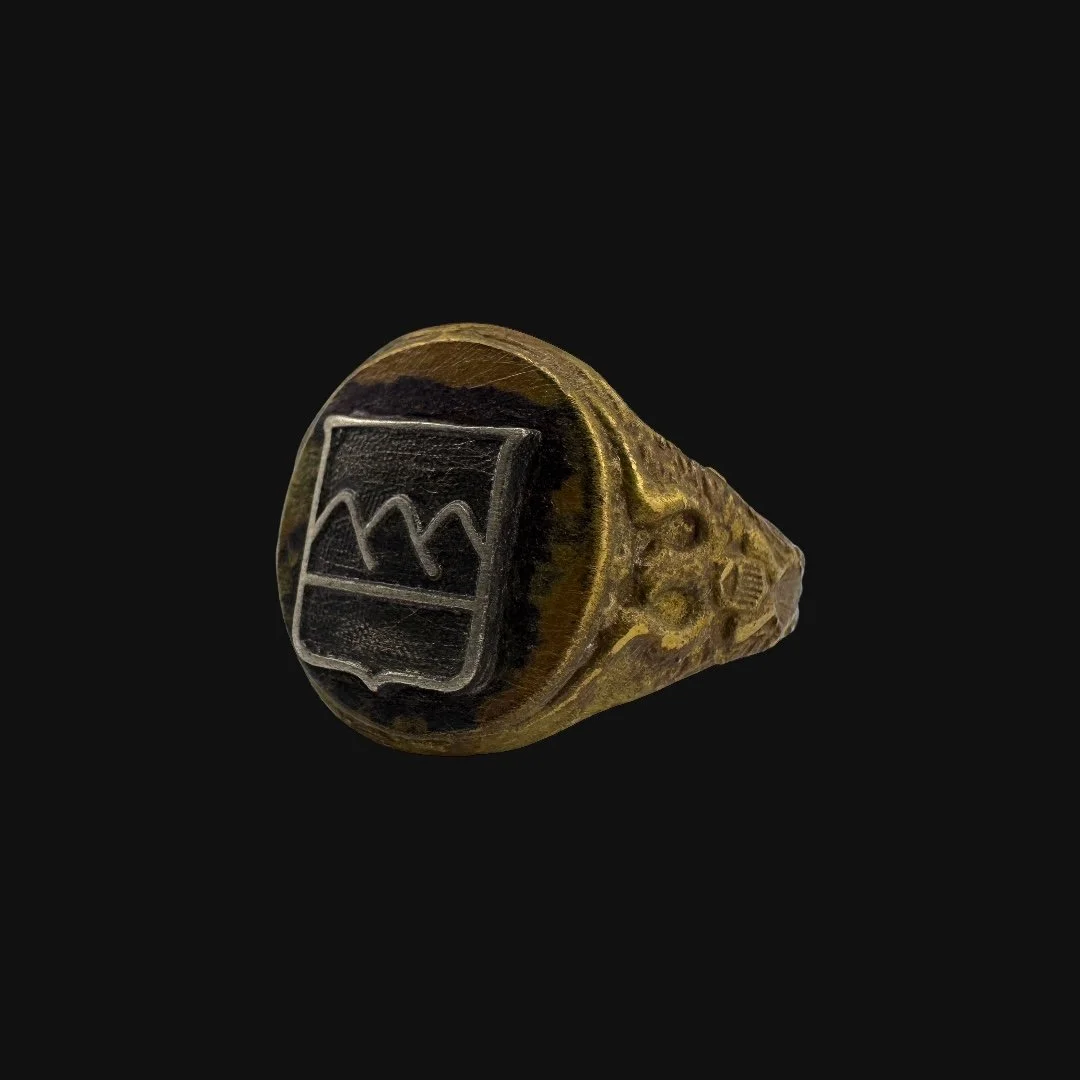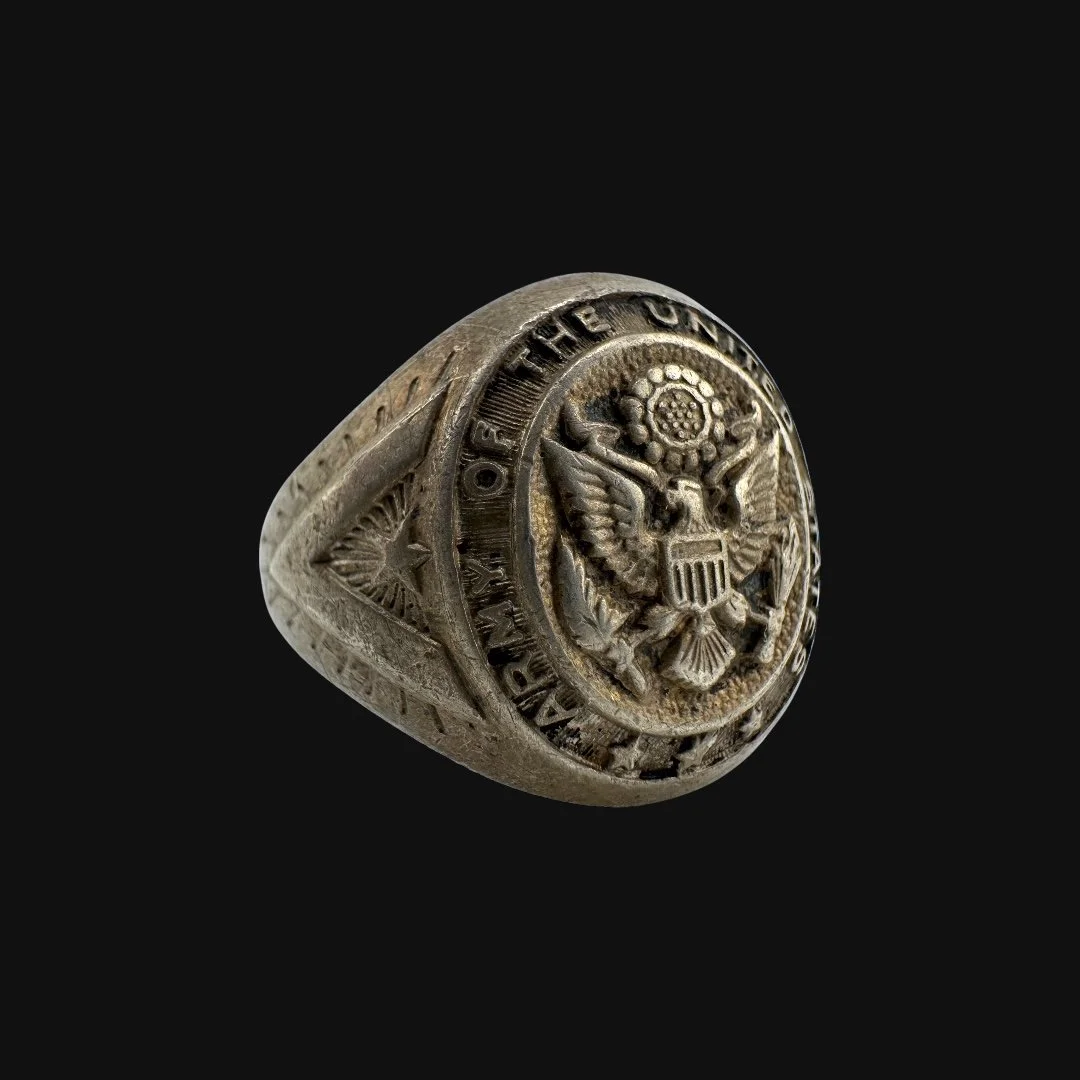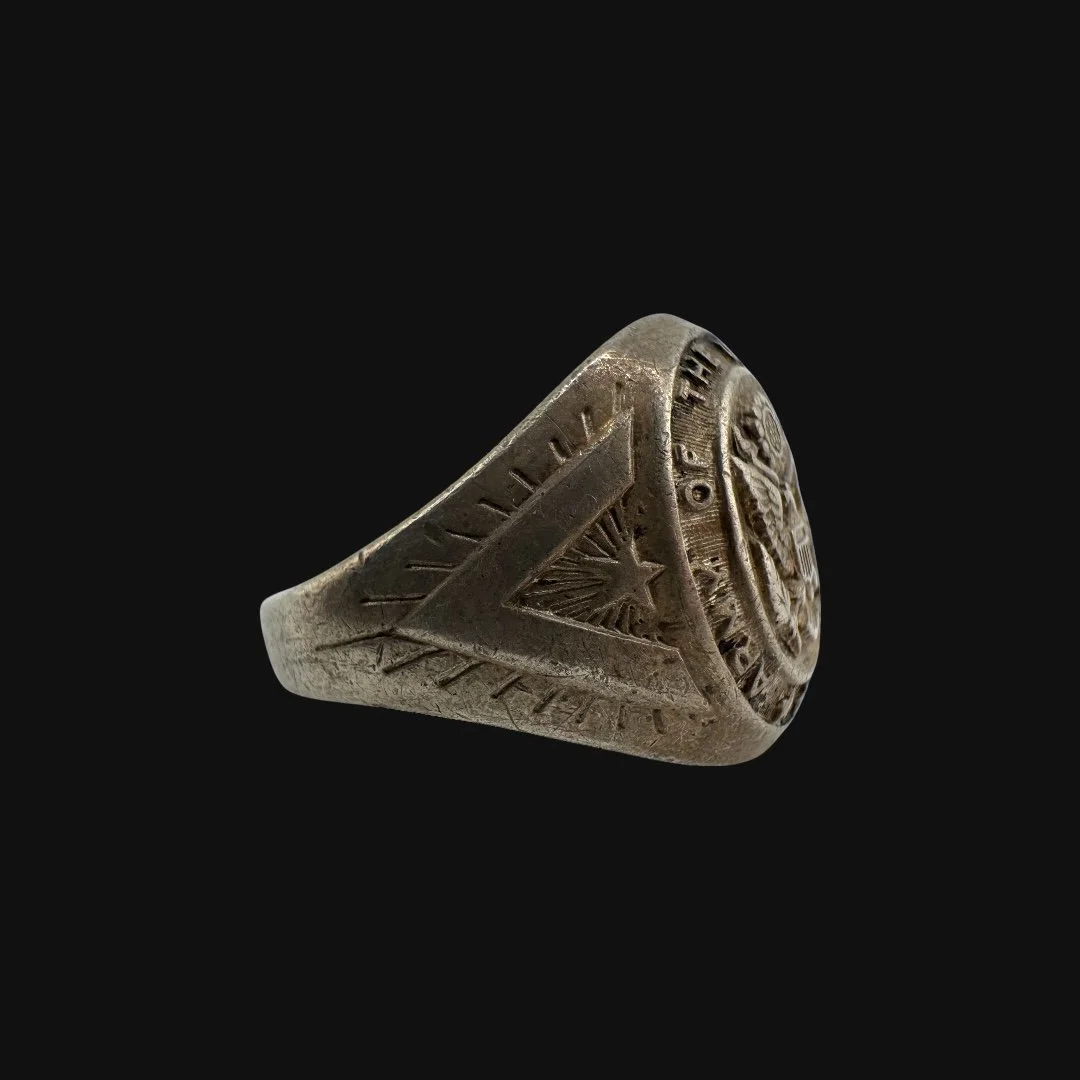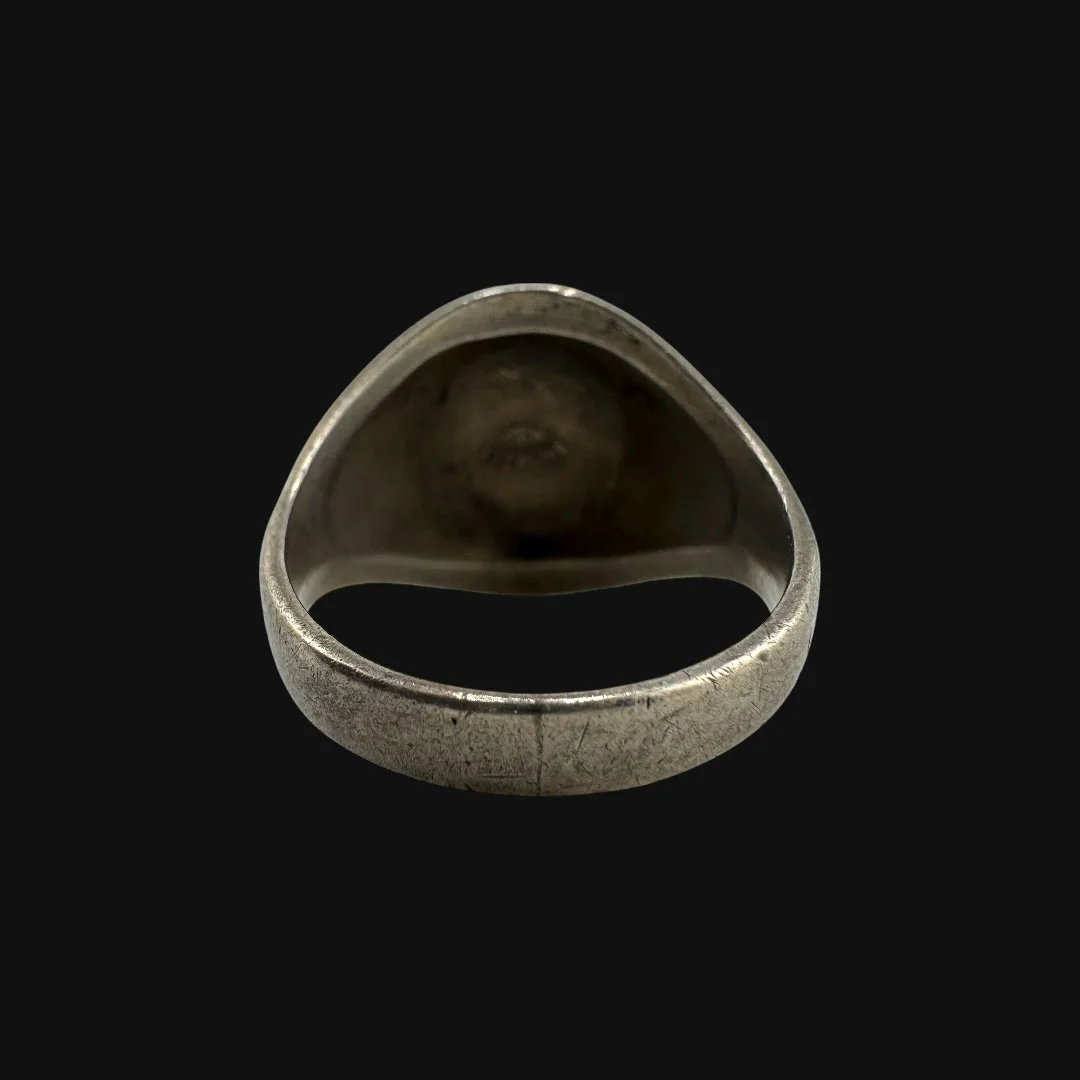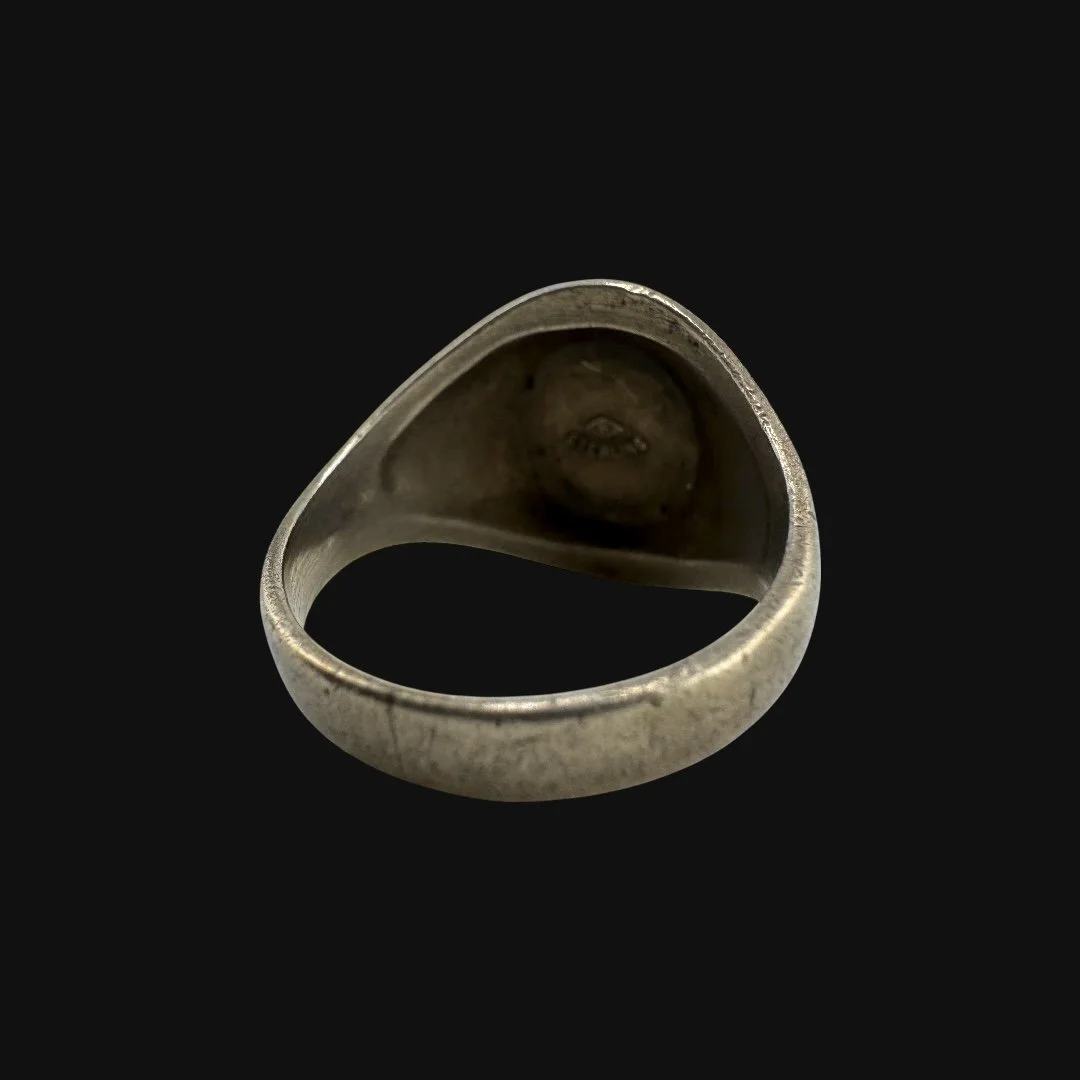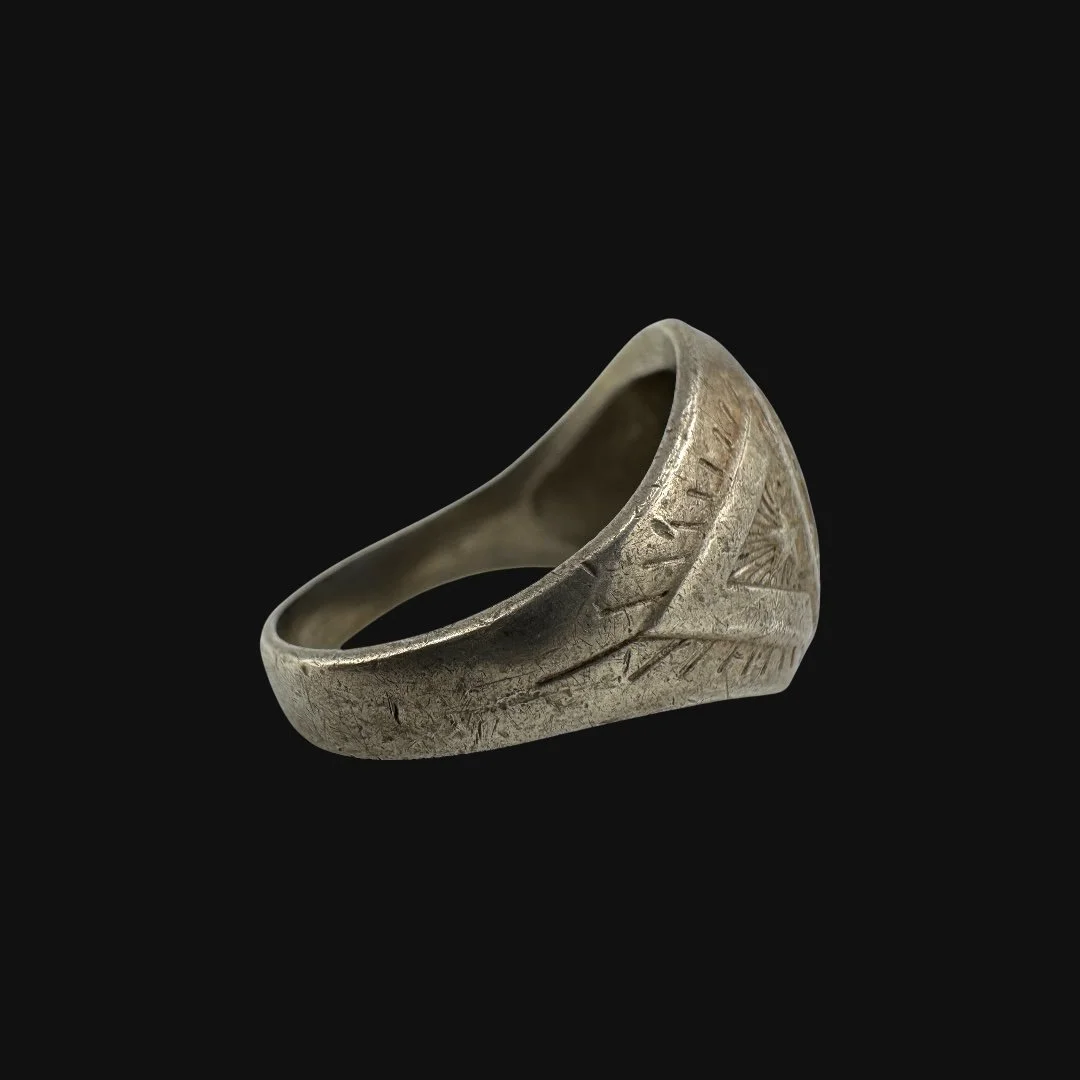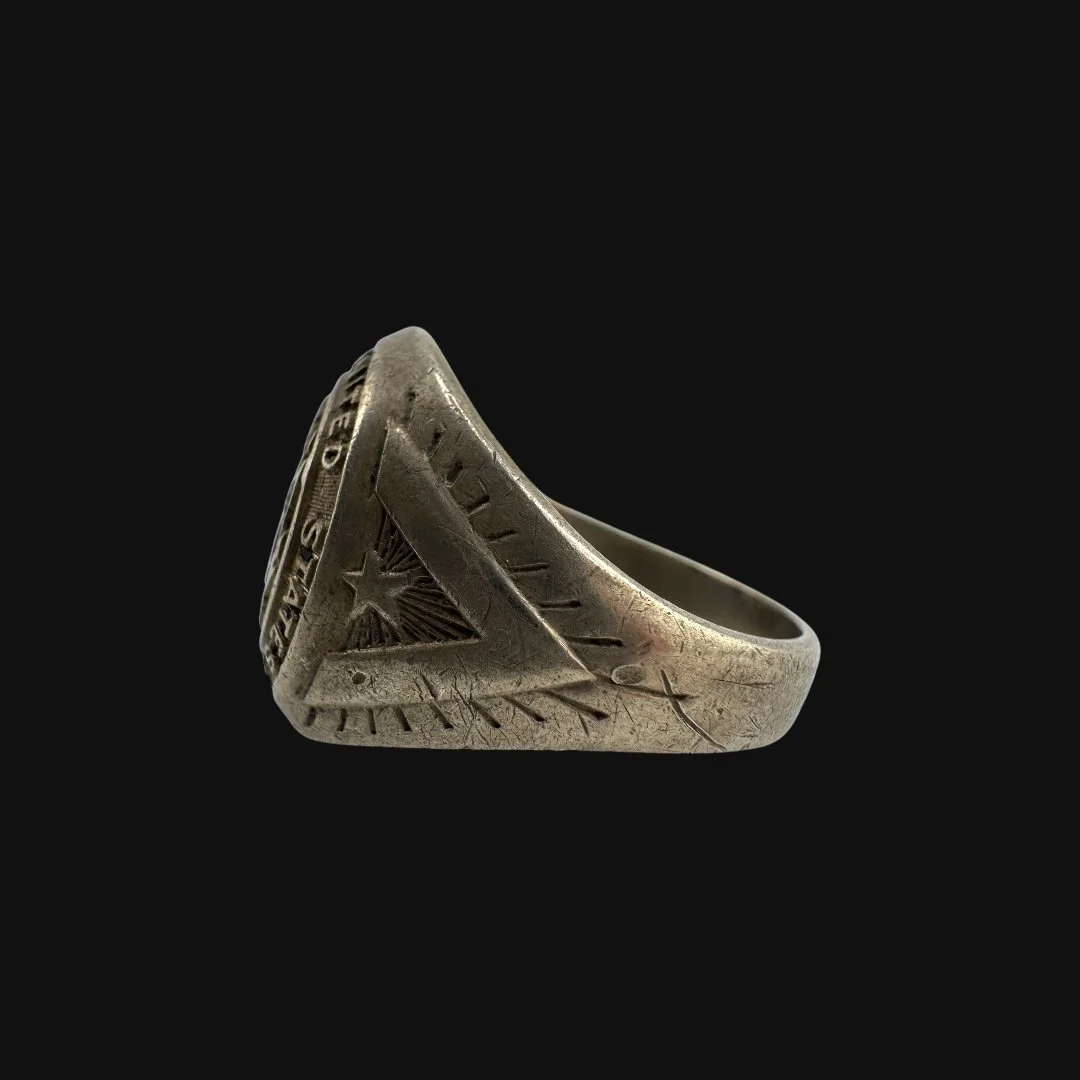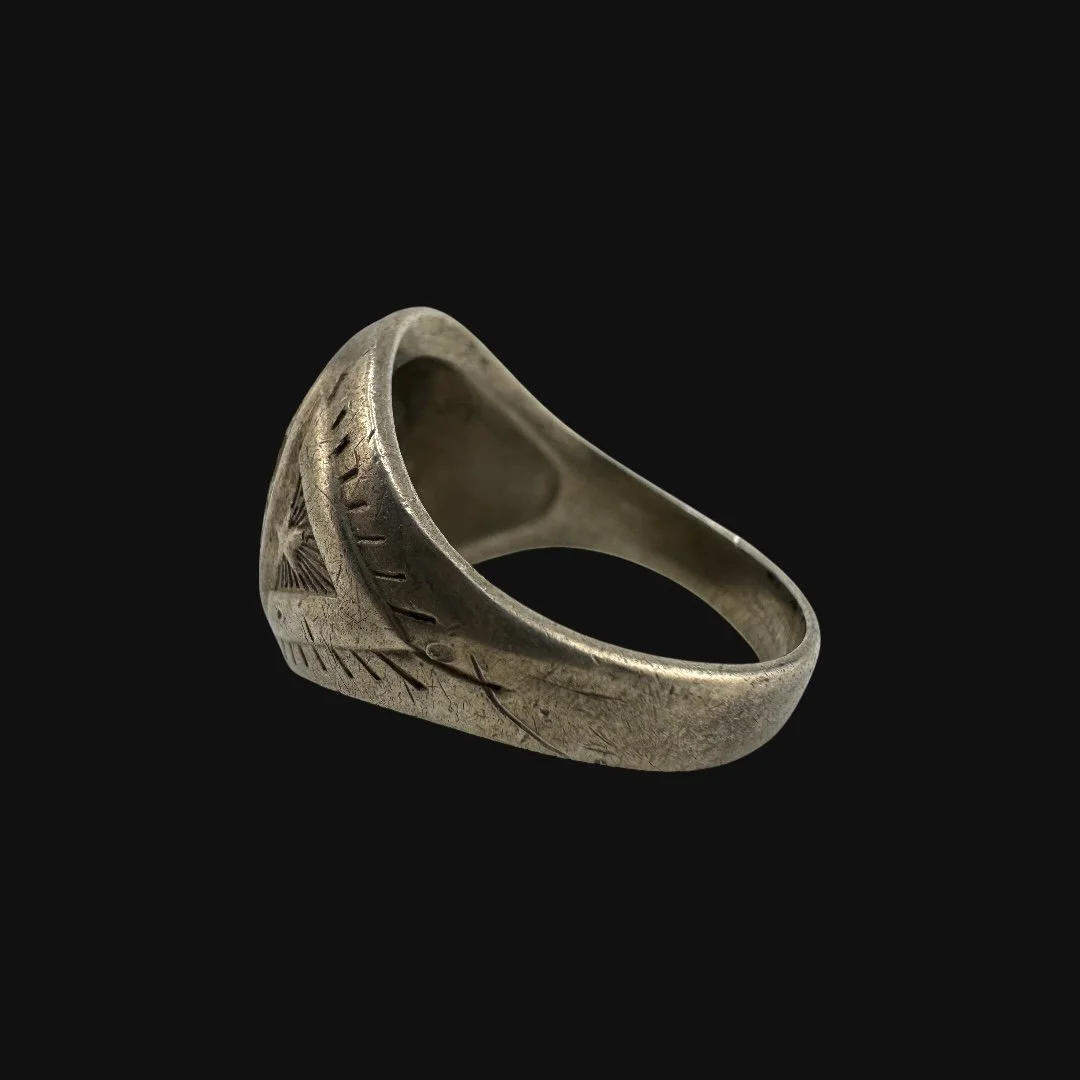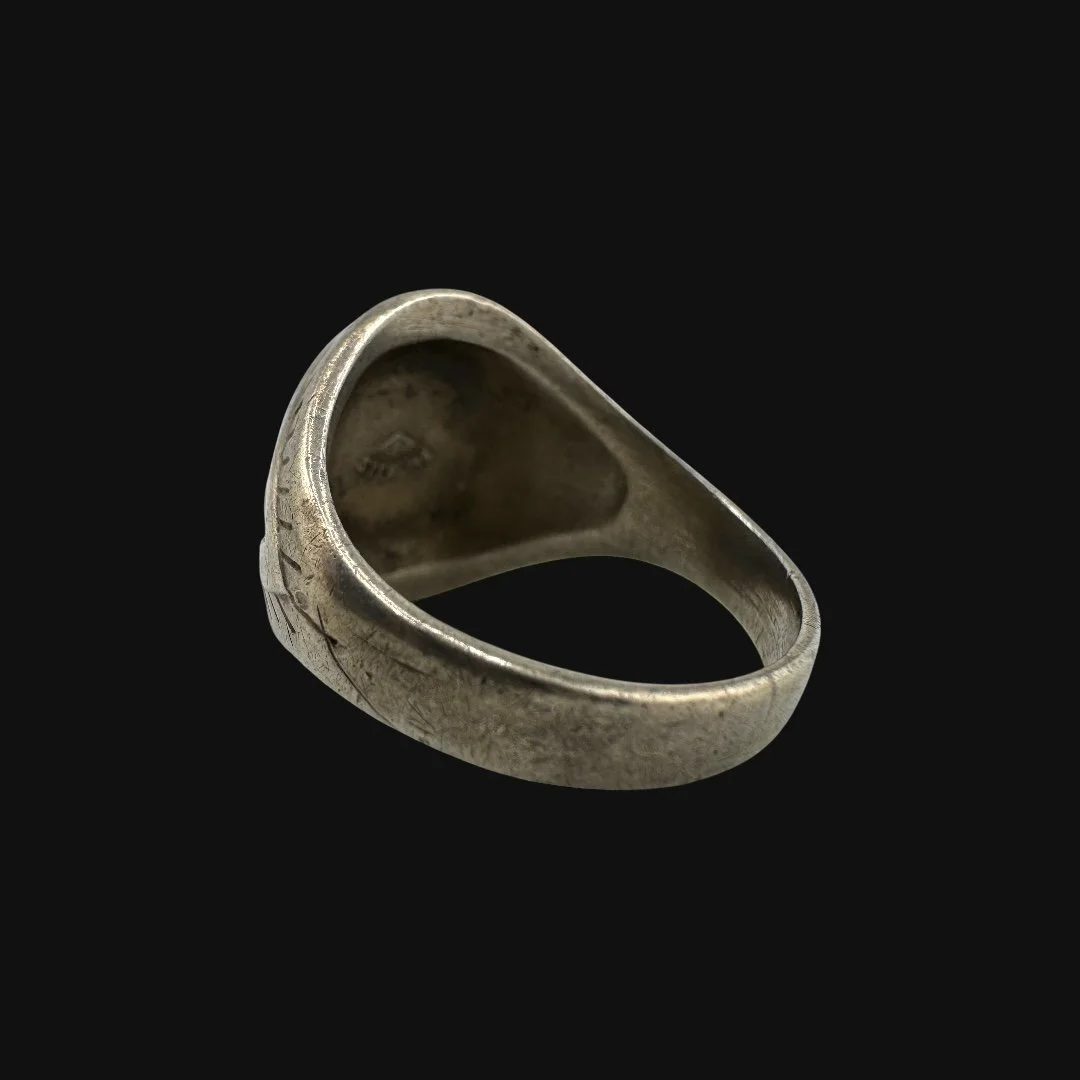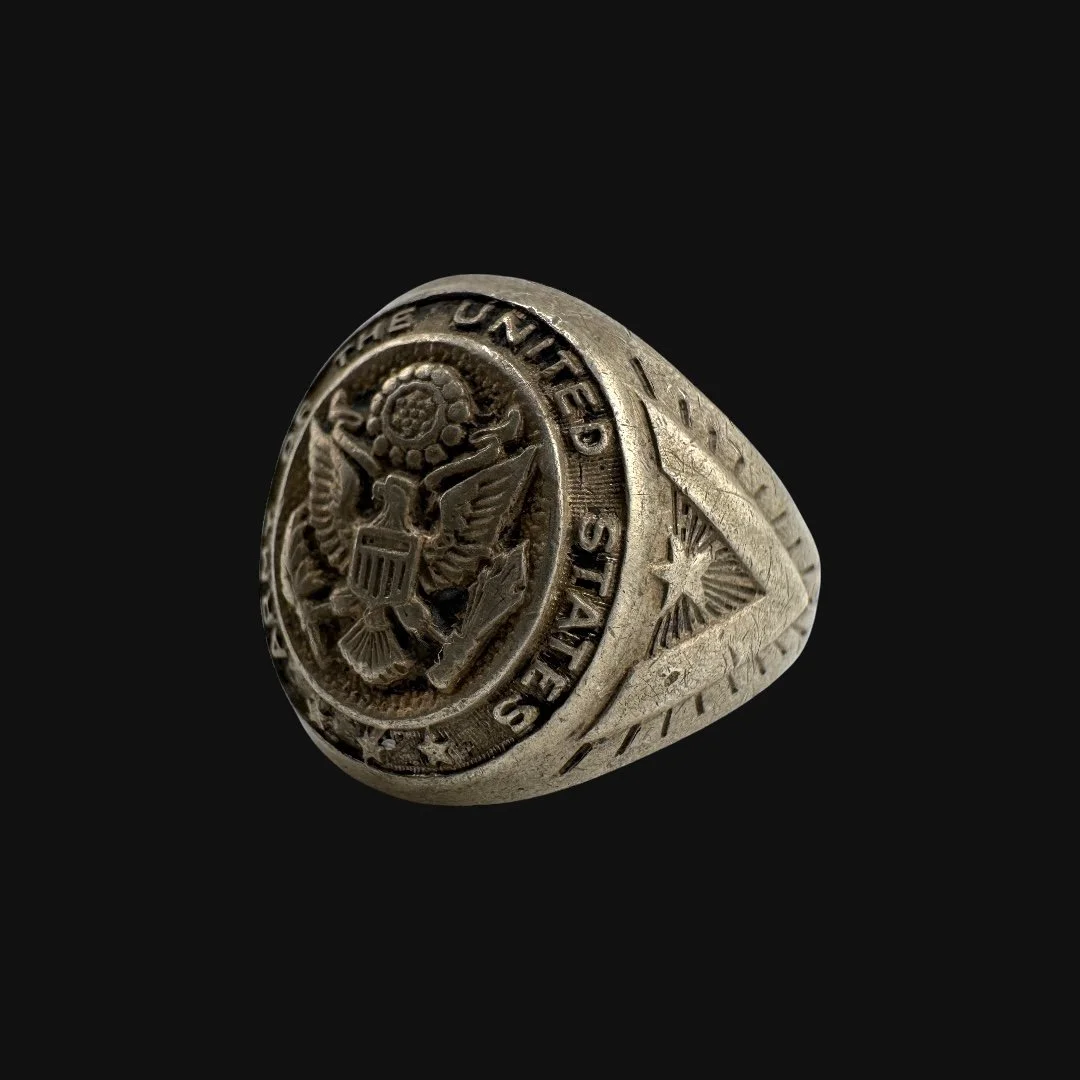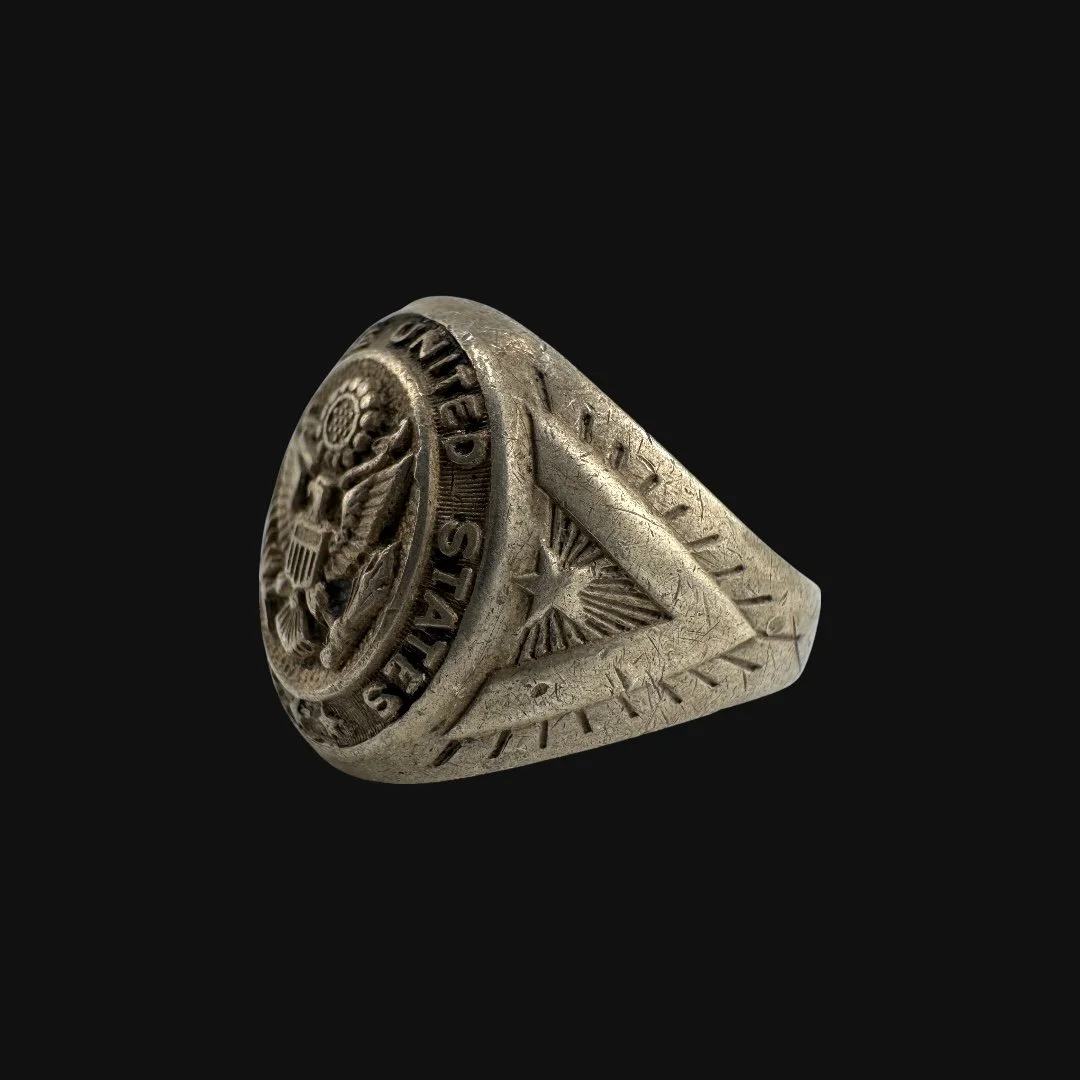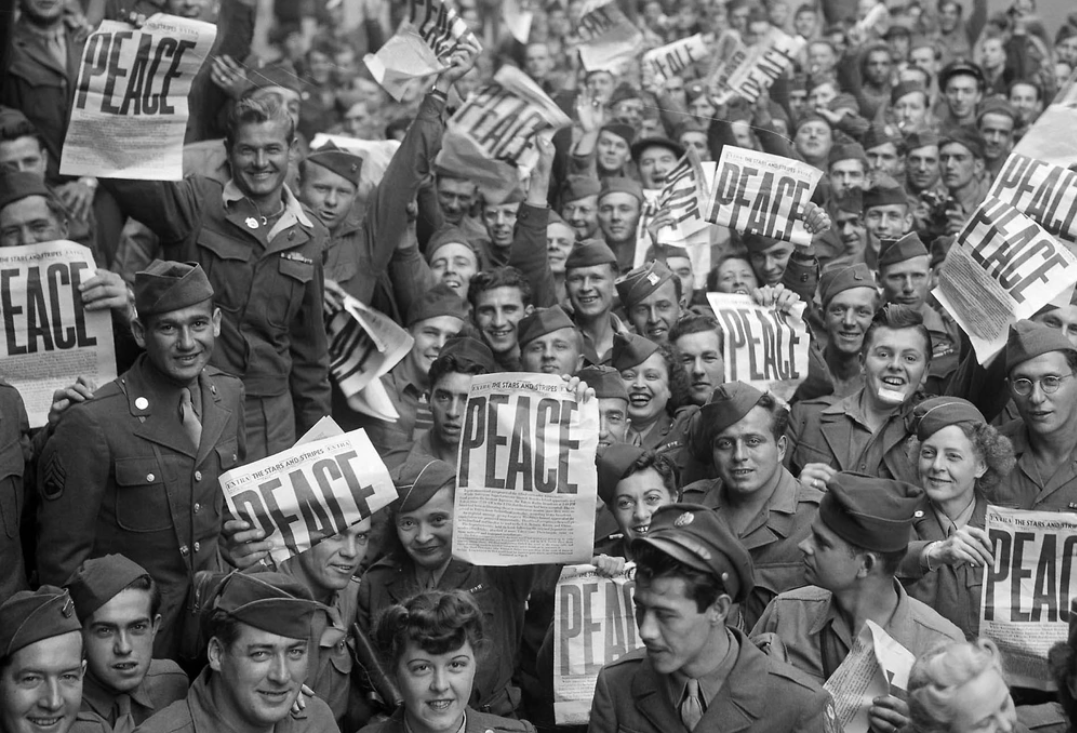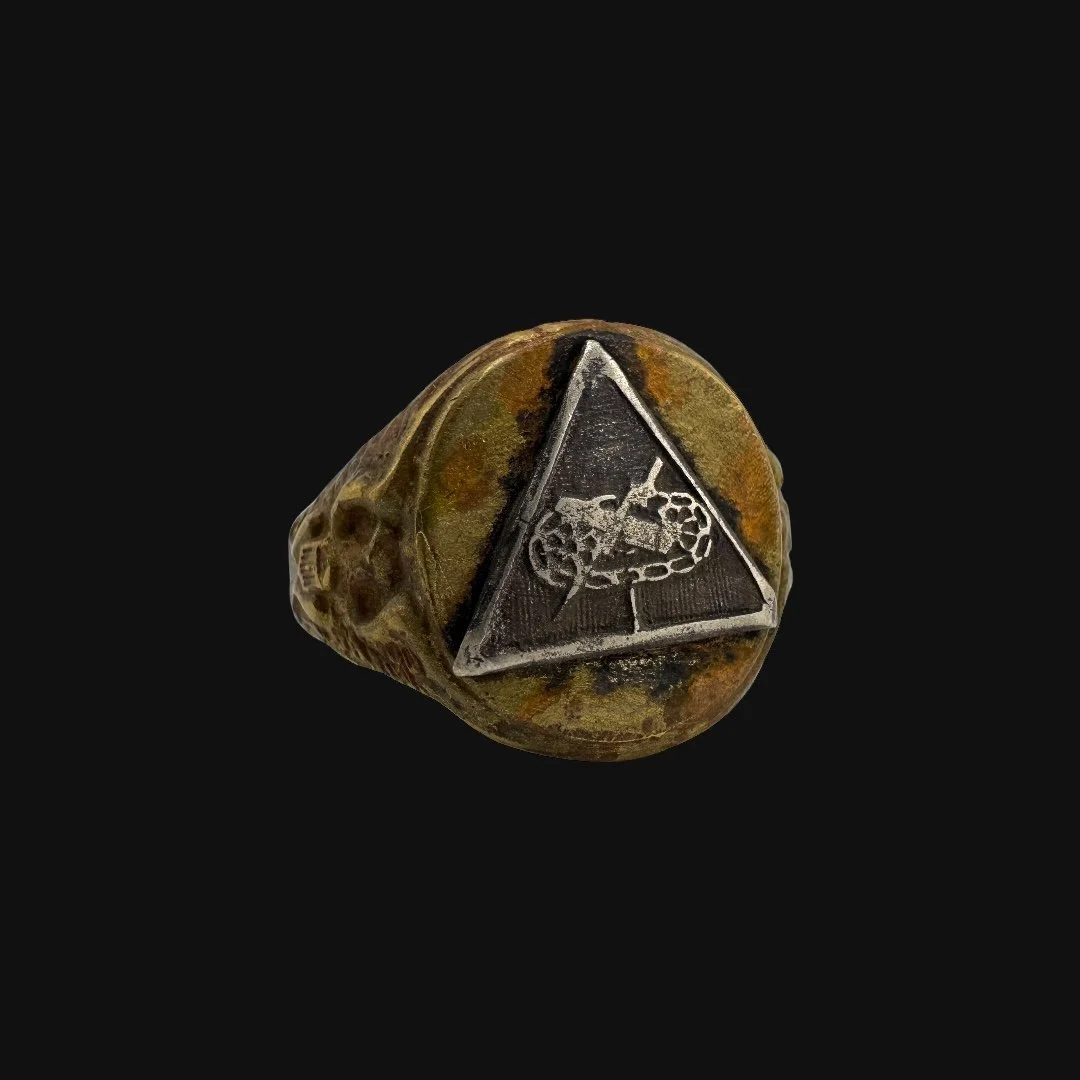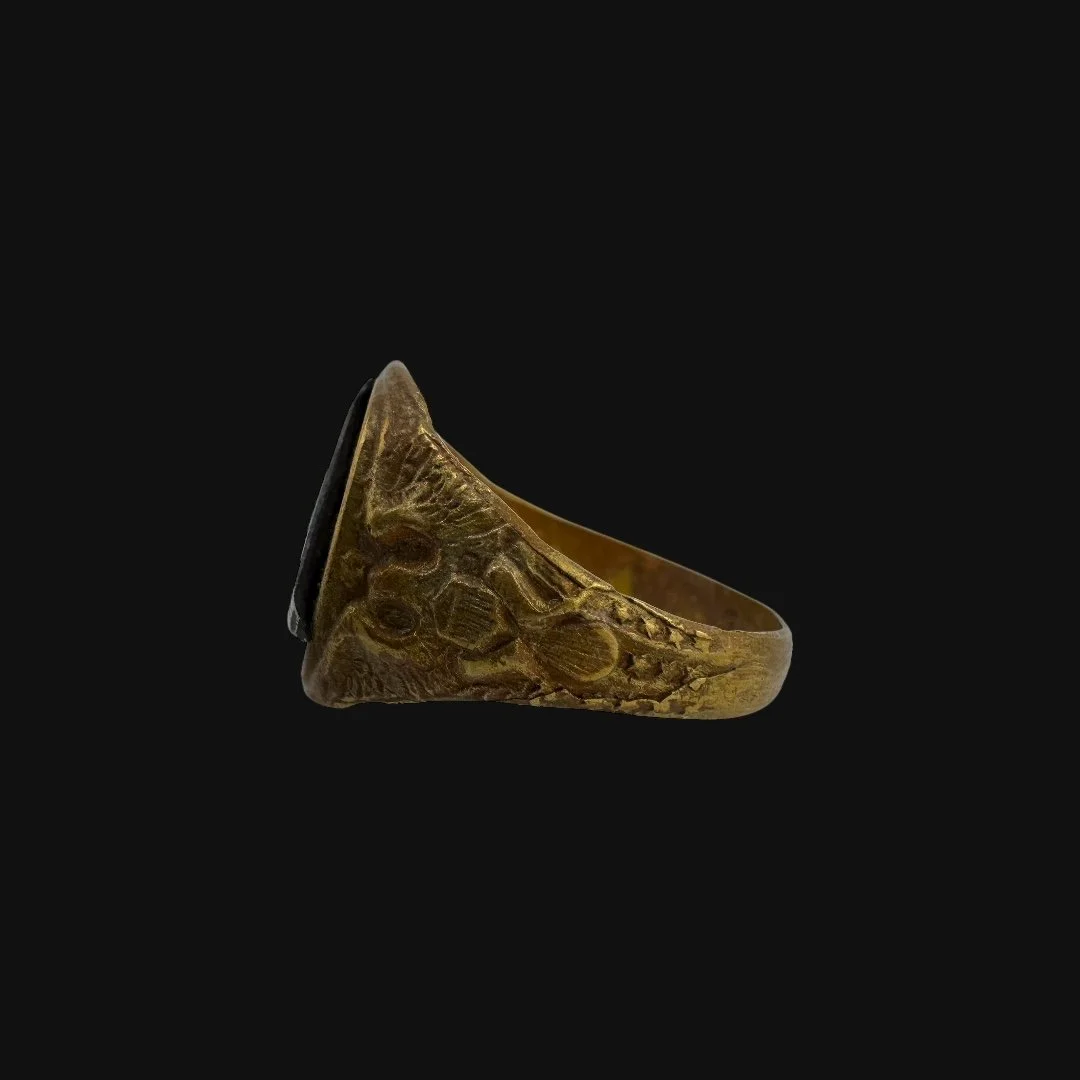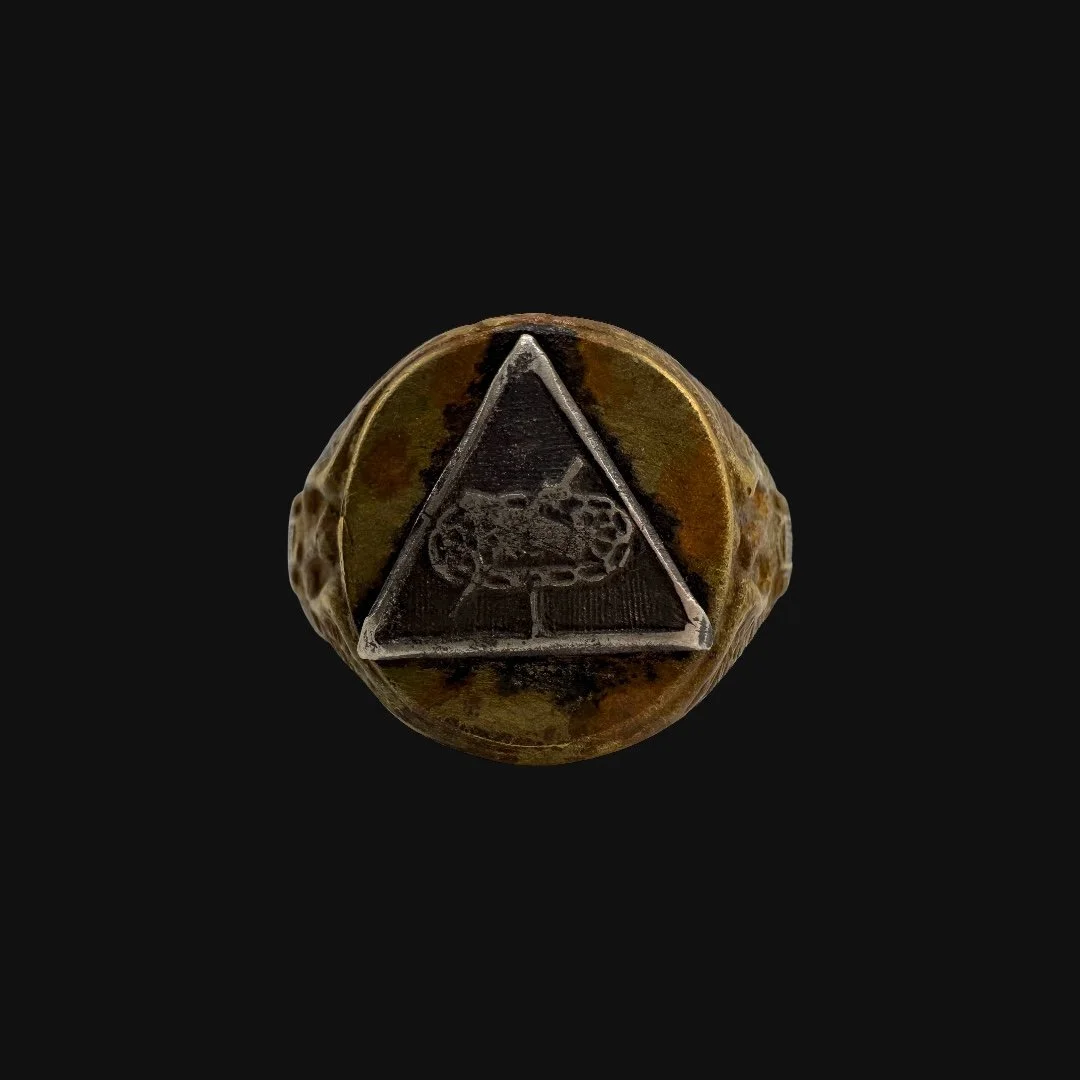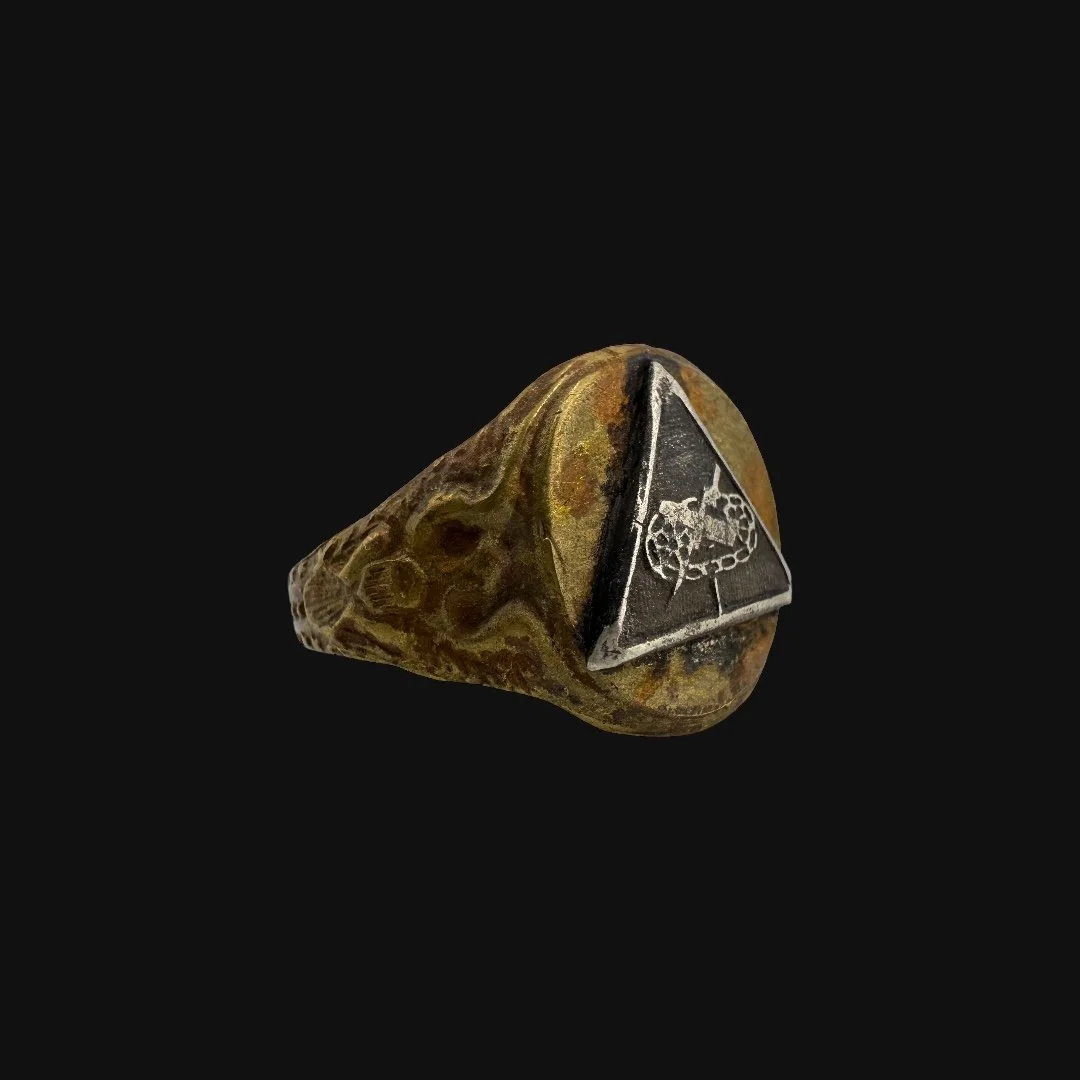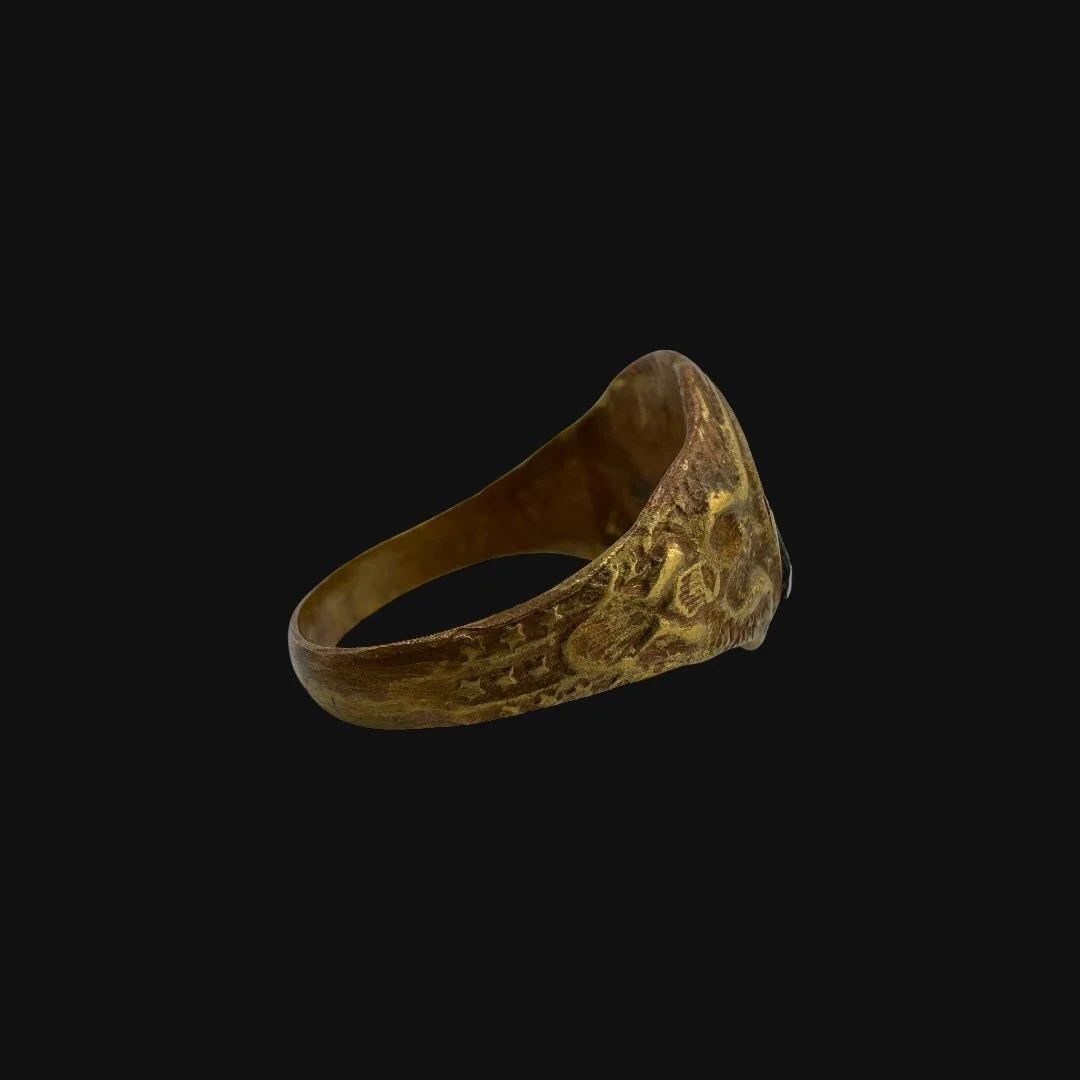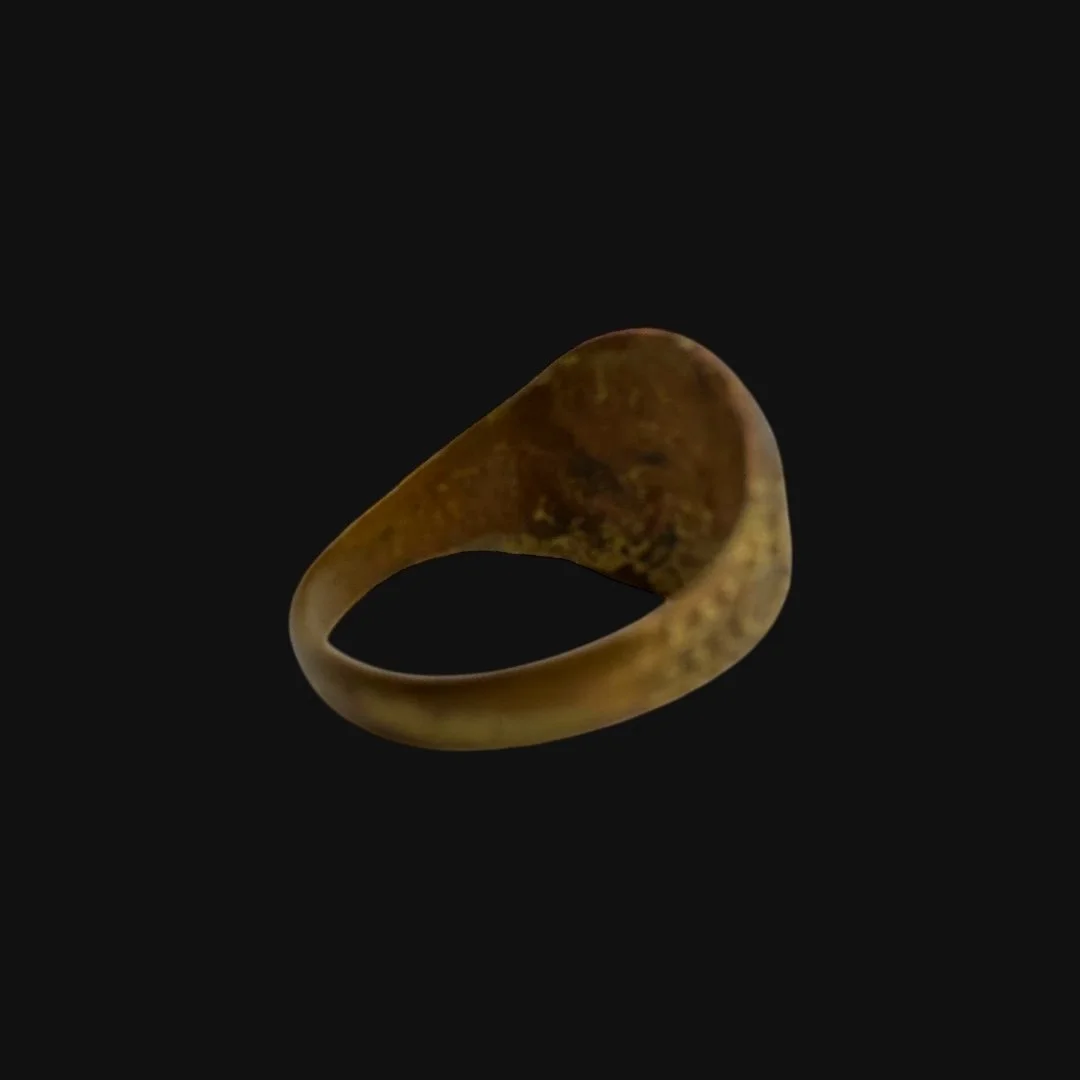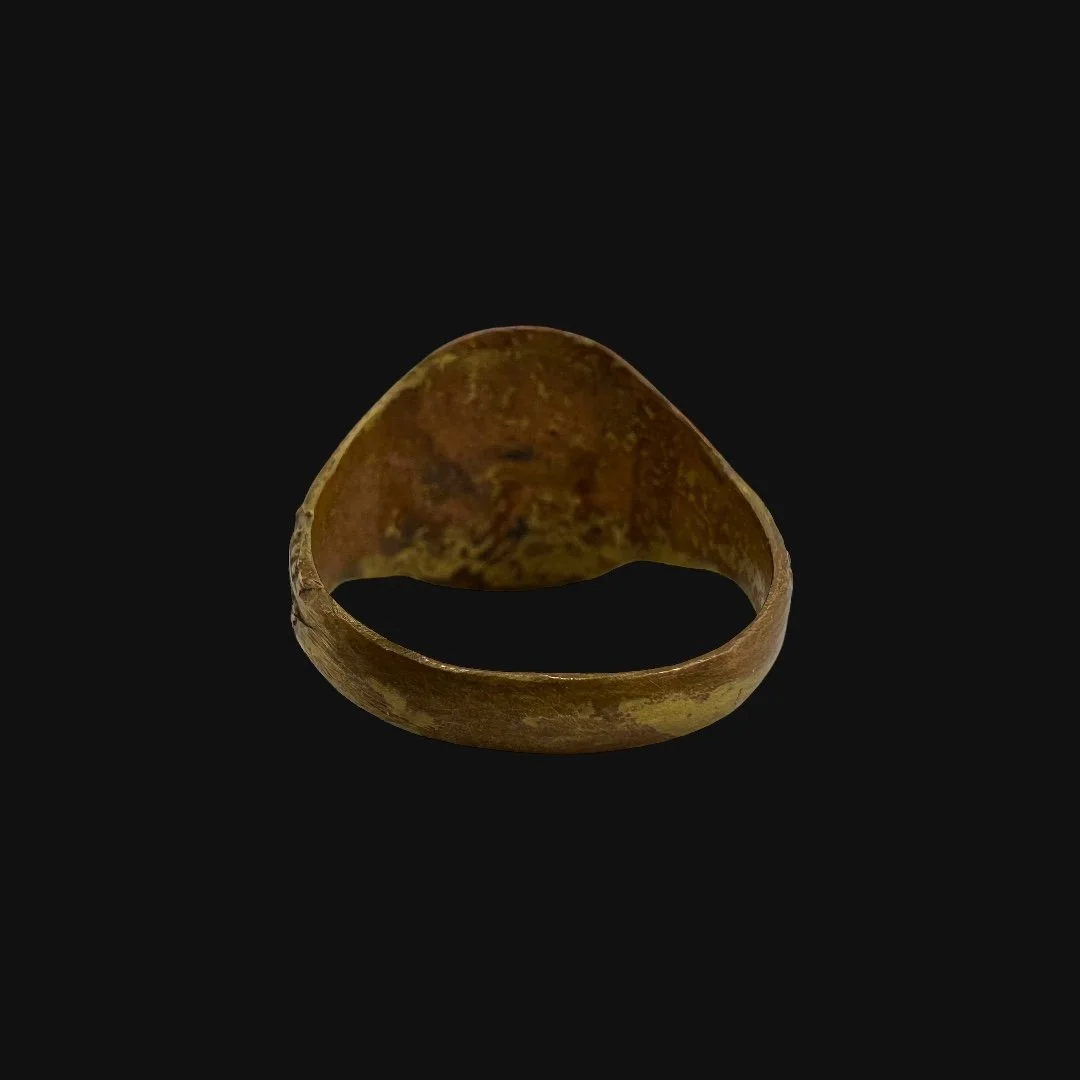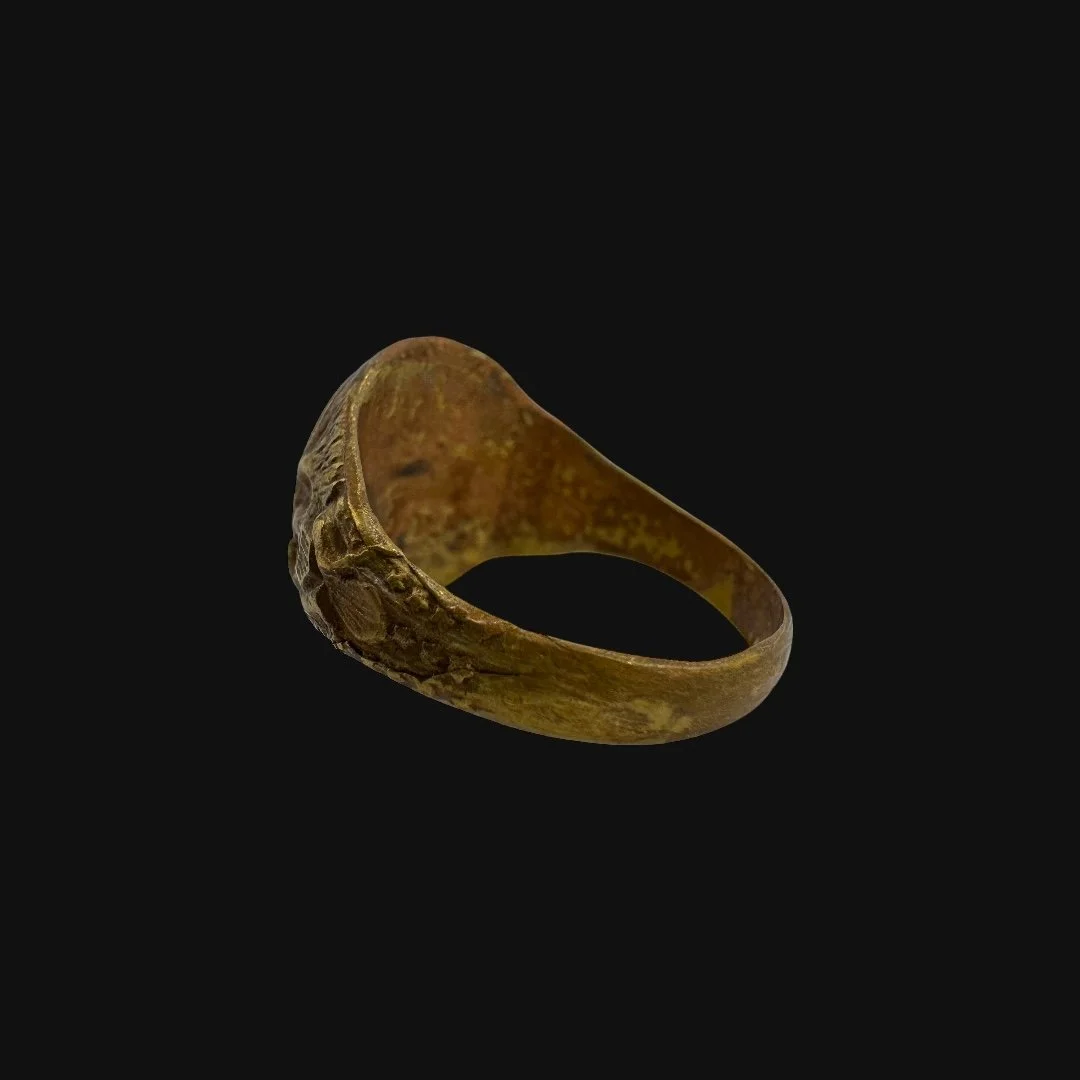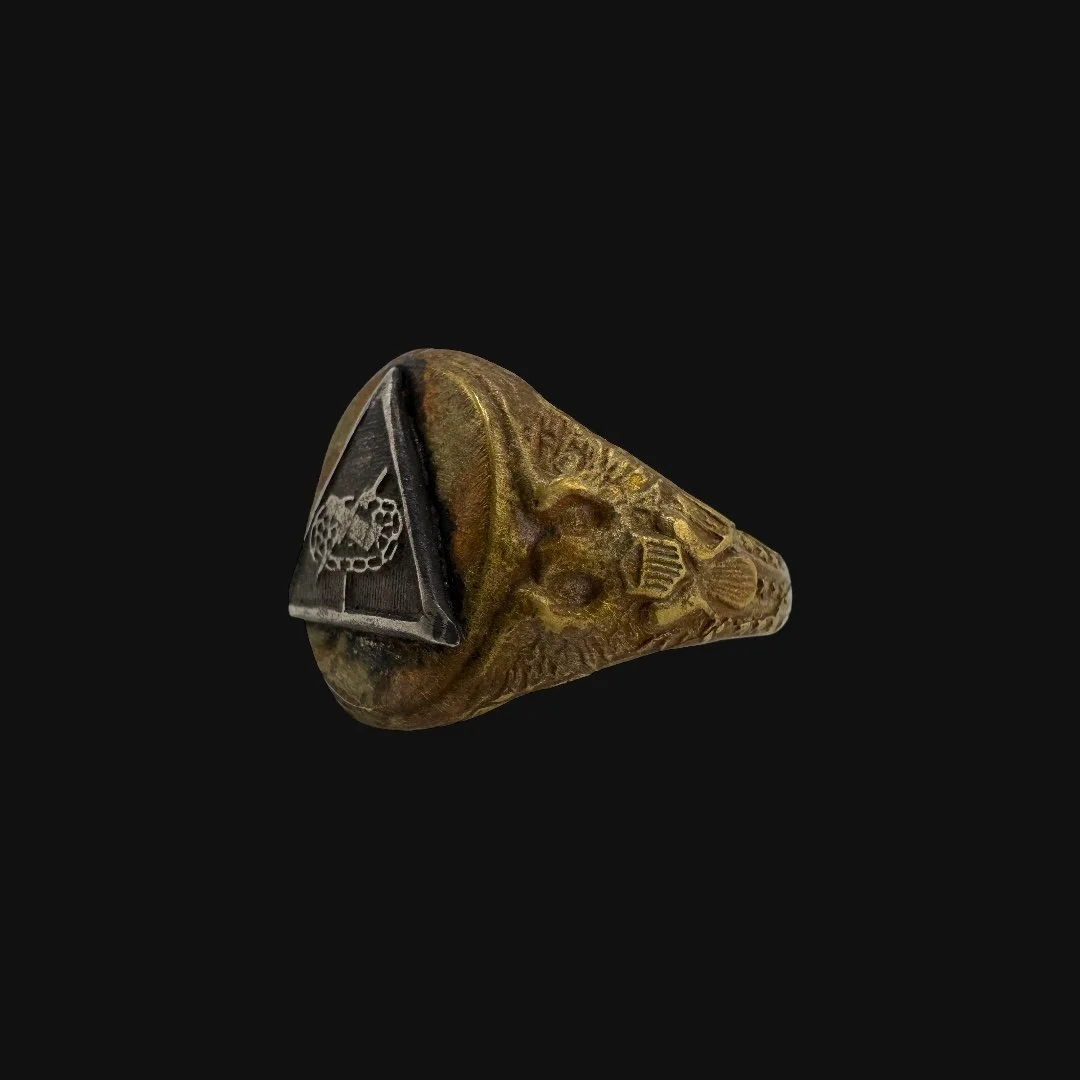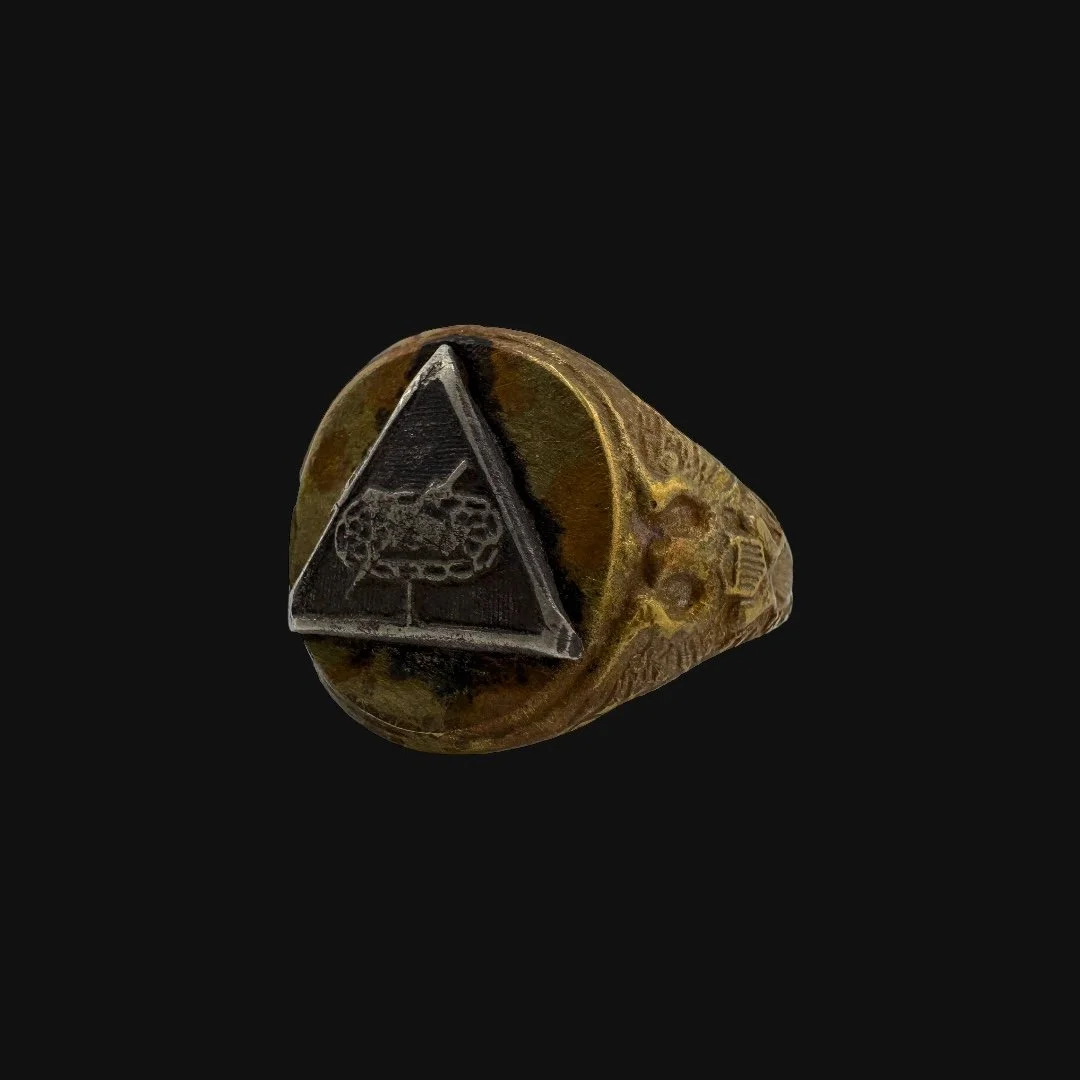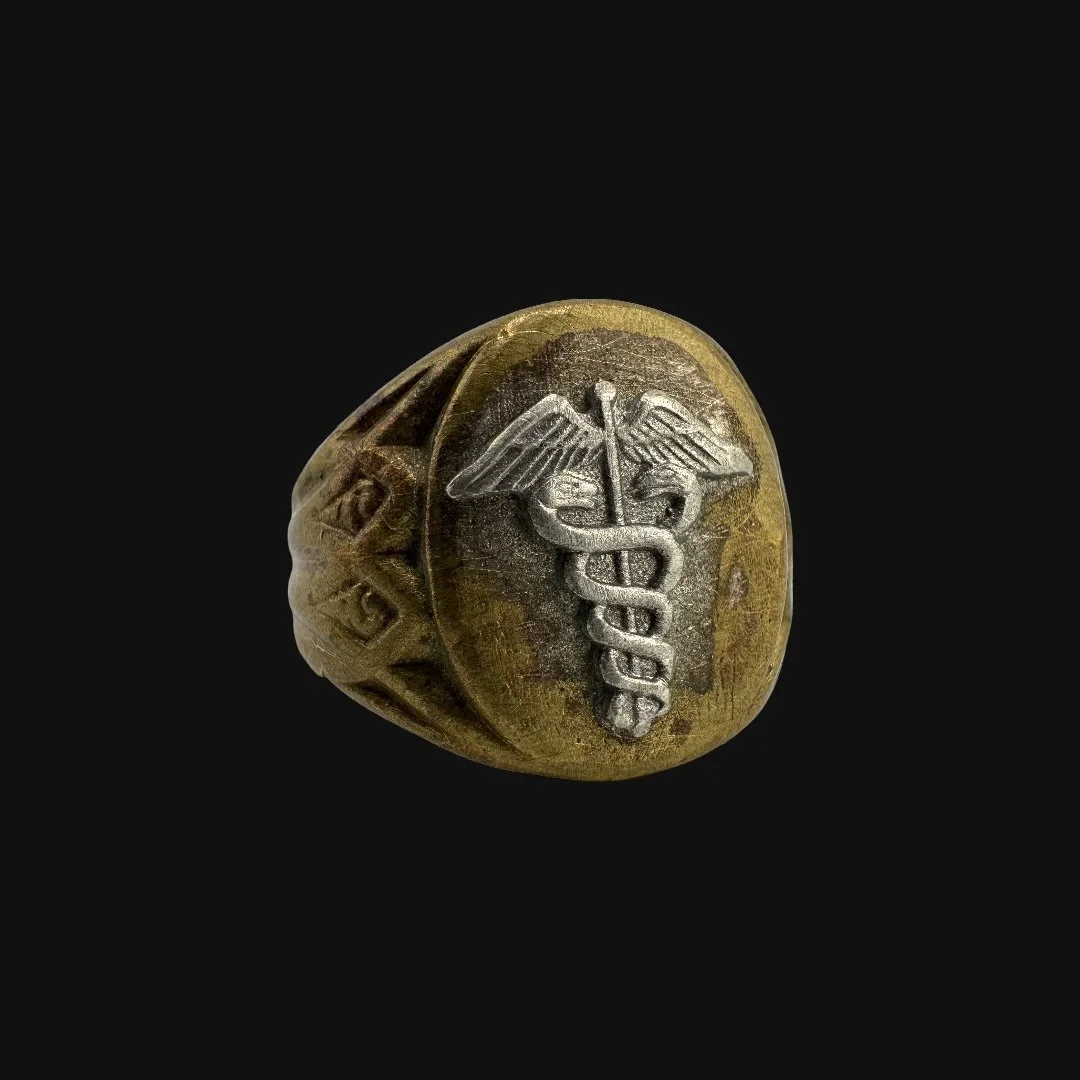 Image 1 of 12
Image 1 of 12

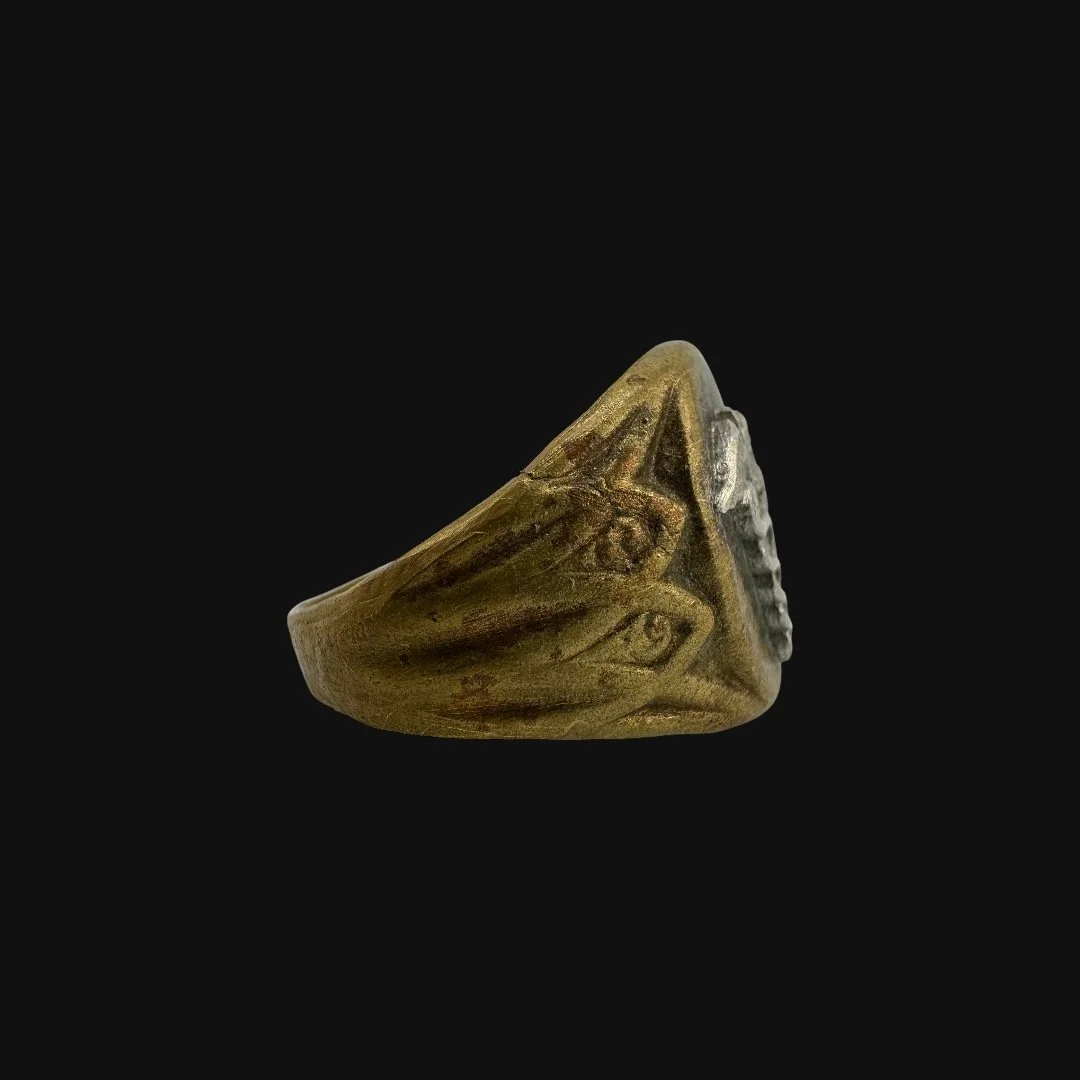 Image 2 of 12
Image 2 of 12

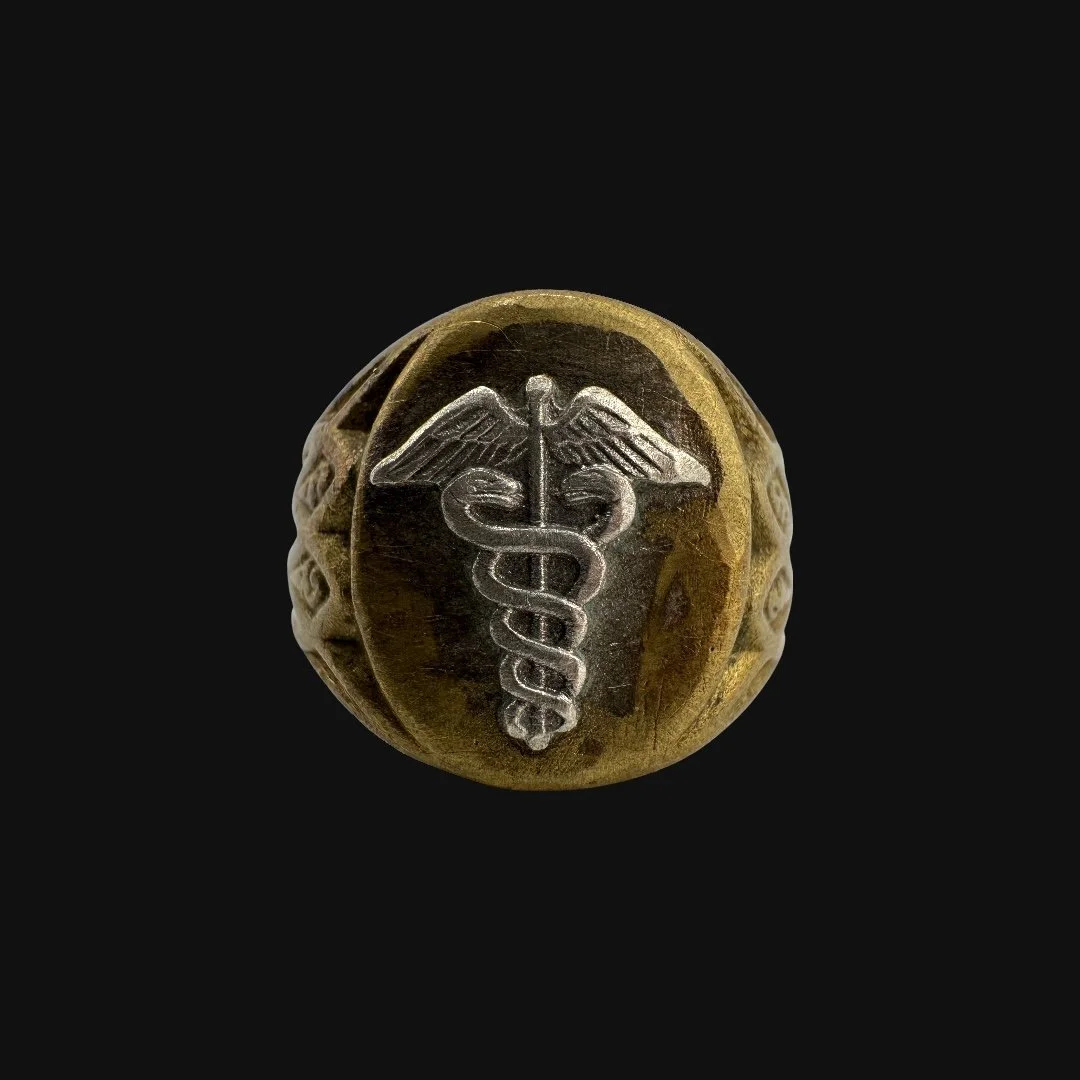 Image 3 of 12
Image 3 of 12

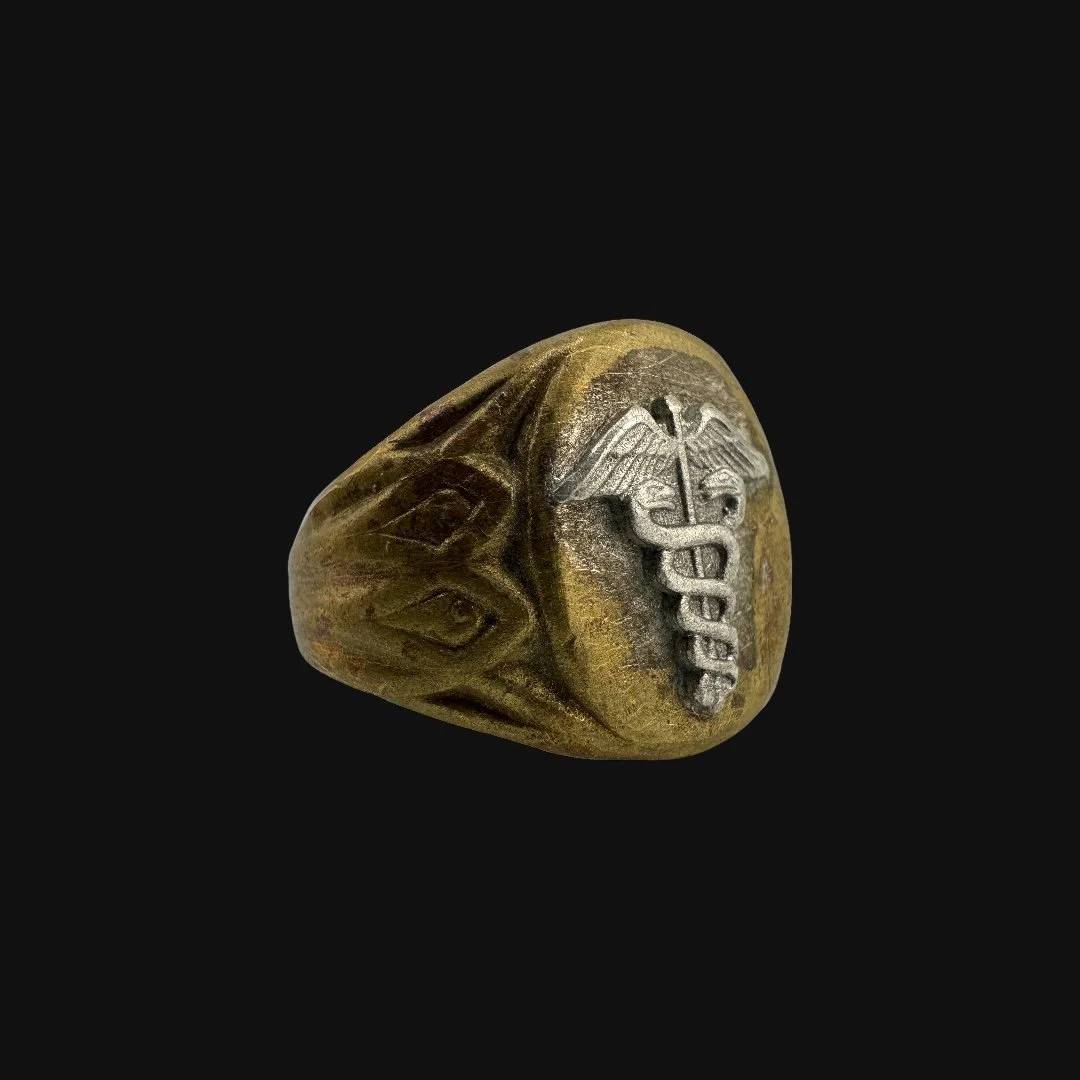 Image 4 of 12
Image 4 of 12

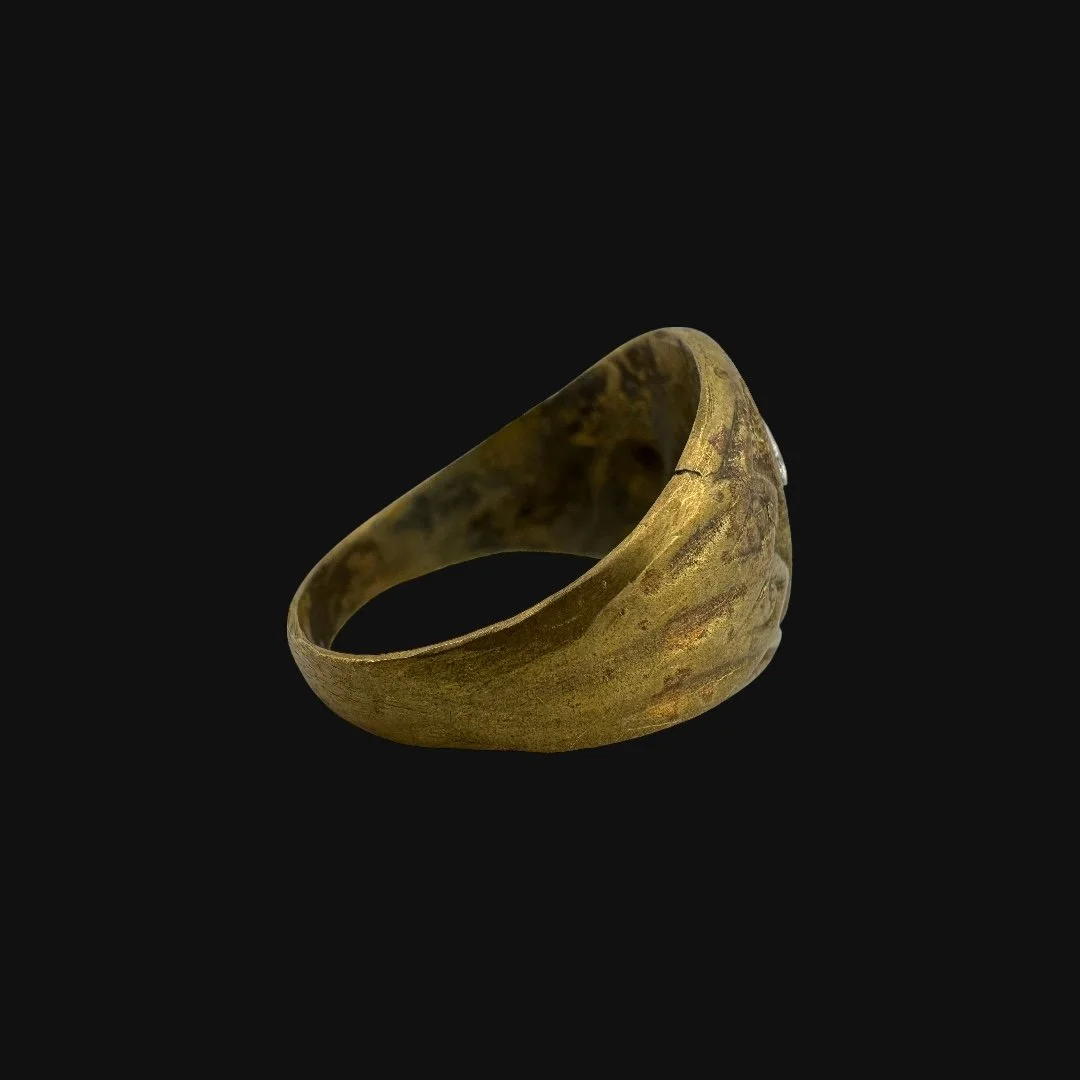 Image 5 of 12
Image 5 of 12

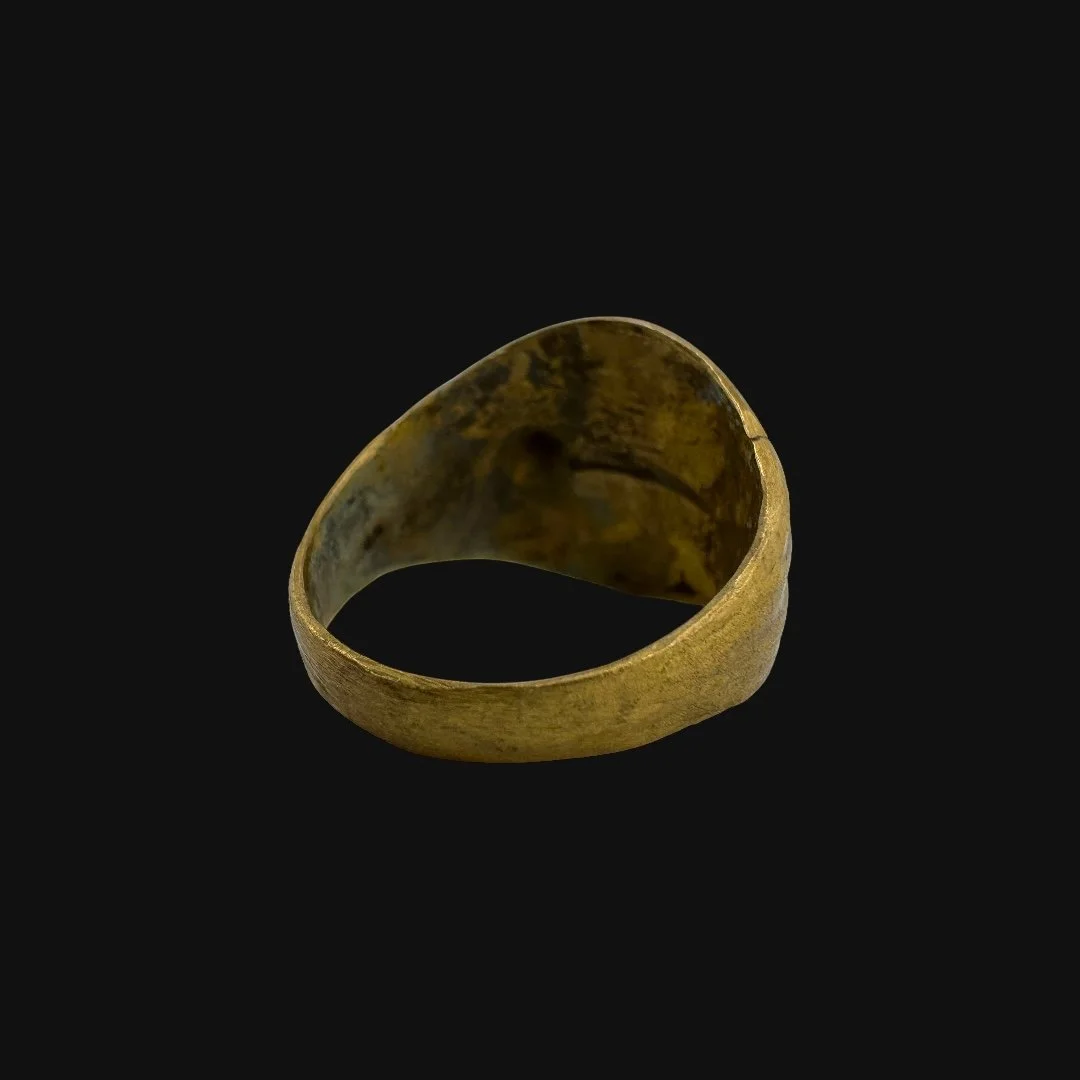 Image 6 of 12
Image 6 of 12

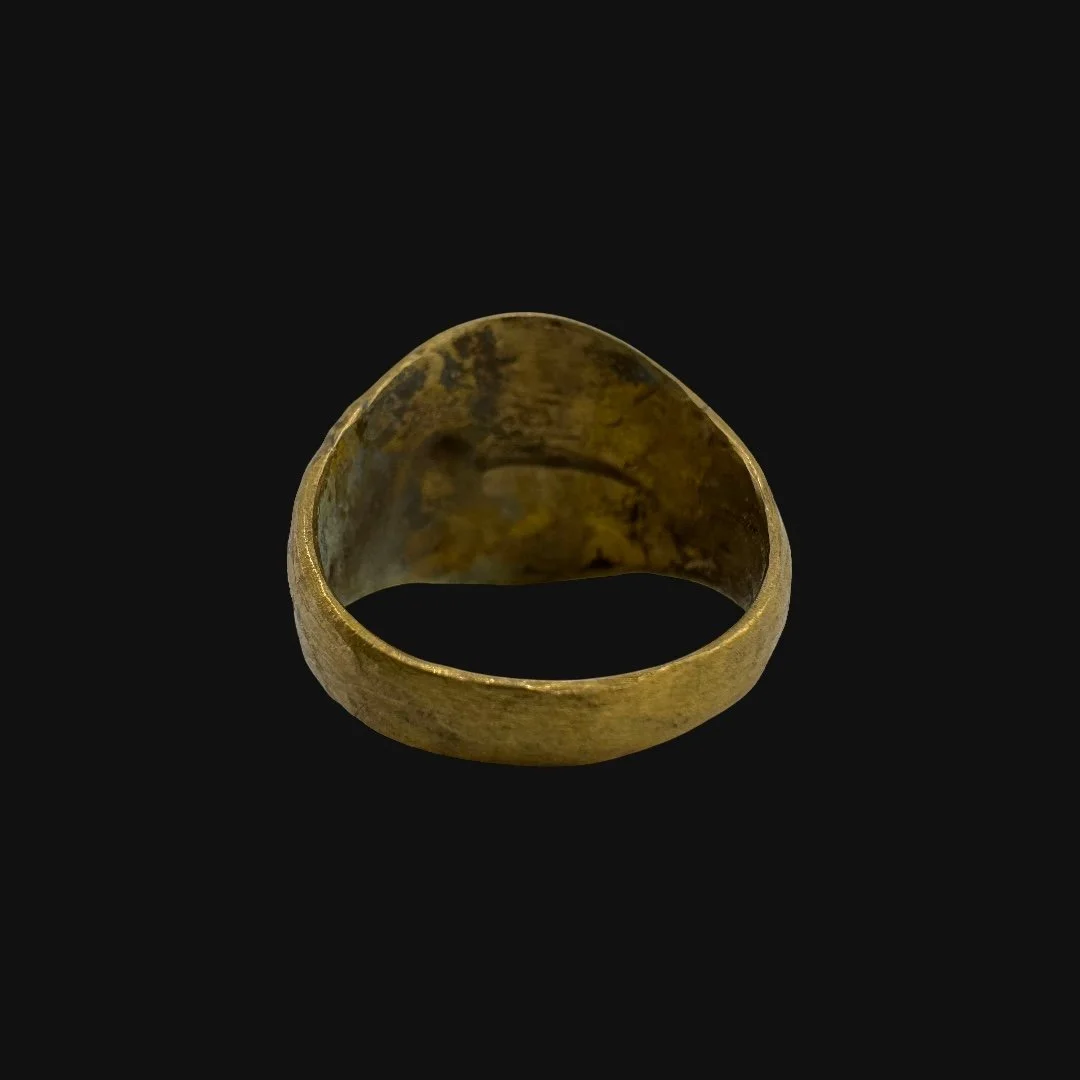 Image 7 of 12
Image 7 of 12

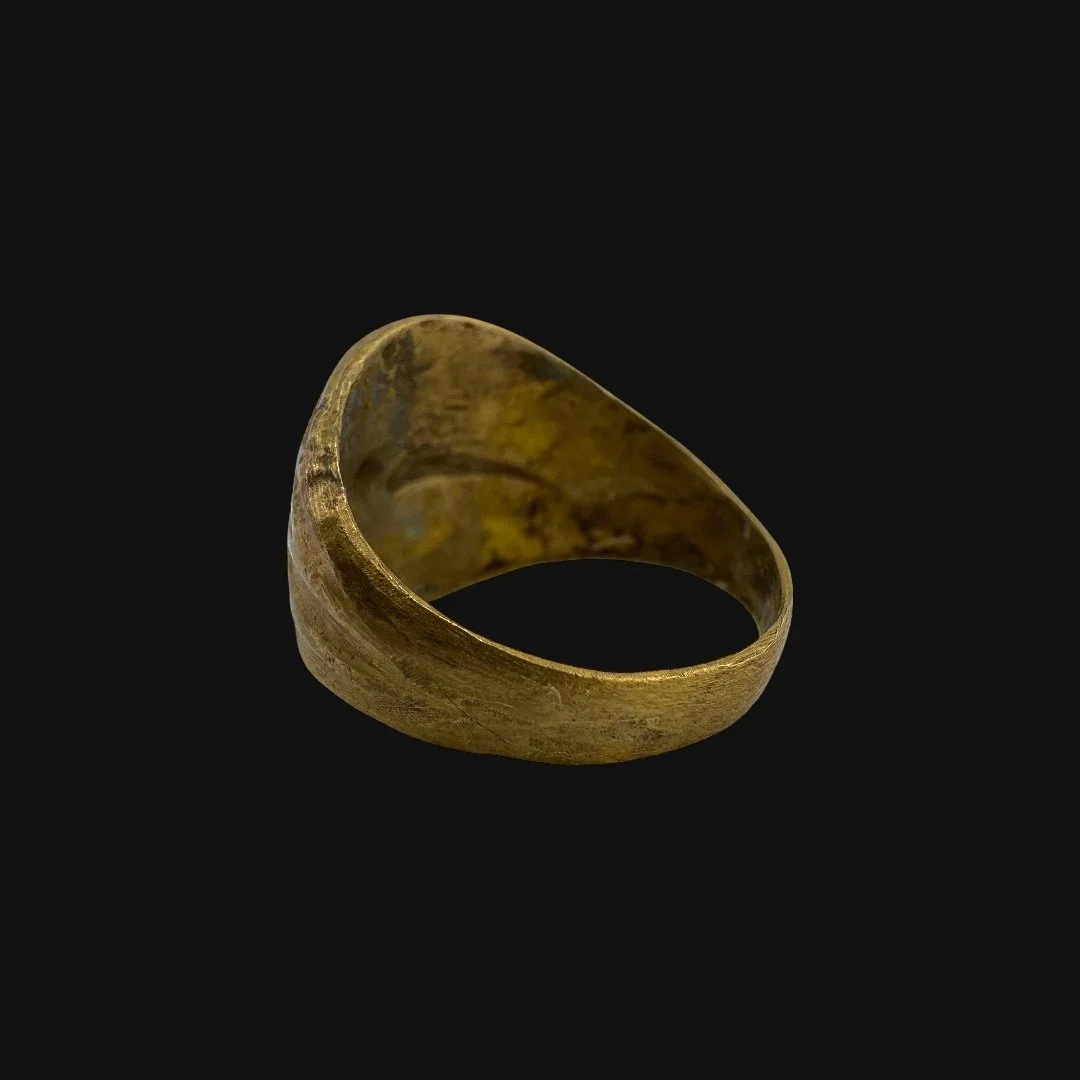 Image 8 of 12
Image 8 of 12

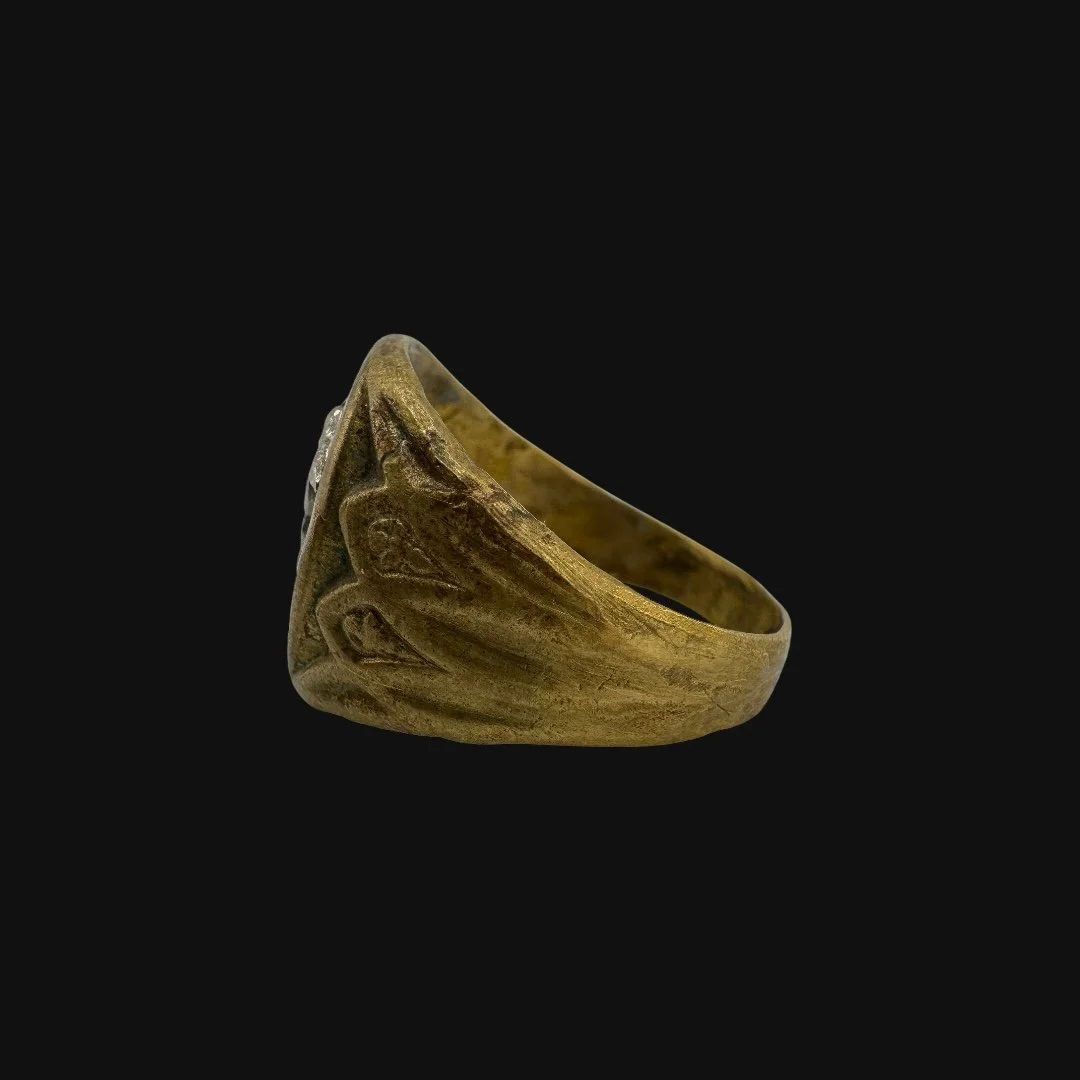 Image 9 of 12
Image 9 of 12

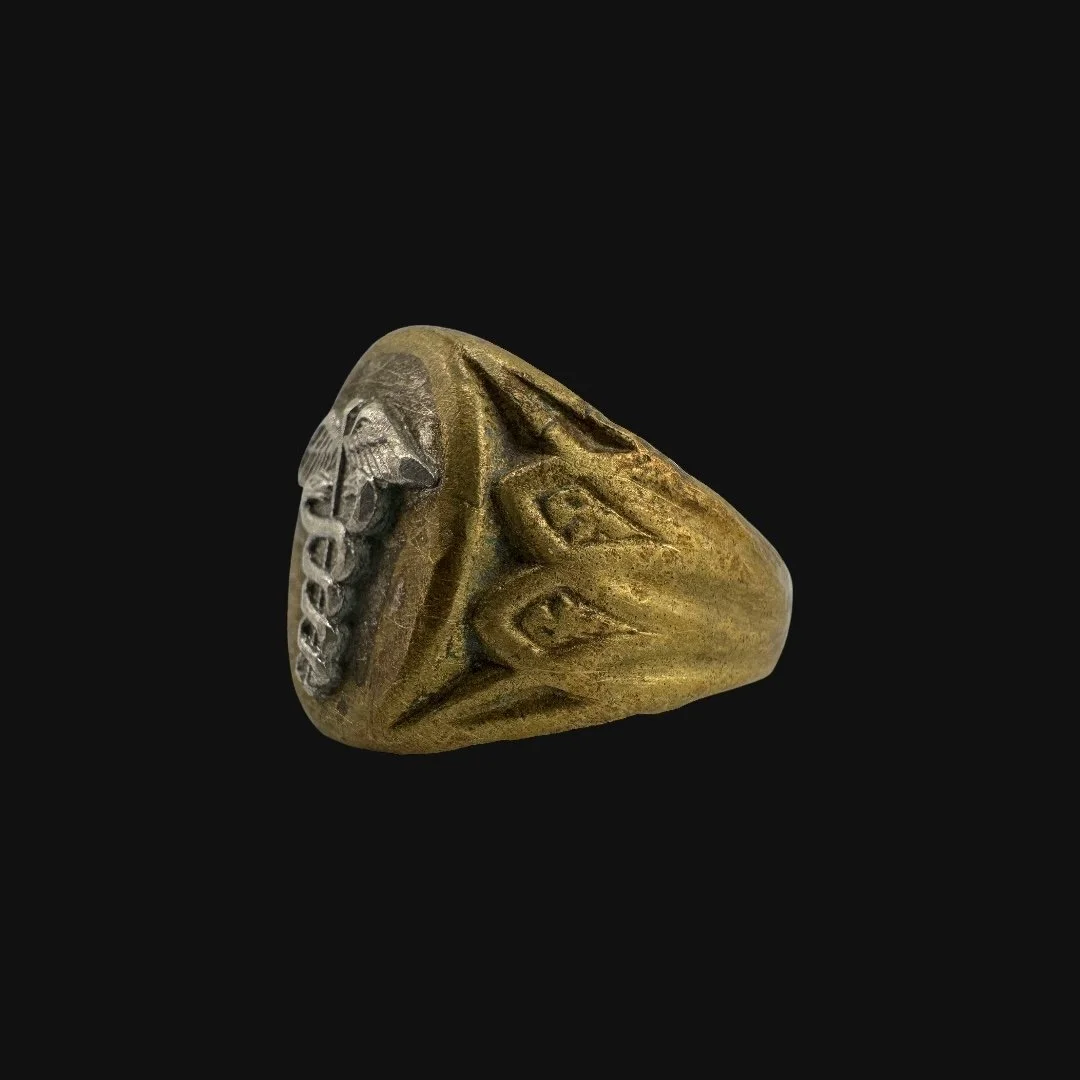 Image 10 of 12
Image 10 of 12

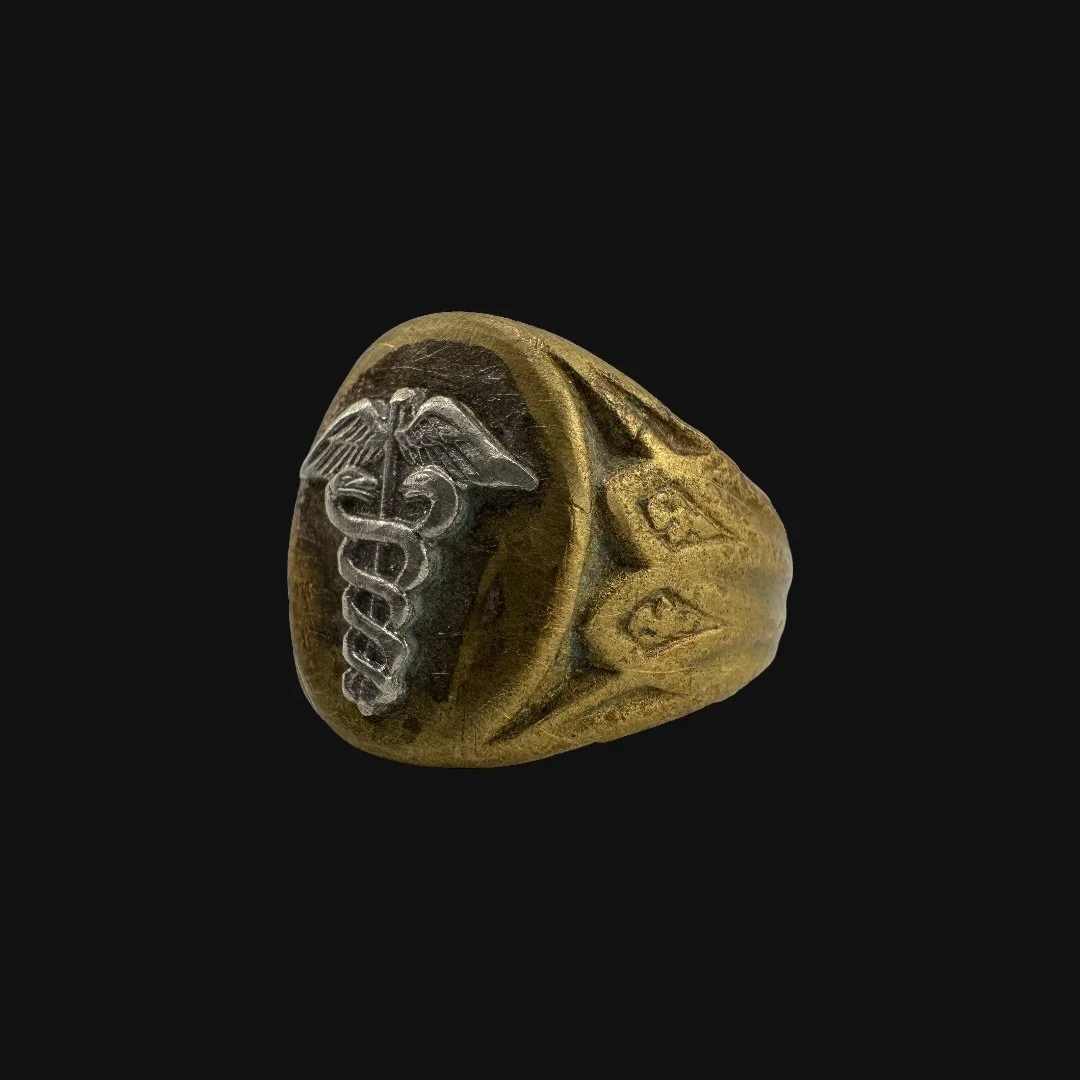 Image 11 of 12
Image 11 of 12

 Image 12 of 12
Image 12 of 12













Original WWII 1943-1945 U.S. Army “Medical Corps” Combat Medic Soldier's Military Ring (Size 11)
Comes with a hand-signed C.O.A. and a full historical research write-up
From: World War II
Branch: U.S. Army (Medical Corps)
Dated: 1943-1945
Ring Size: 11 (US)
Material: Bronze & Sterling Silver
Wearable History Collection:
This authentic 1943-1945 WWII-era ring, preserved in its original and unaltered condition, combines exceptional craftsmanship with lasting durability, making it fully suitable for modern wear today. As part of our exclusive World War II “Wearable History Ring Collection,” it offers the rare opportunity to own and wear a genuine piece of World War II. Both a timeless accessory and a tangible link to the past, this truly one-of-a-kind ring stands as a wearable tribute to the courage and sacrifice of a generation.
Historical Significance to the U.S. Army Medical Corps During WWII:
The U.S. Army Medical Corps was one of the most critical yet often overlooked forces in World War II. At the start of the war, the Corps expanded from fewer than 1,200 physicians into a massive global network of more than 50,000 doctors, medics, and nurses responsible for keeping over 8 million soldiers alive and fighting. Their responsibilities ranged from front-line casualty care to managing hospitals, preventing disease, and developing innovations that revolutionized modern medicine.
In every campaign, the Corps was tested under brutal conditions. In North Africa and Italy, they learned to cope with desert heat, mass casualties from amphibious landings, and epidemics of malaria and dysentery. In Europe, they saved thousands on D-Day by organizing rapid evacuation chains from beaches to field hospitals, then proved their resilience again during the frozen nightmare of the Battle of the Bulge. In the Pacific, they adapted to jungle warfare, tropical diseases, and the need to treat wounded men on remote islands, often using hospital ships or improvised surgical stations just behind the beaches. Across all theaters, medics risked their lives under fire, and nurses endured frontline danger while providing essential care.
The Corps’ achievements reshaped wartime and civilian medicine. They perfected the evacuation system, moving wounded men from battlefield aid stations to surgical hospitals and then to hospital ships or planes, reducing mortality dramatically. The widespread use of blood transfusions, antibiotics like penicillin, and preventive medicine kept soldiers healthier than in any previous war. By 1945, over 670,000 Americans had been wounded, yet more than 95 percent of those who reached medical facilities survived—a remarkable testament to the Corps’ efficiency.
The historical significance of the U.S. Army Medical Corps lies not only in the lives saved during the war but also in their enduring influence on trauma care, preventive medicine, and public health. Their service demonstrated that rapid intervention, organized evacuation, and innovative treatments could transform survival rates in combat. In doing so, they ensured that the story of World War II was not only about destruction and loss but also about resilience, healing, and the preservation of life amid chaos.
The Legacy Within This Ring:
This original World War II U.S. Army Medical Corps ring is a rare and deeply personal ring worn by a wartime WWII medic of the U.S. Army Medical Corps. This ring was commissioned privately by the soldier, allowing its owner to carry the emblem of their service not only on his uniform but also as a symbol worn daily on his hand. For doctors and medics who braved the front lines, such rings became more than jewelry. They served as quiet reminders of duty, sacrifice, and the lives saved under the most unforgiving conditions of war. Every engraved detail speaks to the pride these men held in their calling, balancing science and compassion amidst chaos. Today, the ring endures as a wearable relic of the Medical Corps’ legacy. It represents not only the courage of those who ran toward the wounded under fire but also the enduring brotherhood of healers who preserved life in the darkest chapters of history.
Comes with a hand-signed C.O.A. and a full historical research write-up
From: World War II
Branch: U.S. Army (Medical Corps)
Dated: 1943-1945
Ring Size: 11 (US)
Material: Bronze & Sterling Silver
Wearable History Collection:
This authentic 1943-1945 WWII-era ring, preserved in its original and unaltered condition, combines exceptional craftsmanship with lasting durability, making it fully suitable for modern wear today. As part of our exclusive World War II “Wearable History Ring Collection,” it offers the rare opportunity to own and wear a genuine piece of World War II. Both a timeless accessory and a tangible link to the past, this truly one-of-a-kind ring stands as a wearable tribute to the courage and sacrifice of a generation.
Historical Significance to the U.S. Army Medical Corps During WWII:
The U.S. Army Medical Corps was one of the most critical yet often overlooked forces in World War II. At the start of the war, the Corps expanded from fewer than 1,200 physicians into a massive global network of more than 50,000 doctors, medics, and nurses responsible for keeping over 8 million soldiers alive and fighting. Their responsibilities ranged from front-line casualty care to managing hospitals, preventing disease, and developing innovations that revolutionized modern medicine.
In every campaign, the Corps was tested under brutal conditions. In North Africa and Italy, they learned to cope with desert heat, mass casualties from amphibious landings, and epidemics of malaria and dysentery. In Europe, they saved thousands on D-Day by organizing rapid evacuation chains from beaches to field hospitals, then proved their resilience again during the frozen nightmare of the Battle of the Bulge. In the Pacific, they adapted to jungle warfare, tropical diseases, and the need to treat wounded men on remote islands, often using hospital ships or improvised surgical stations just behind the beaches. Across all theaters, medics risked their lives under fire, and nurses endured frontline danger while providing essential care.
The Corps’ achievements reshaped wartime and civilian medicine. They perfected the evacuation system, moving wounded men from battlefield aid stations to surgical hospitals and then to hospital ships or planes, reducing mortality dramatically. The widespread use of blood transfusions, antibiotics like penicillin, and preventive medicine kept soldiers healthier than in any previous war. By 1945, over 670,000 Americans had been wounded, yet more than 95 percent of those who reached medical facilities survived—a remarkable testament to the Corps’ efficiency.
The historical significance of the U.S. Army Medical Corps lies not only in the lives saved during the war but also in their enduring influence on trauma care, preventive medicine, and public health. Their service demonstrated that rapid intervention, organized evacuation, and innovative treatments could transform survival rates in combat. In doing so, they ensured that the story of World War II was not only about destruction and loss but also about resilience, healing, and the preservation of life amid chaos.
The Legacy Within This Ring:
This original World War II U.S. Army Medical Corps ring is a rare and deeply personal ring worn by a wartime WWII medic of the U.S. Army Medical Corps. This ring was commissioned privately by the soldier, allowing its owner to carry the emblem of their service not only on his uniform but also as a symbol worn daily on his hand. For doctors and medics who braved the front lines, such rings became more than jewelry. They served as quiet reminders of duty, sacrifice, and the lives saved under the most unforgiving conditions of war. Every engraved detail speaks to the pride these men held in their calling, balancing science and compassion amidst chaos. Today, the ring endures as a wearable relic of the Medical Corps’ legacy. It represents not only the courage of those who ran toward the wounded under fire but also the enduring brotherhood of healers who preserved life in the darkest chapters of history.
